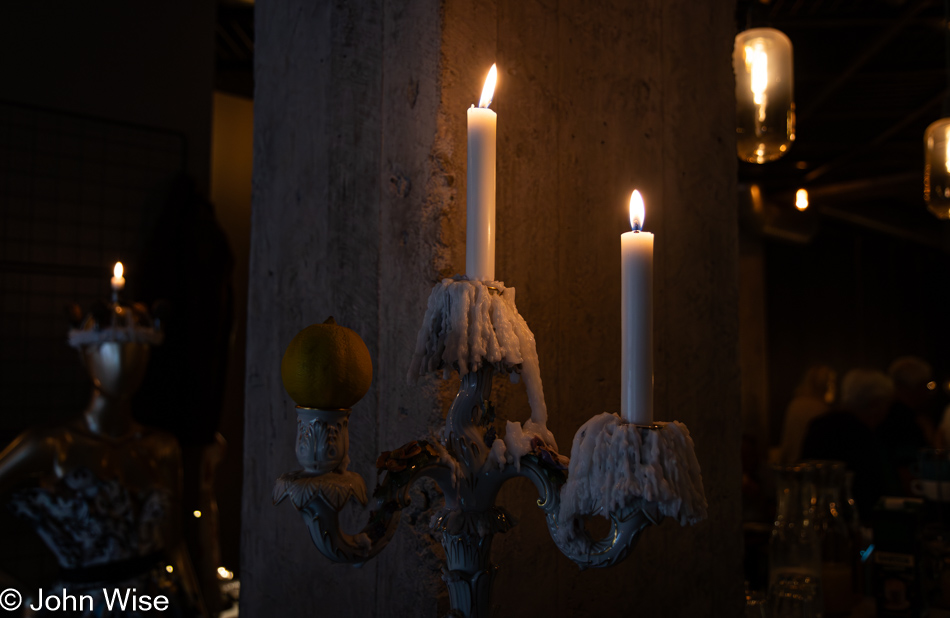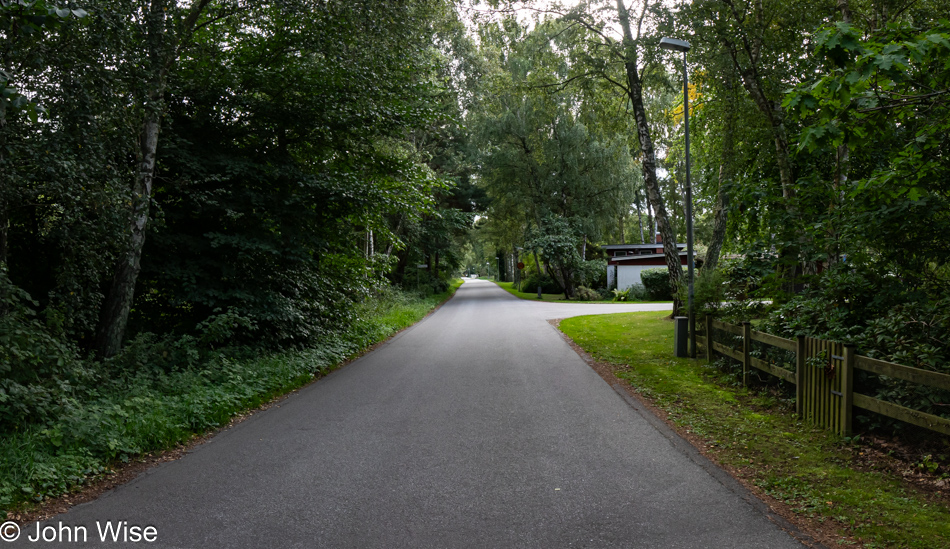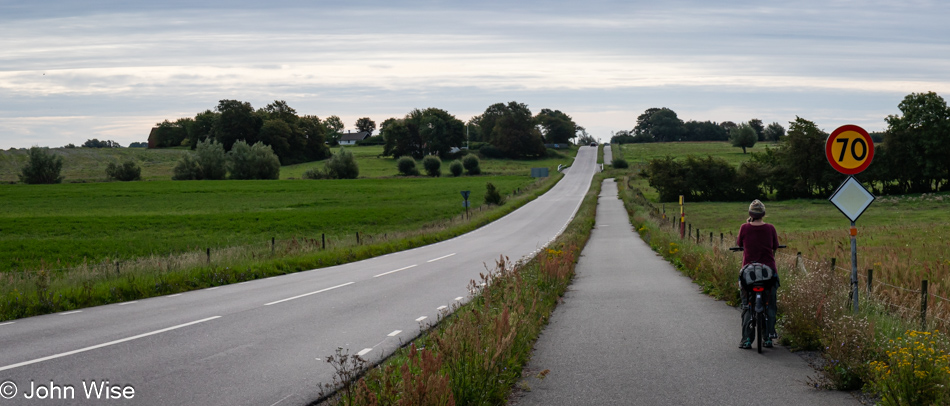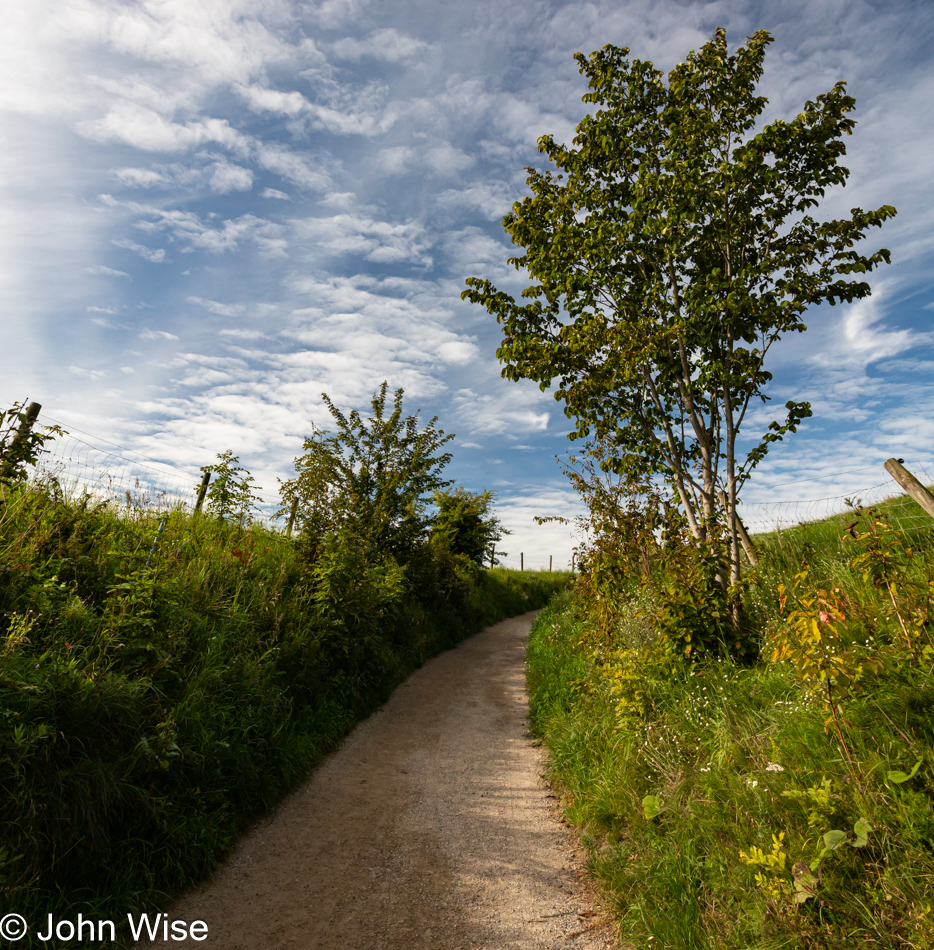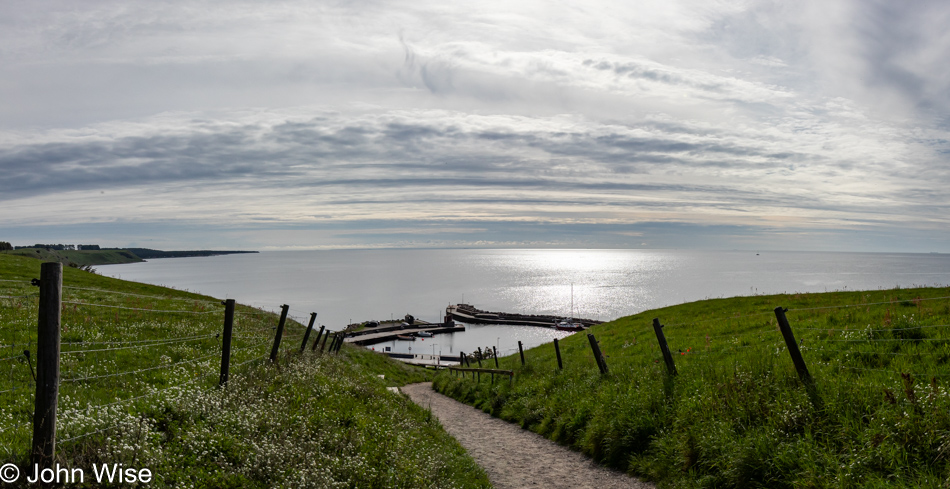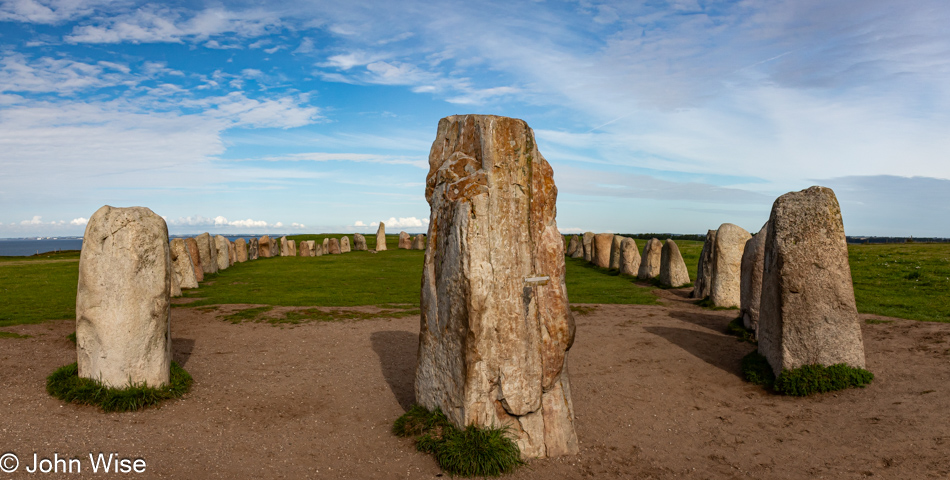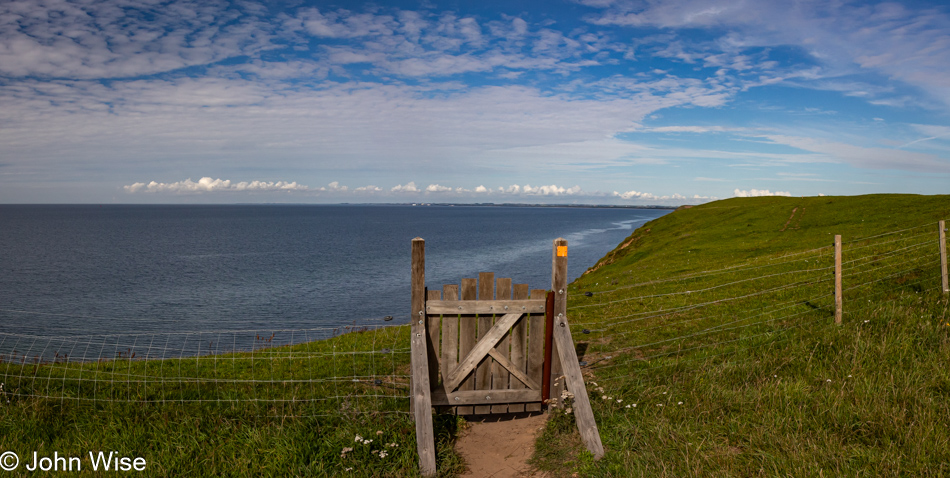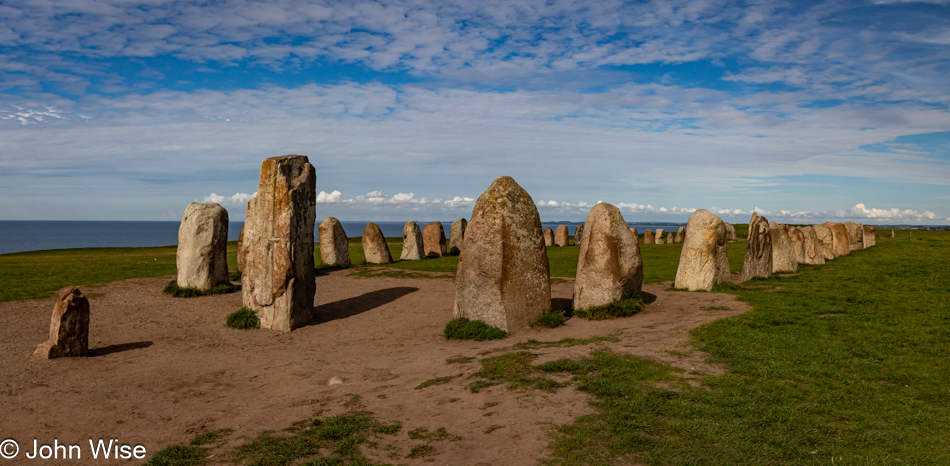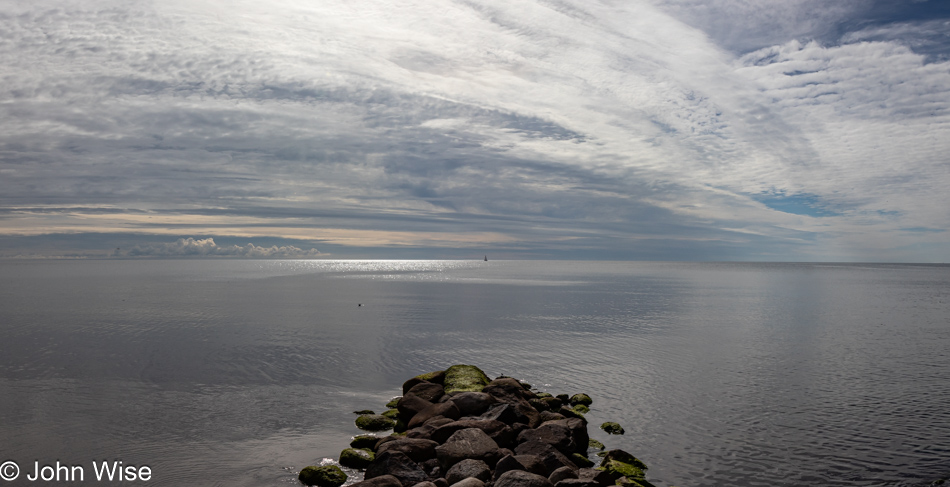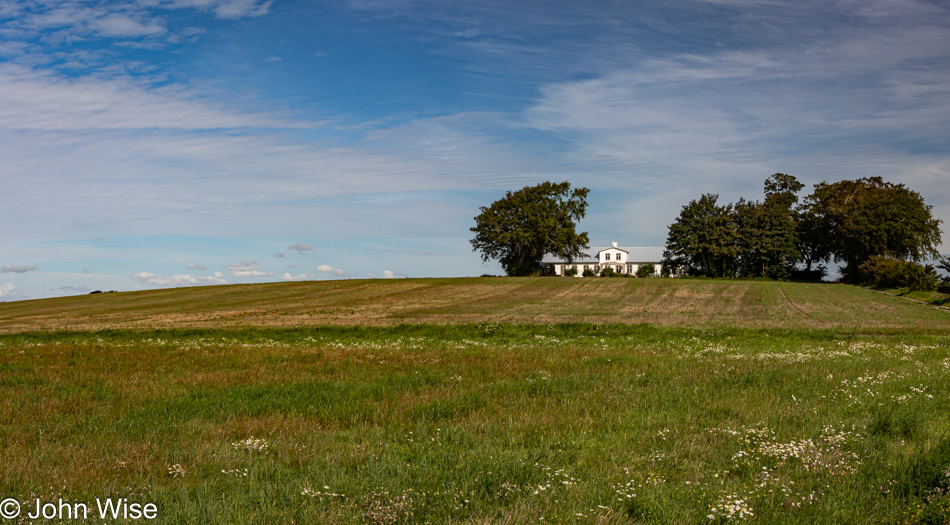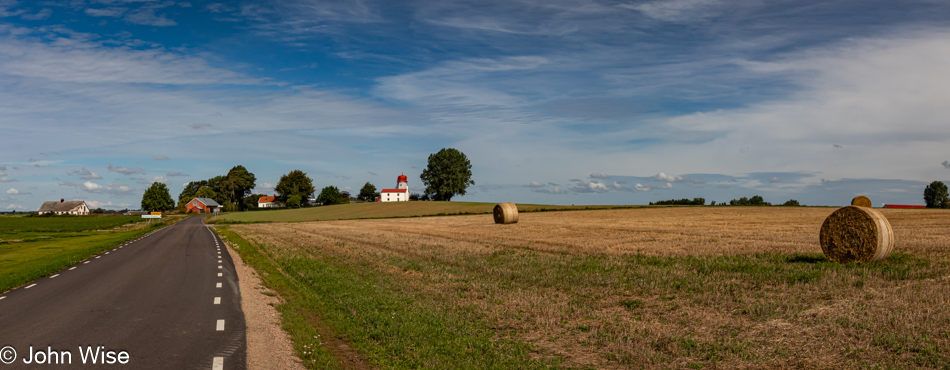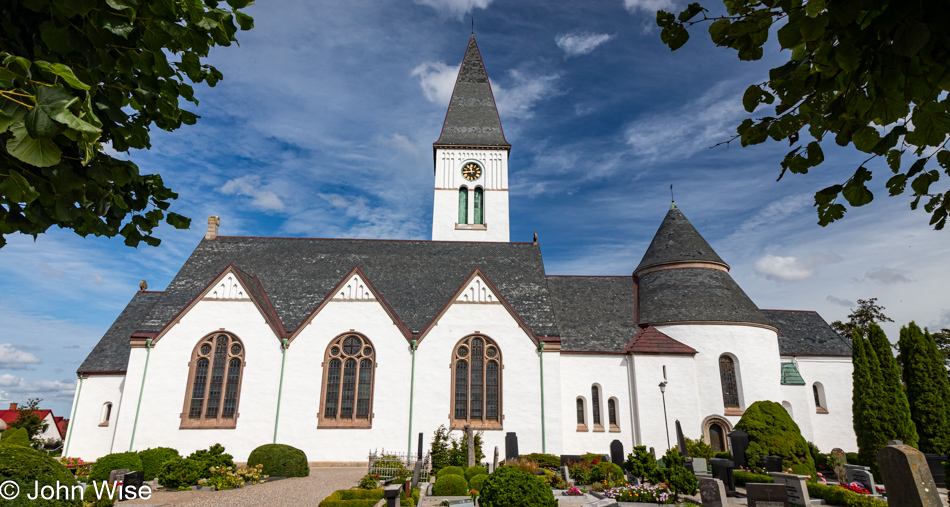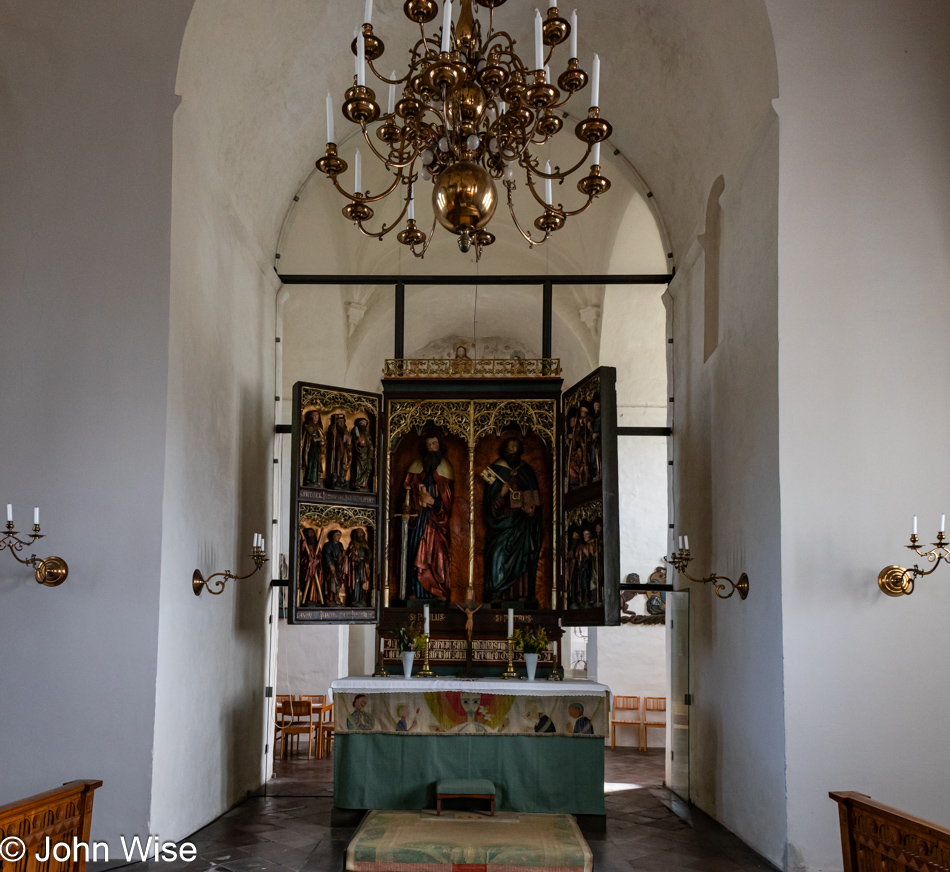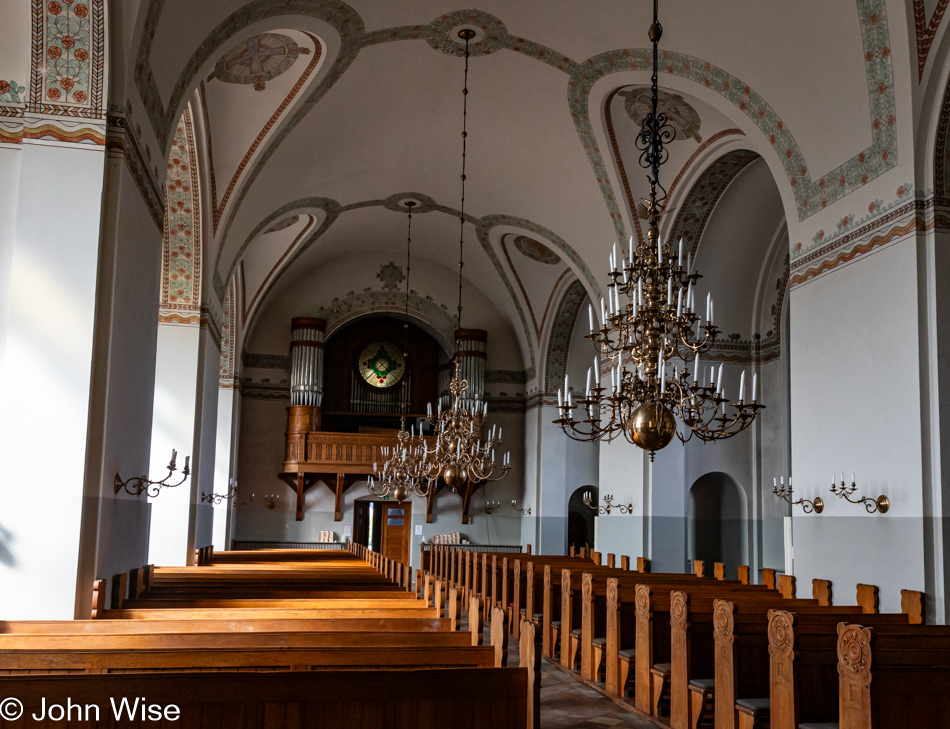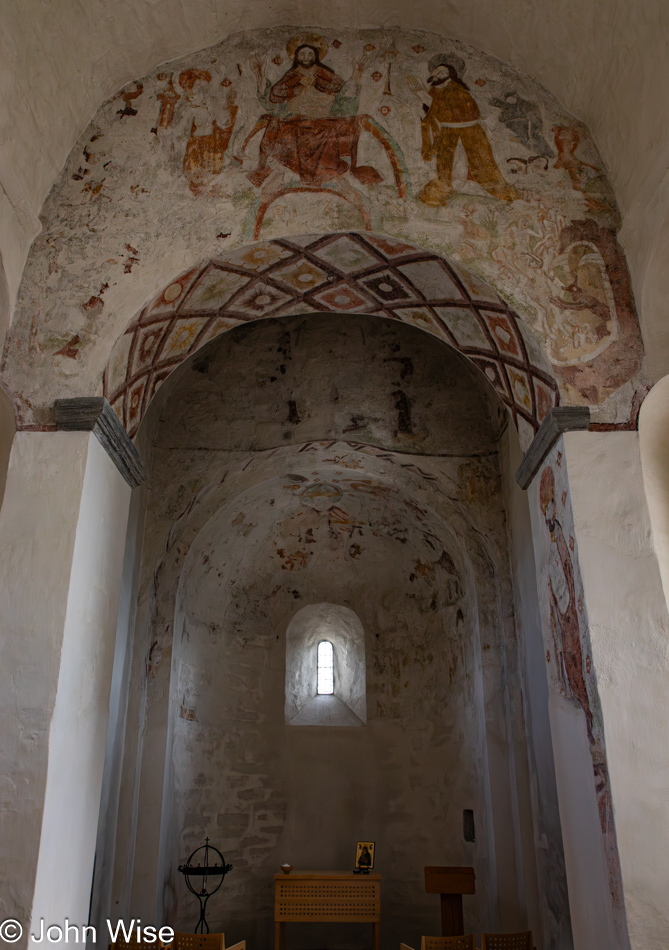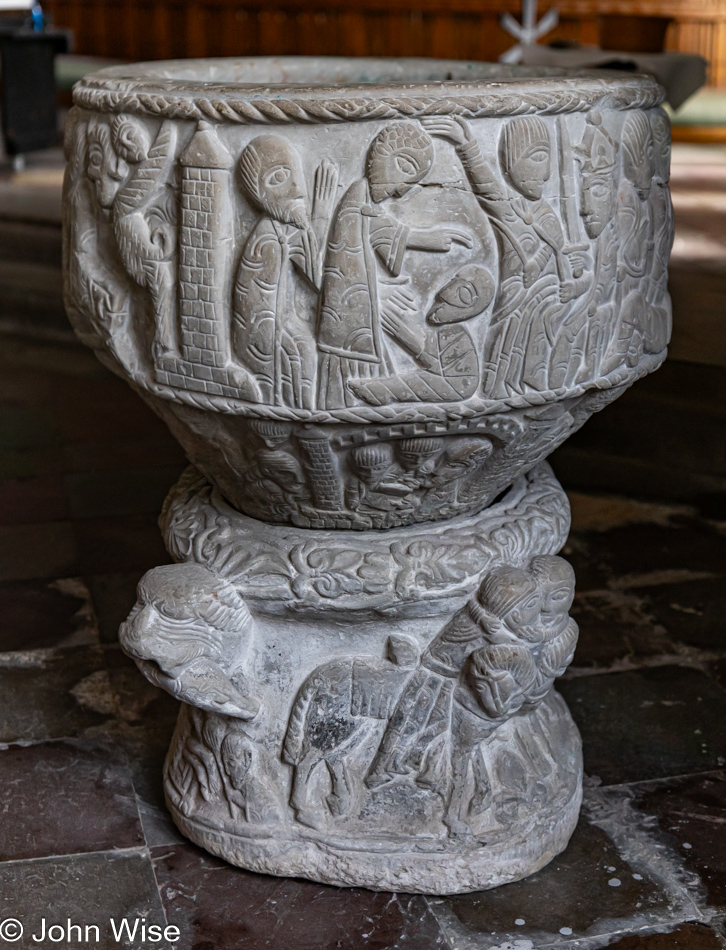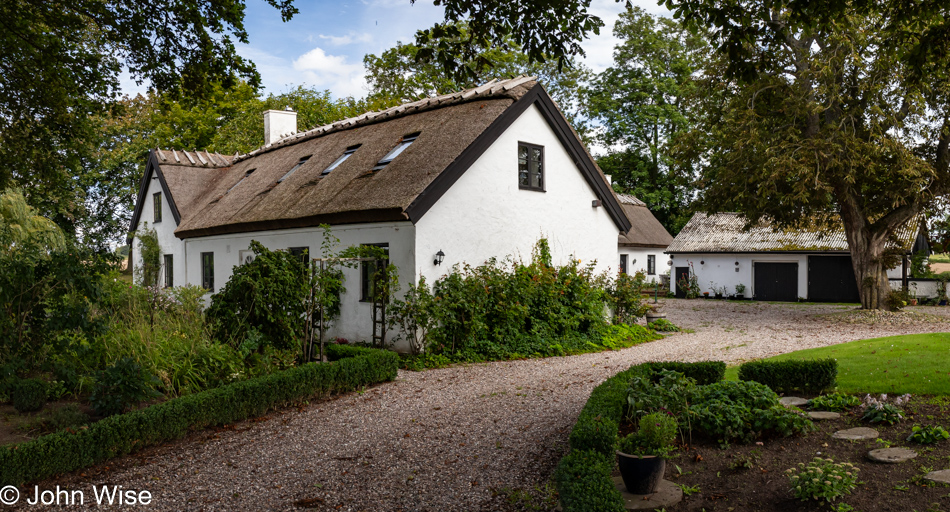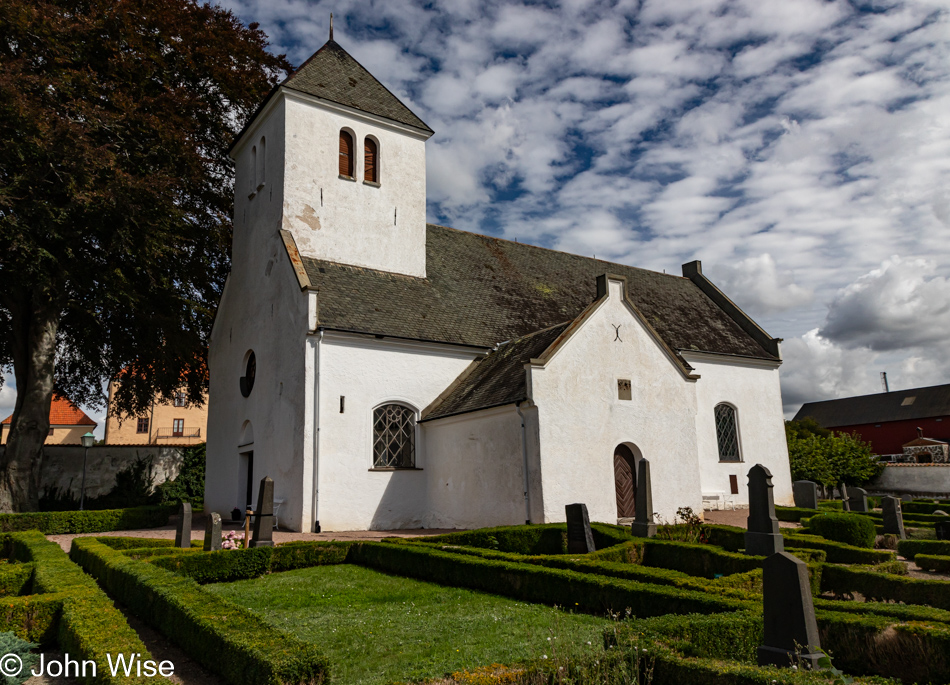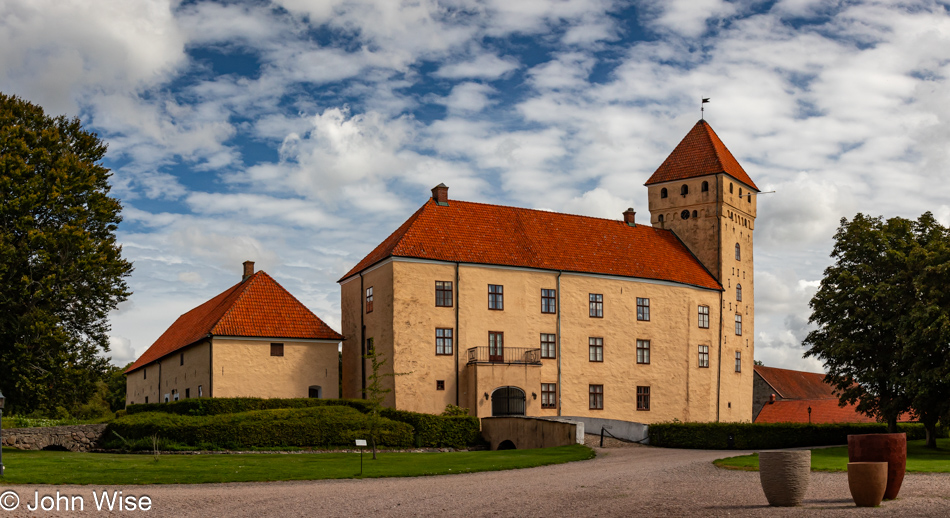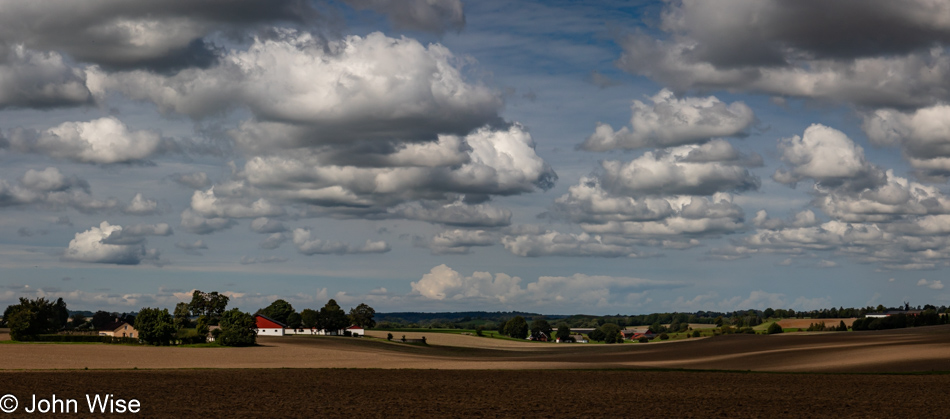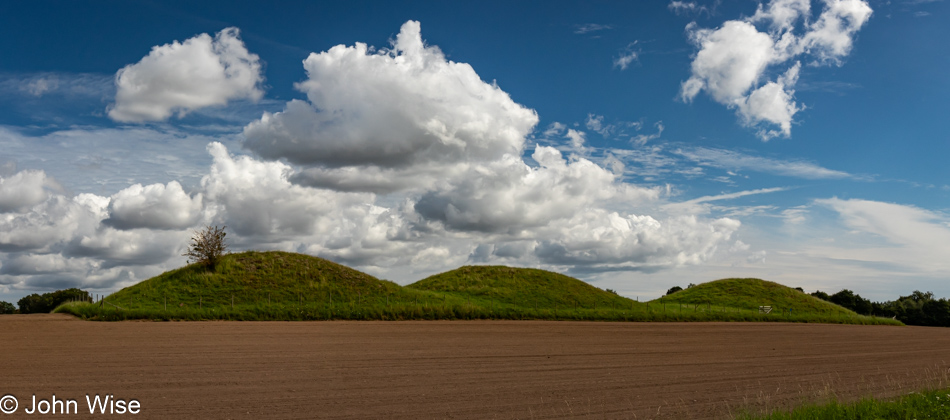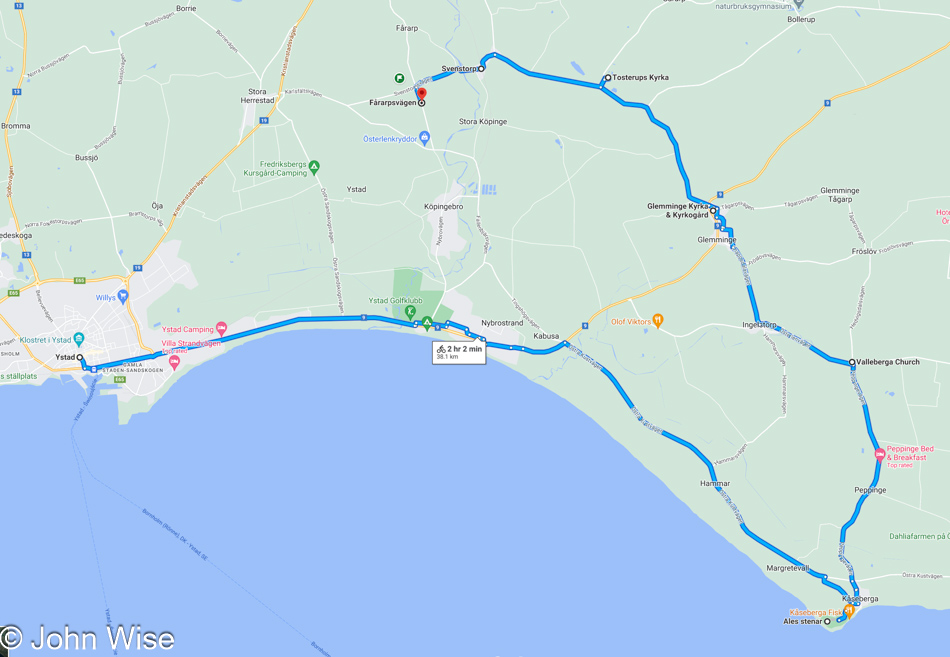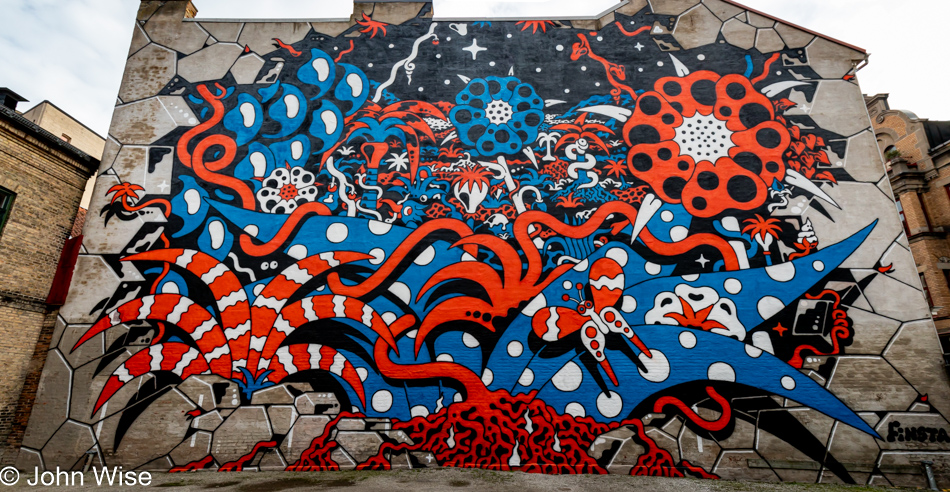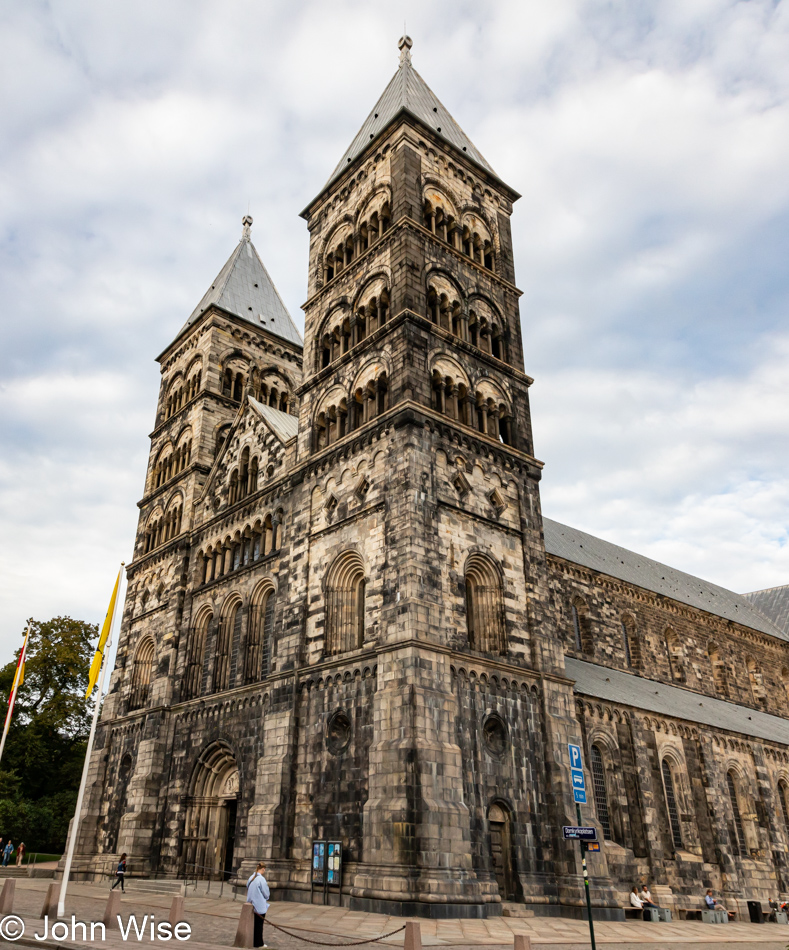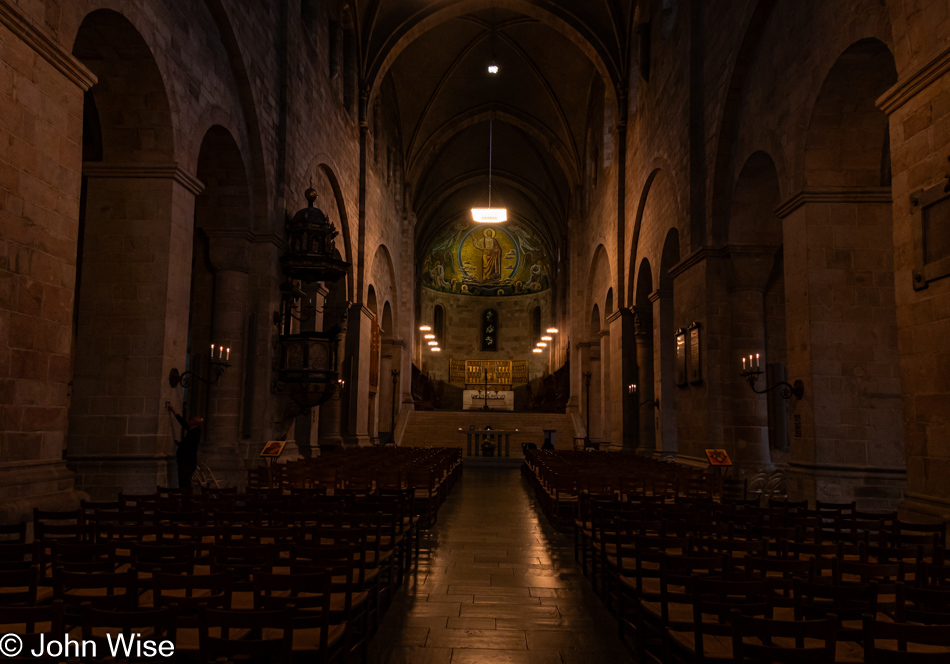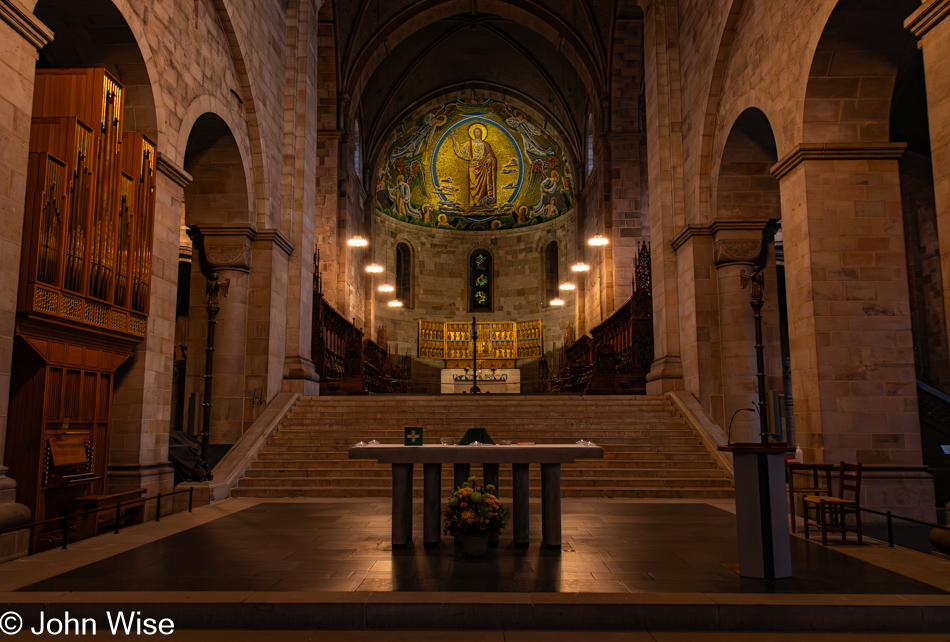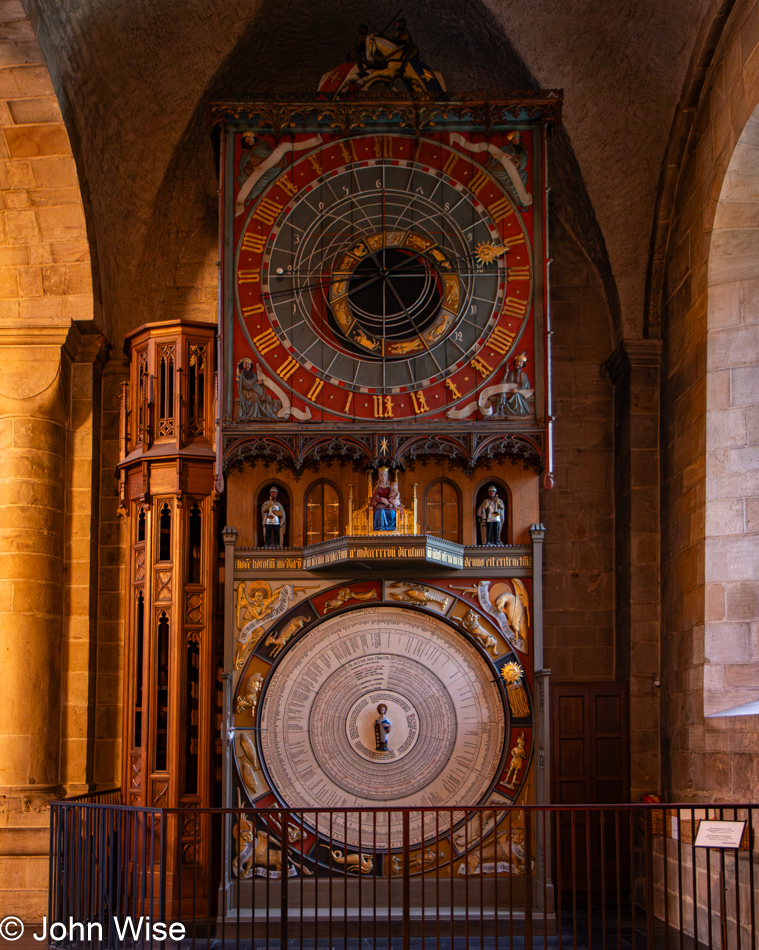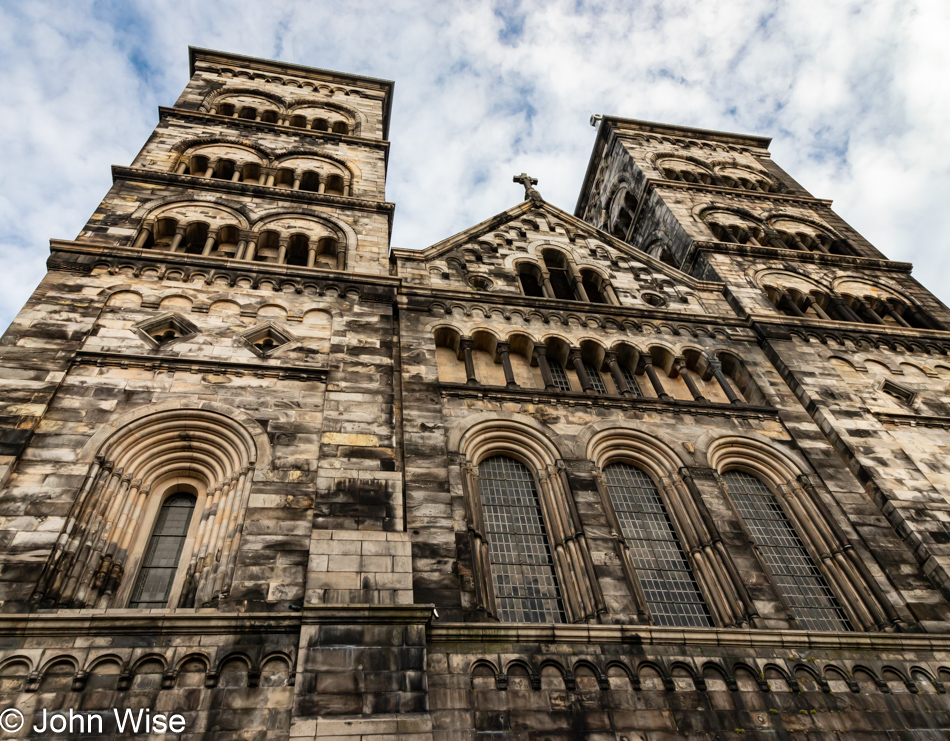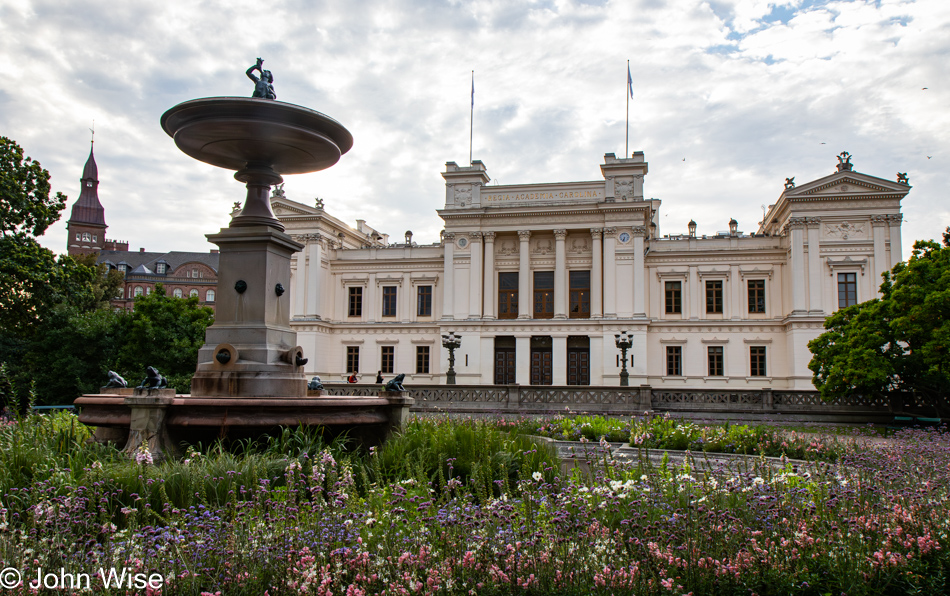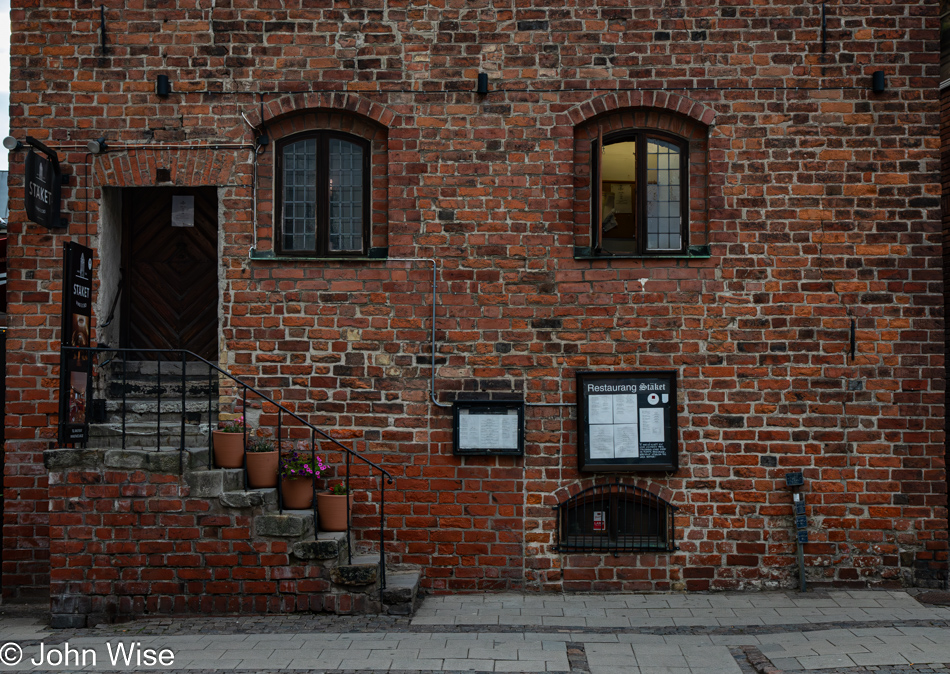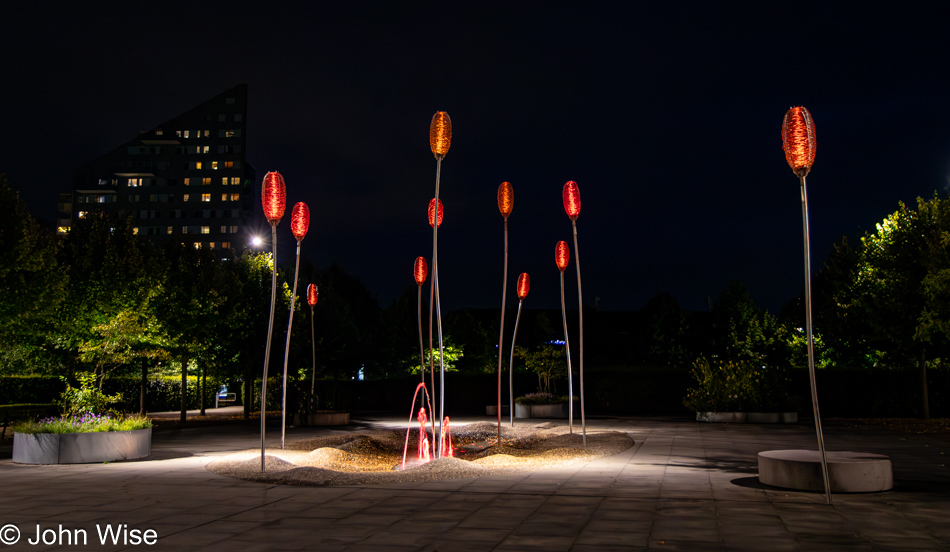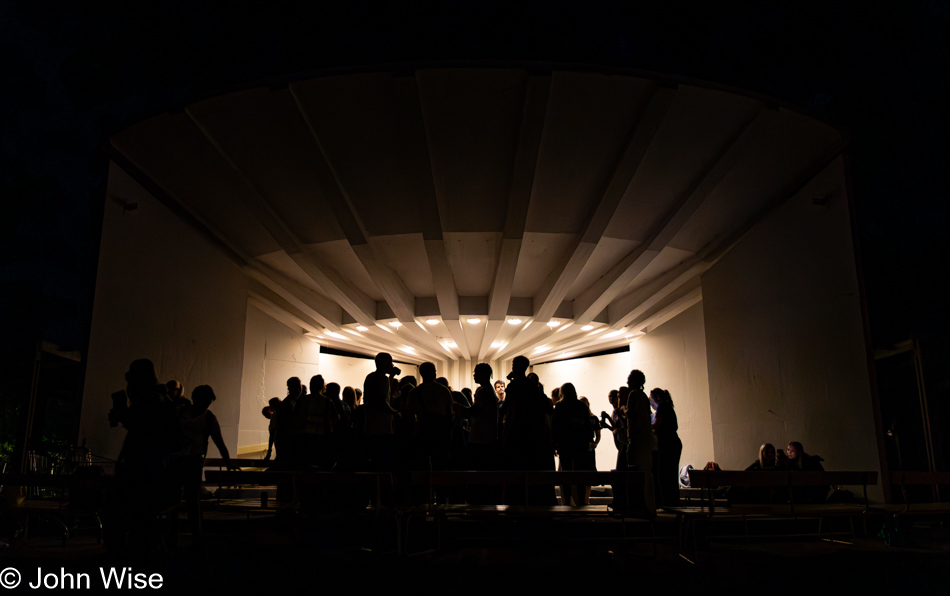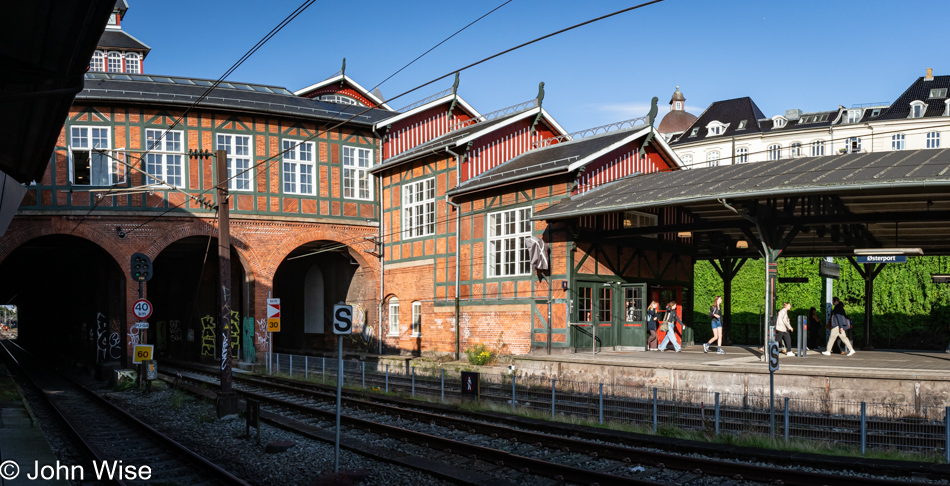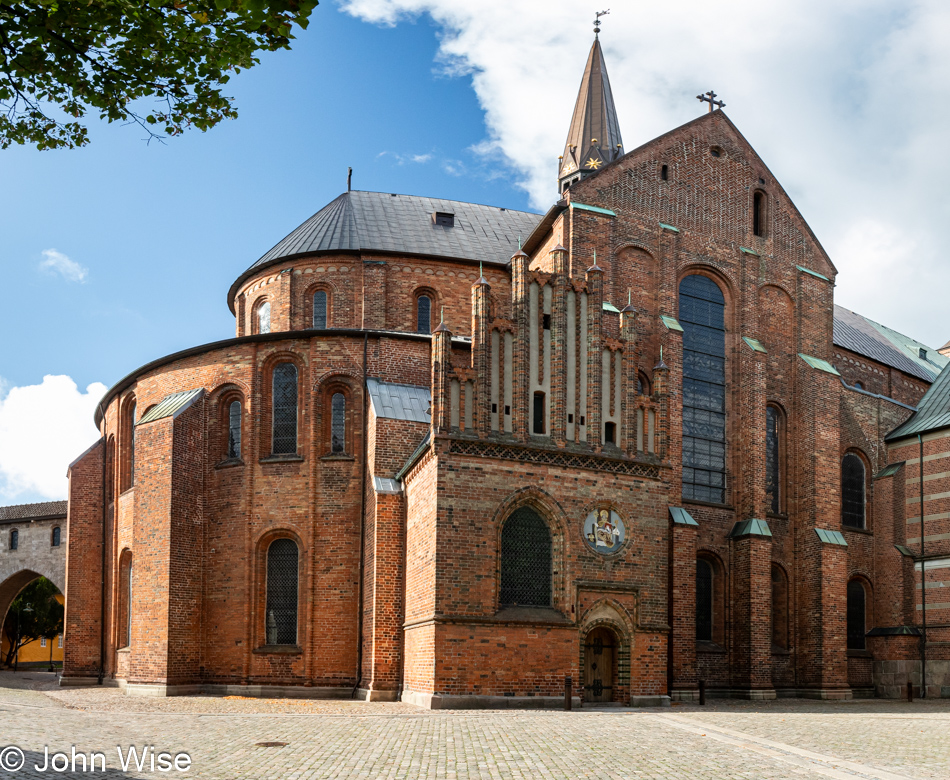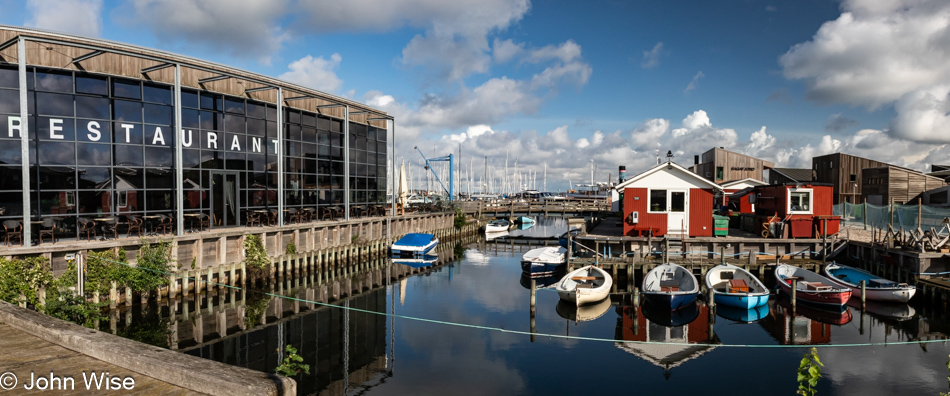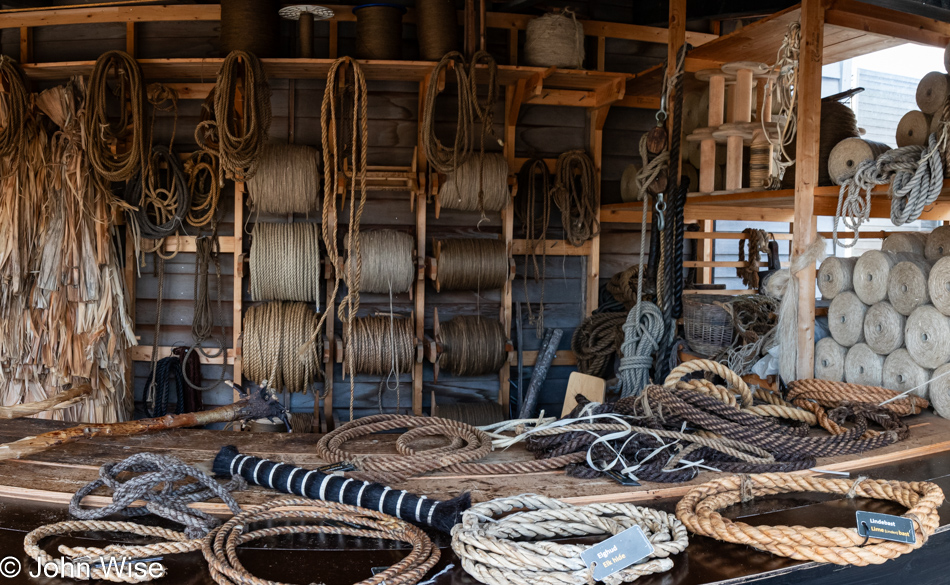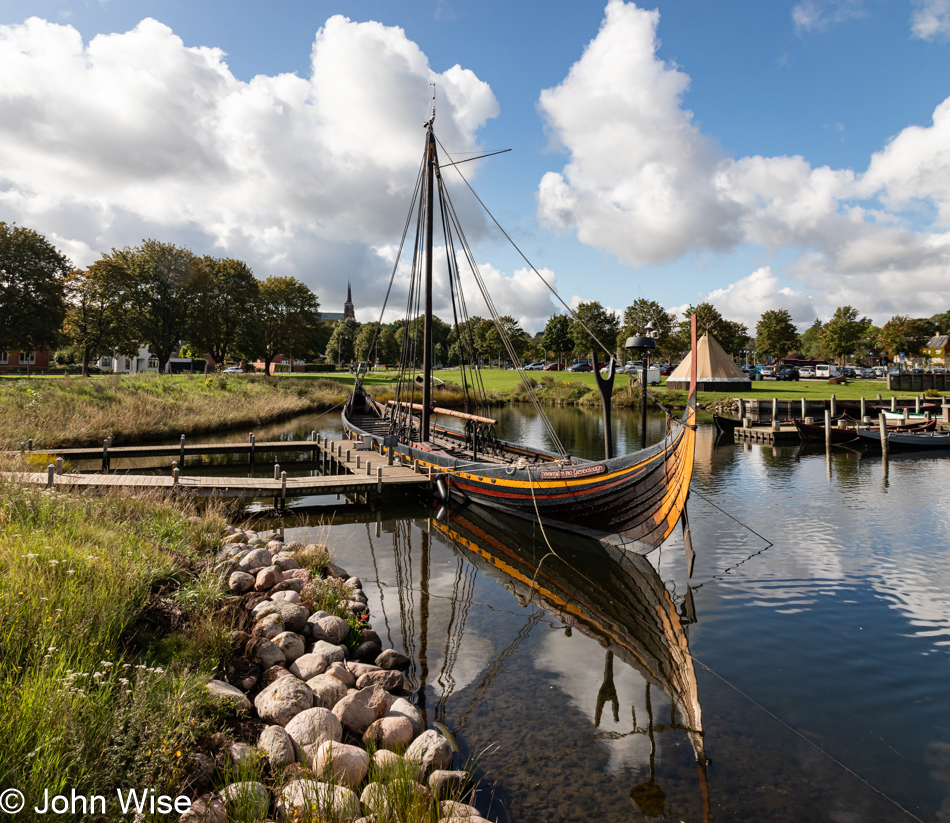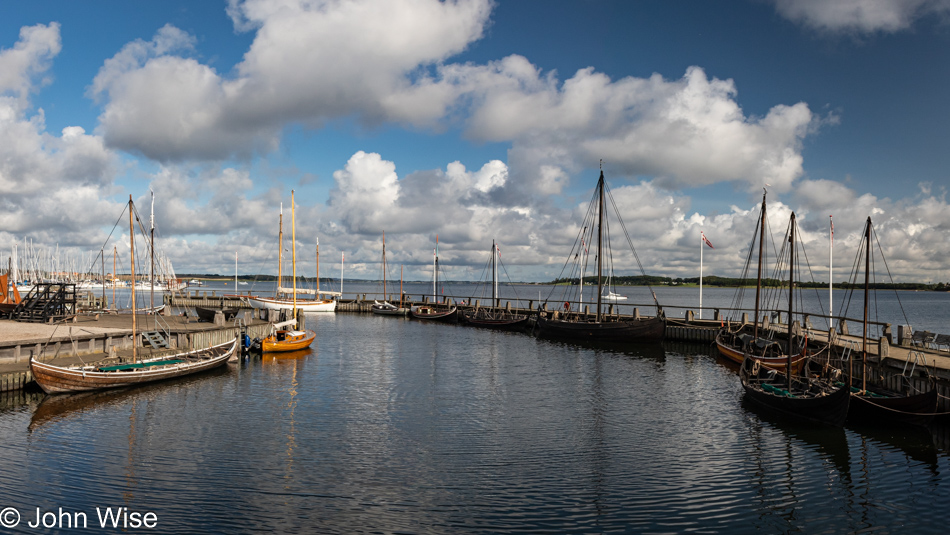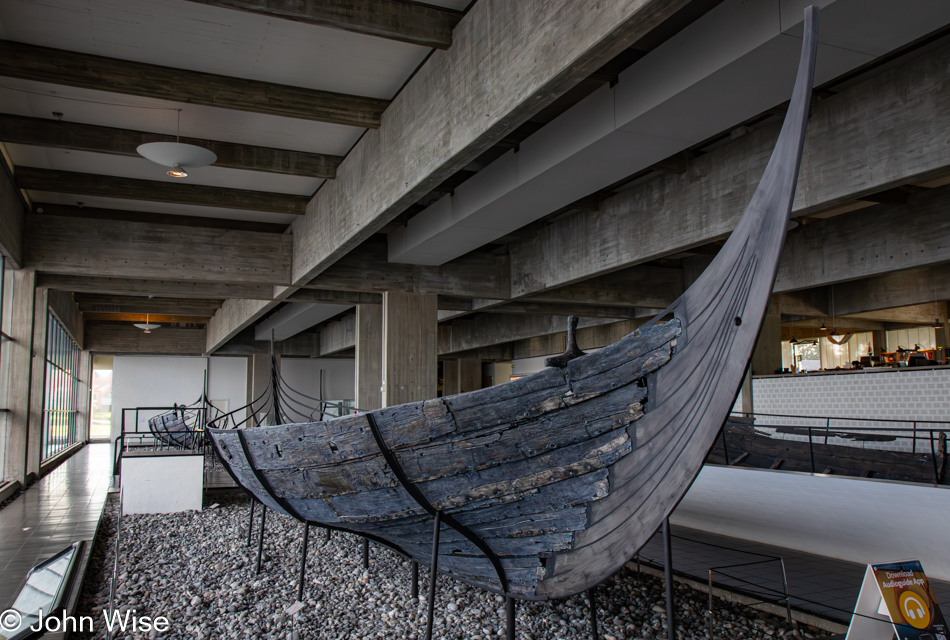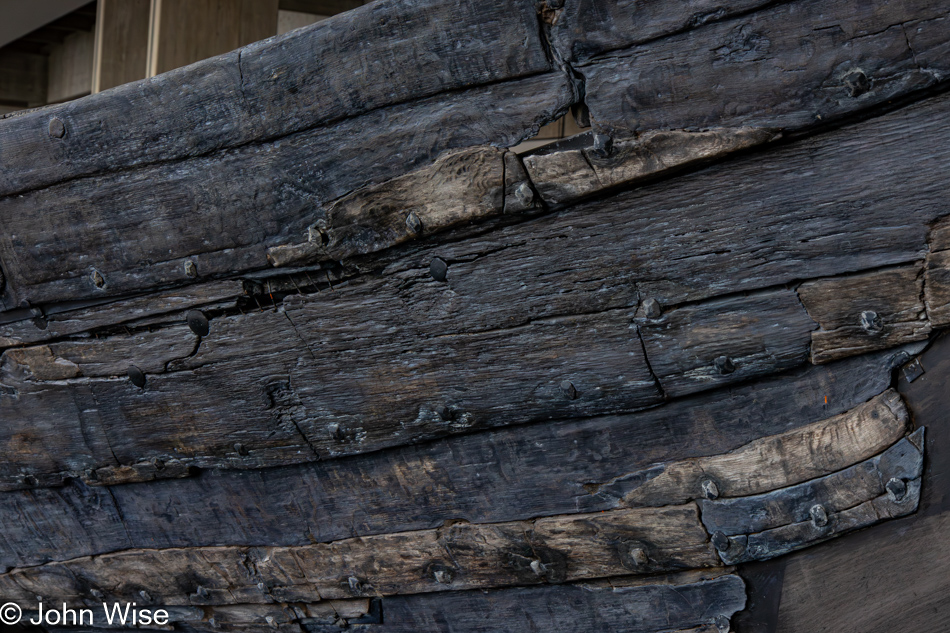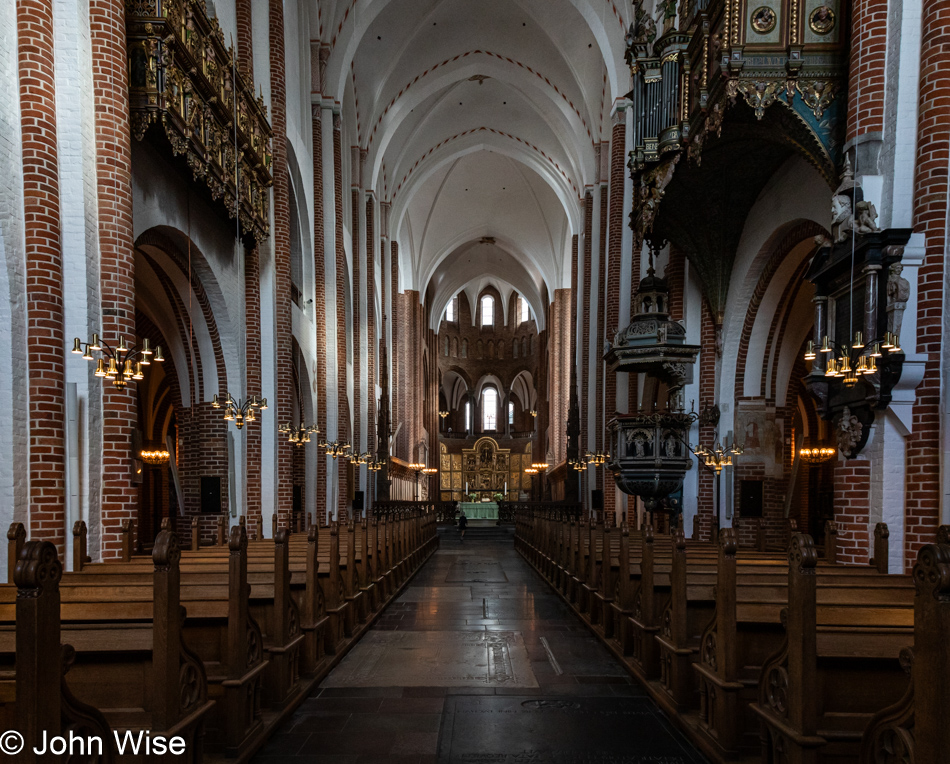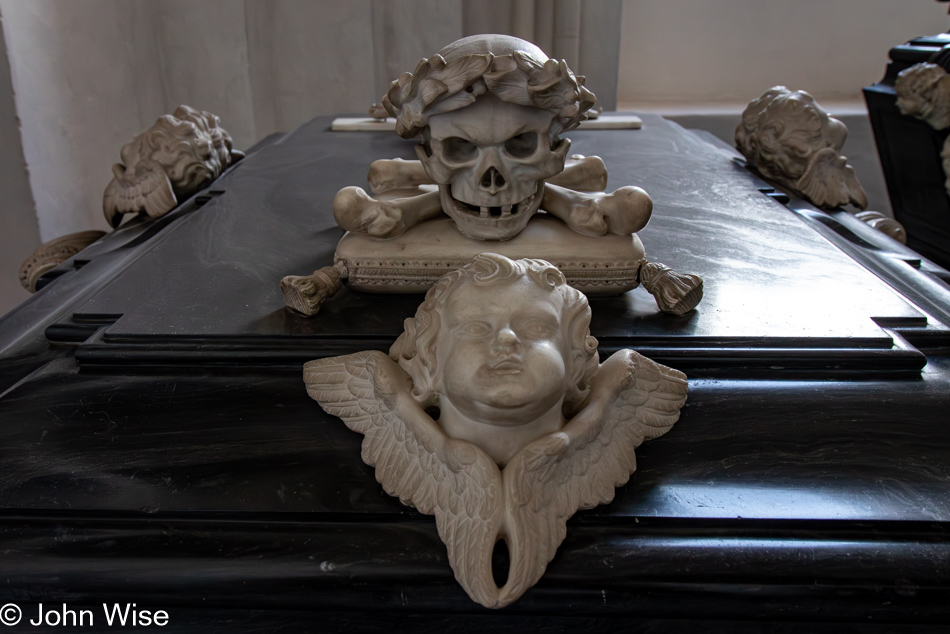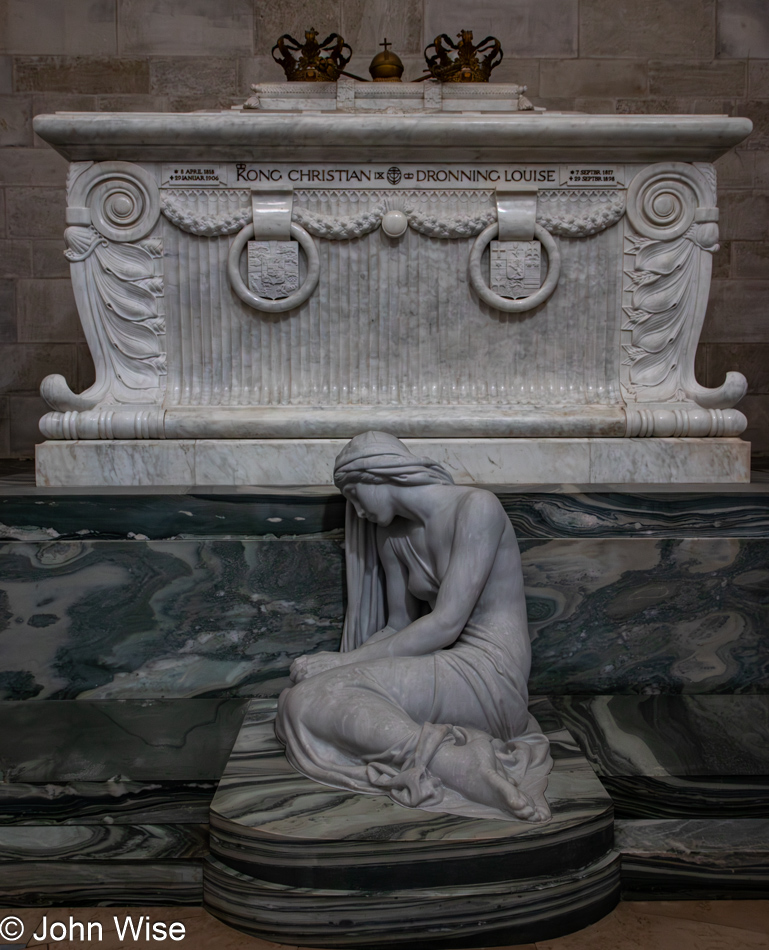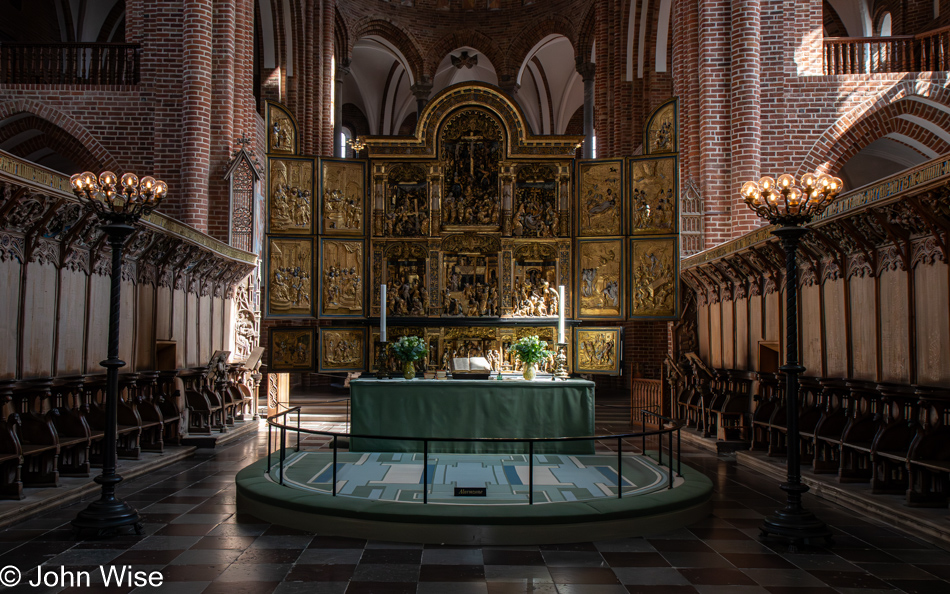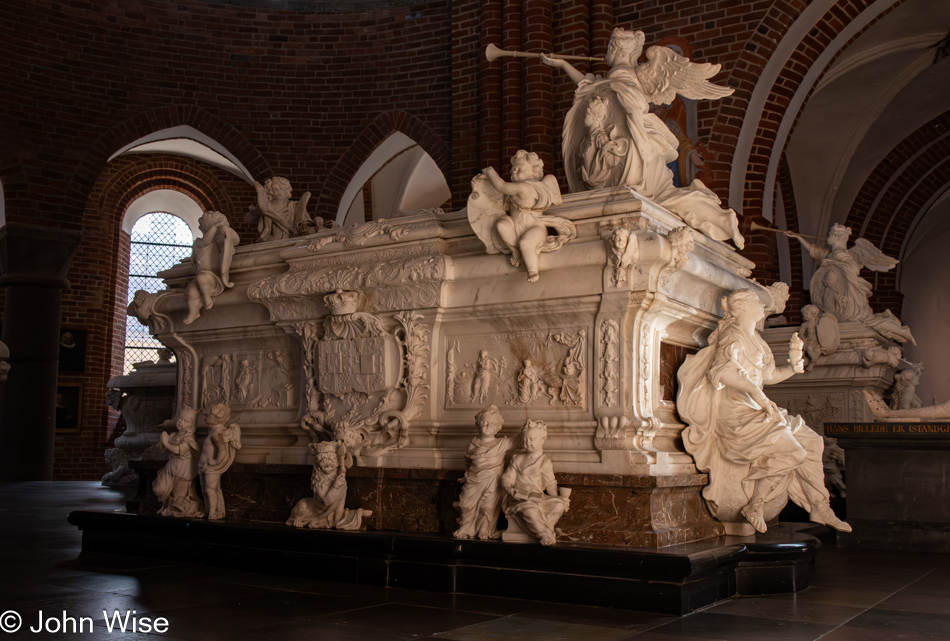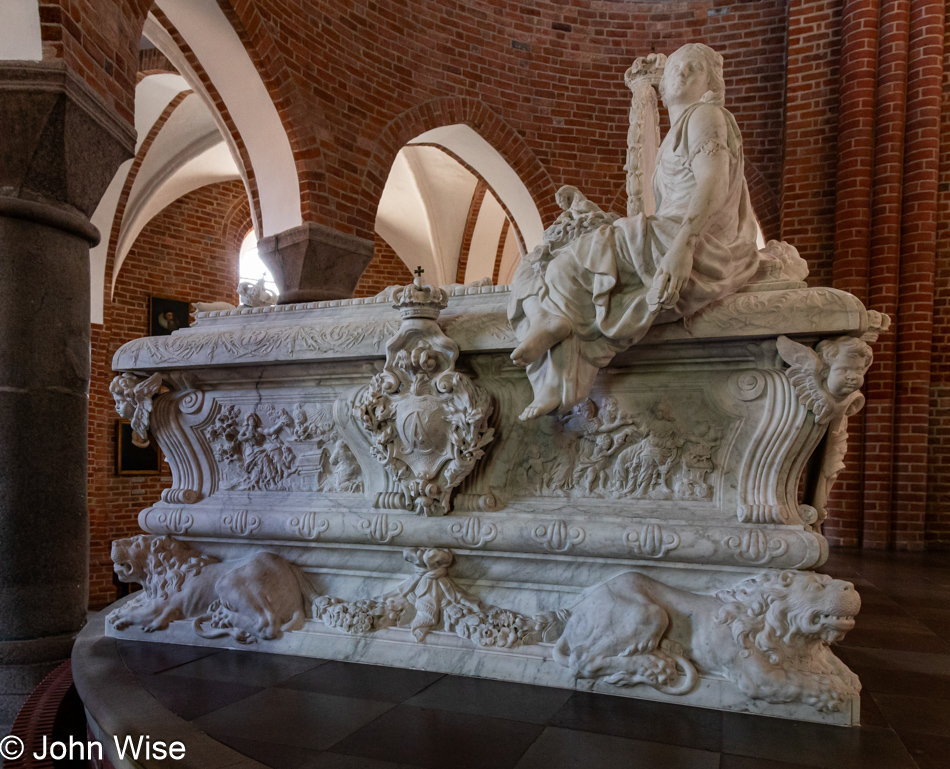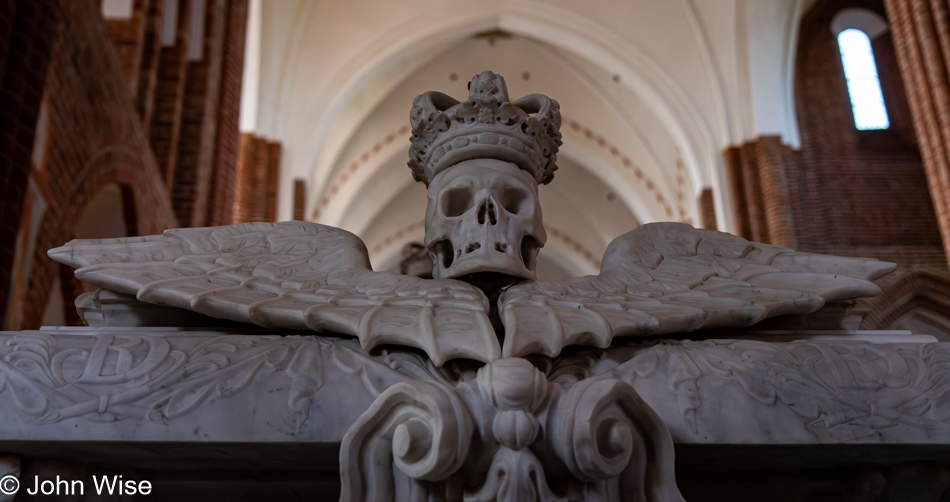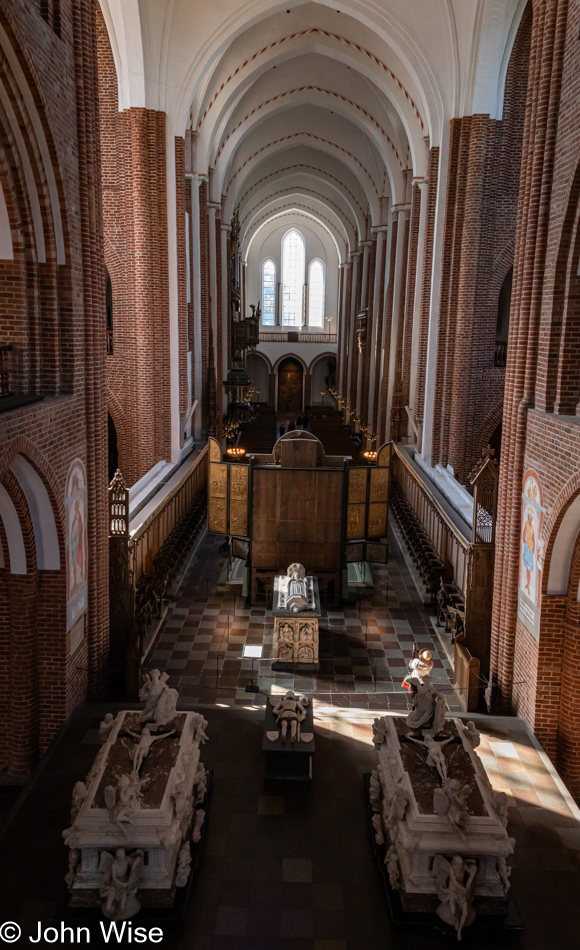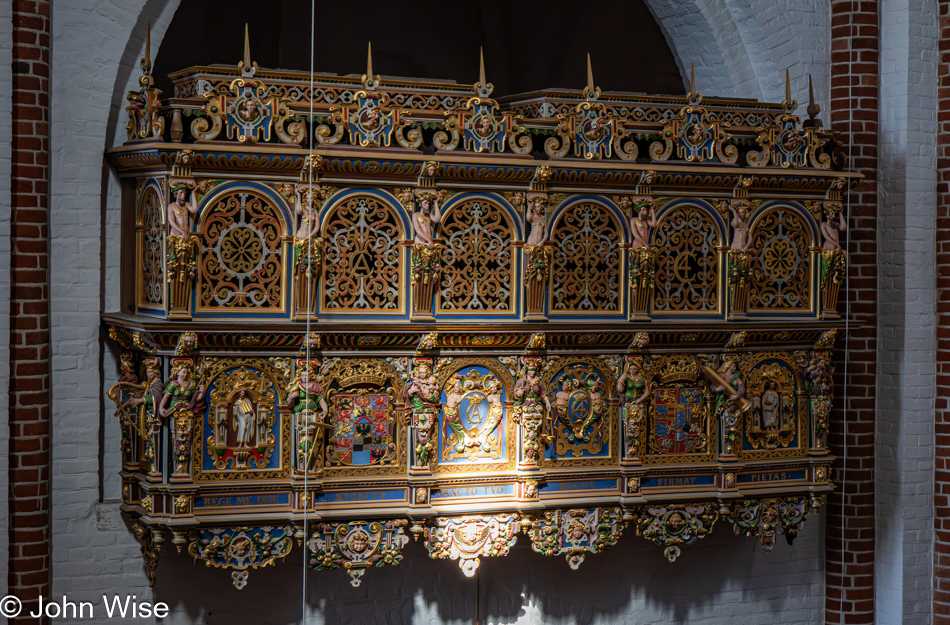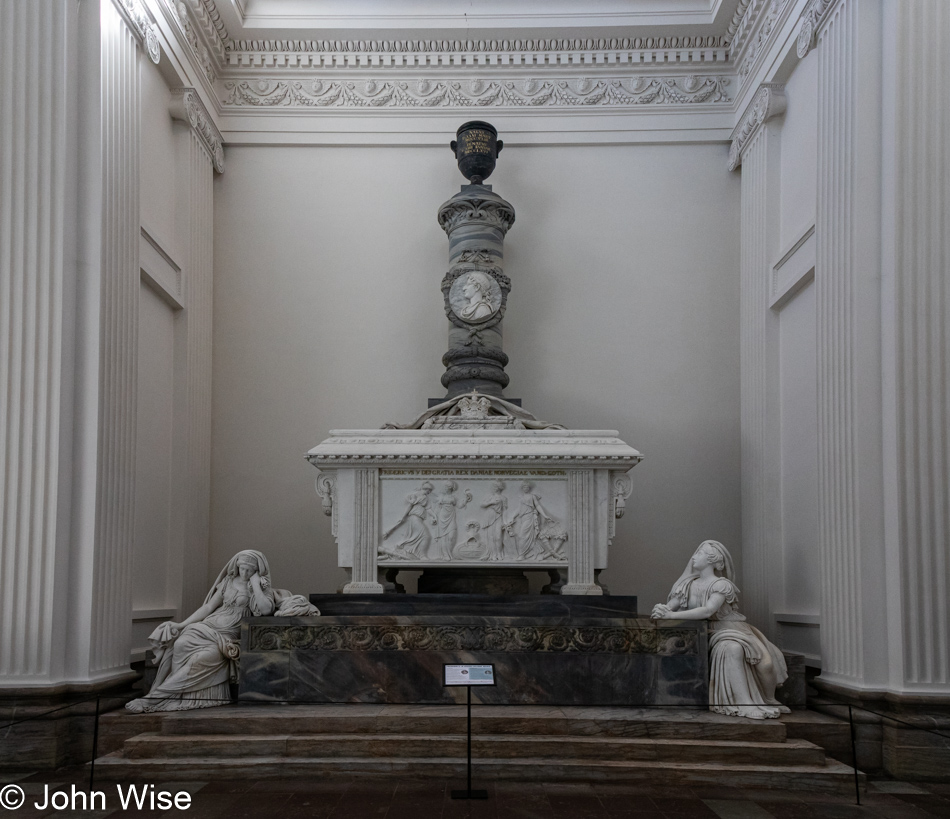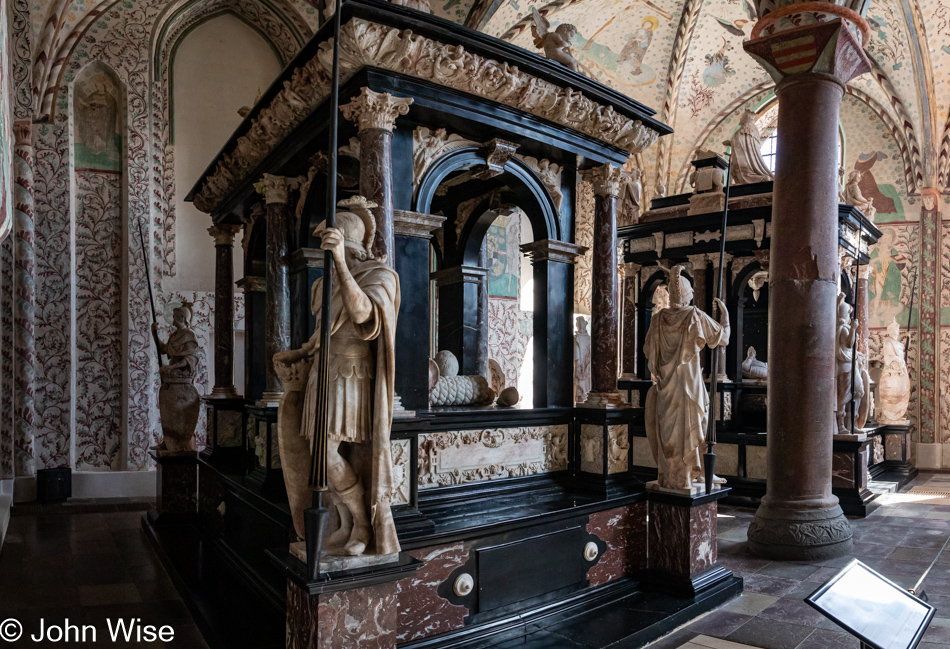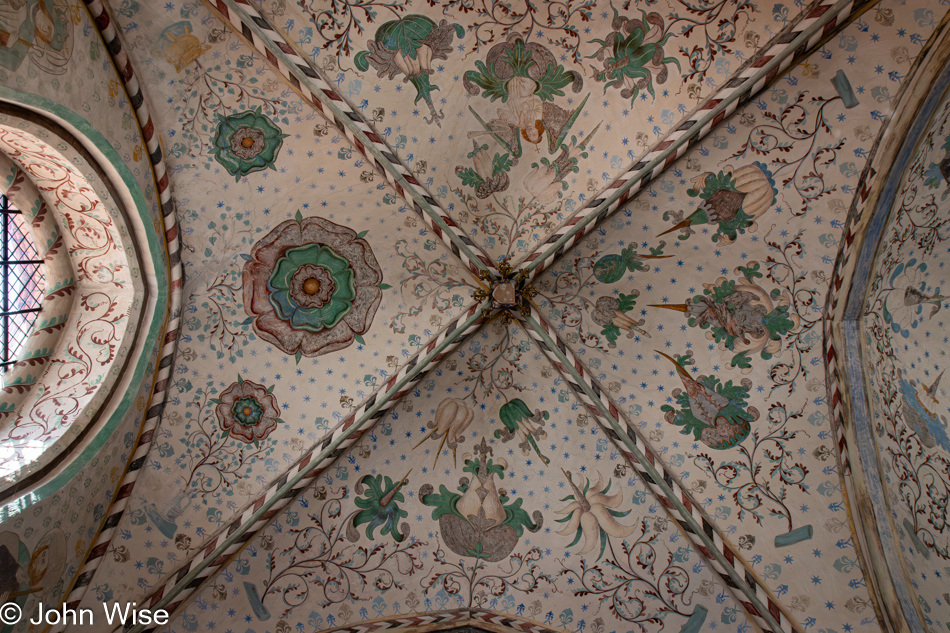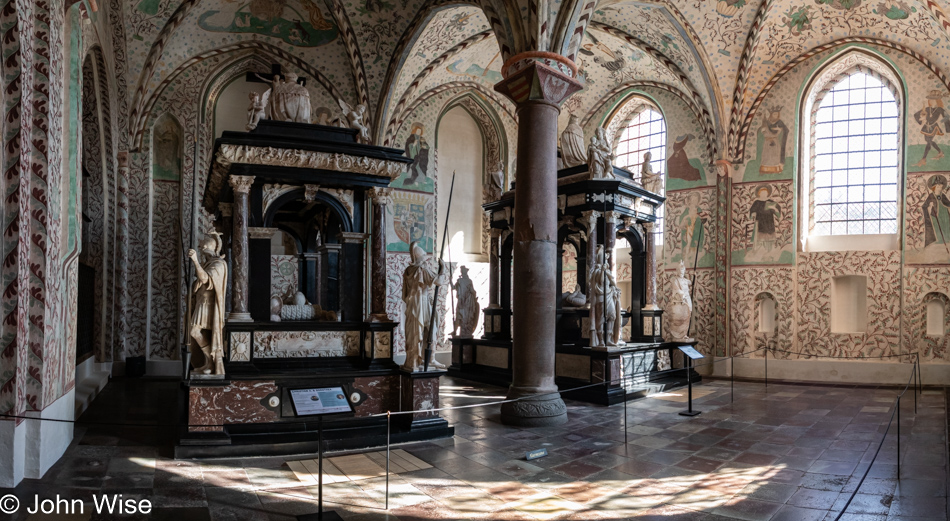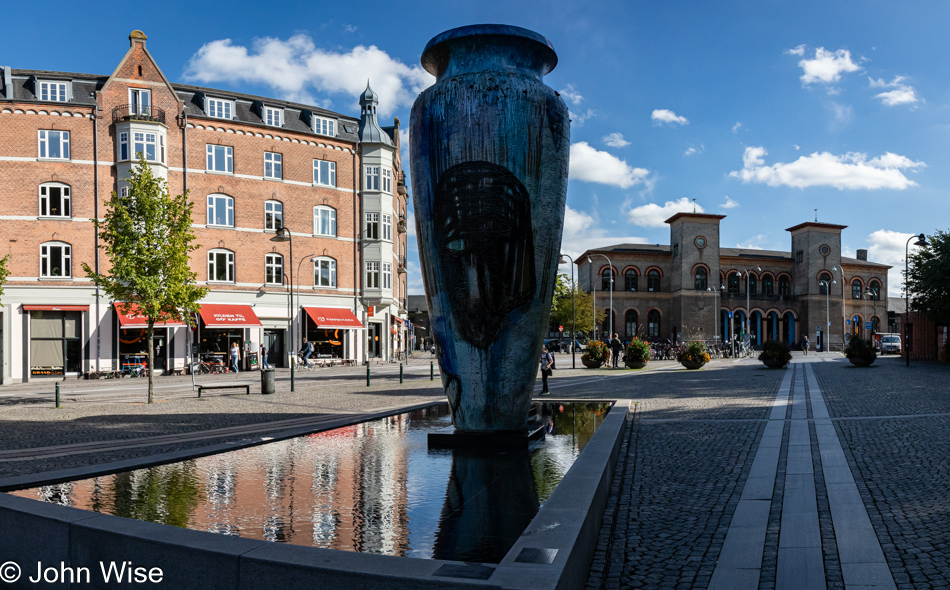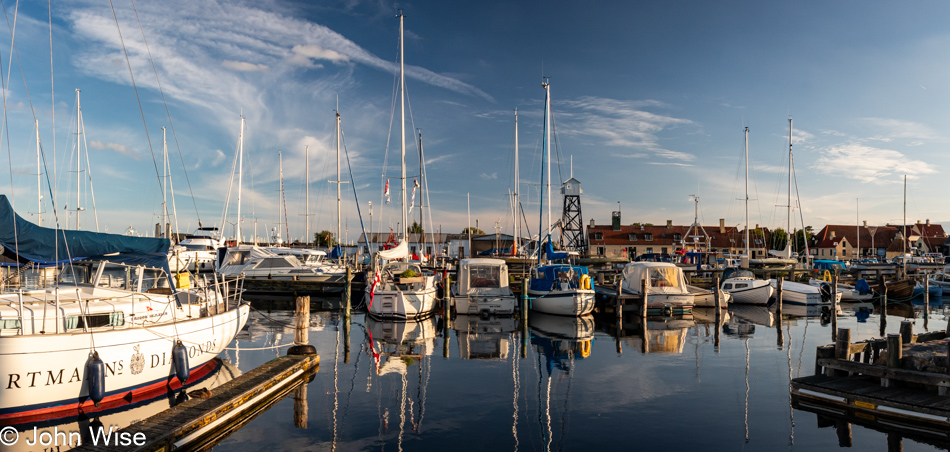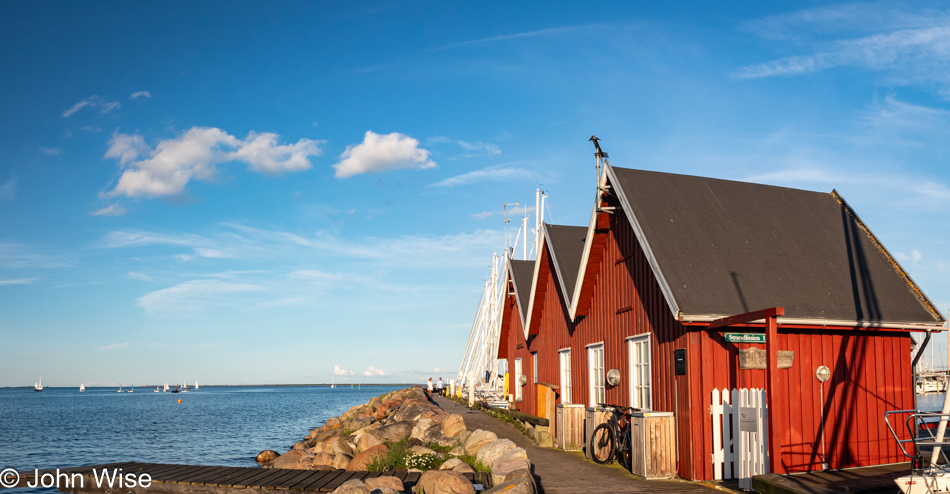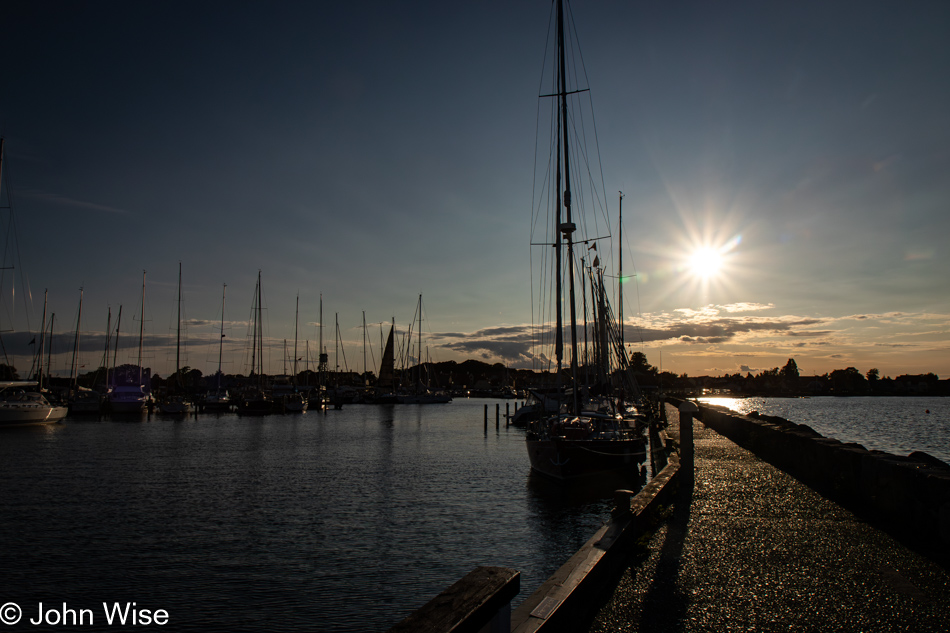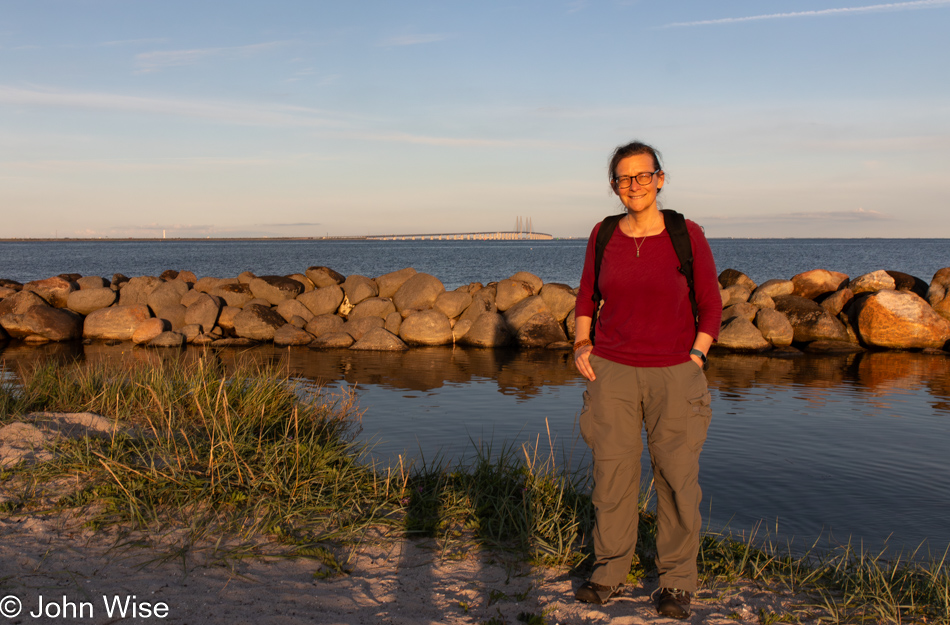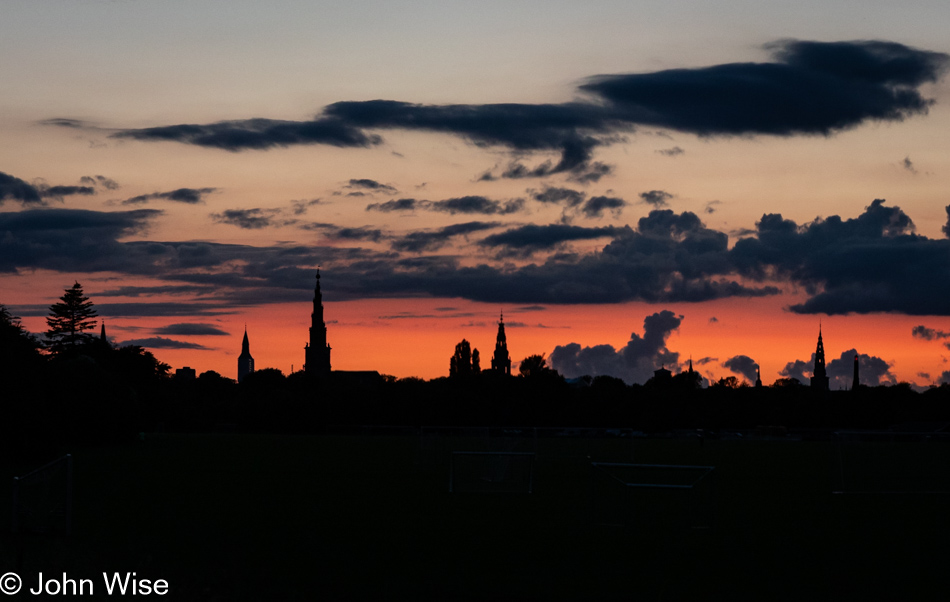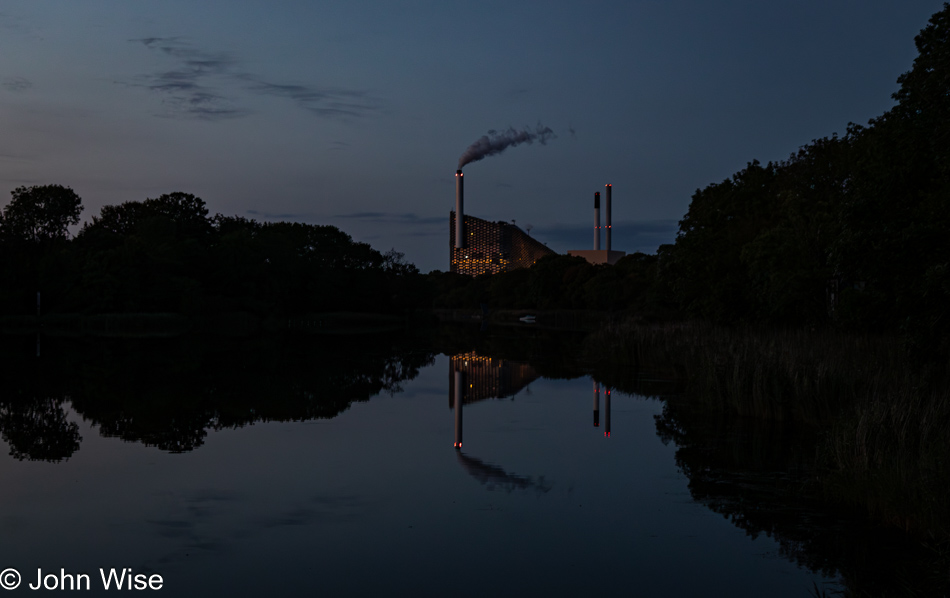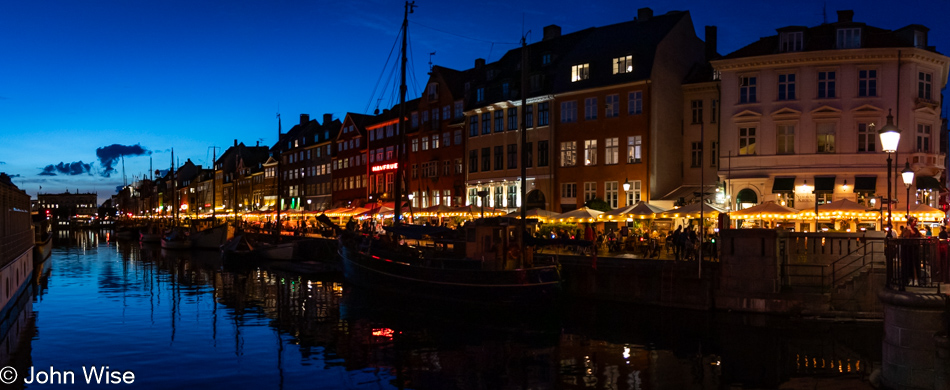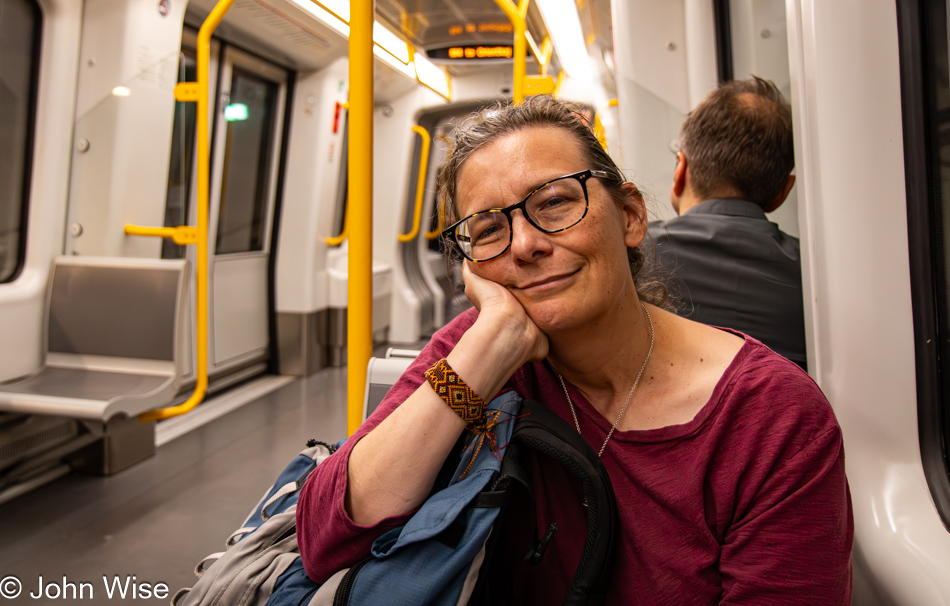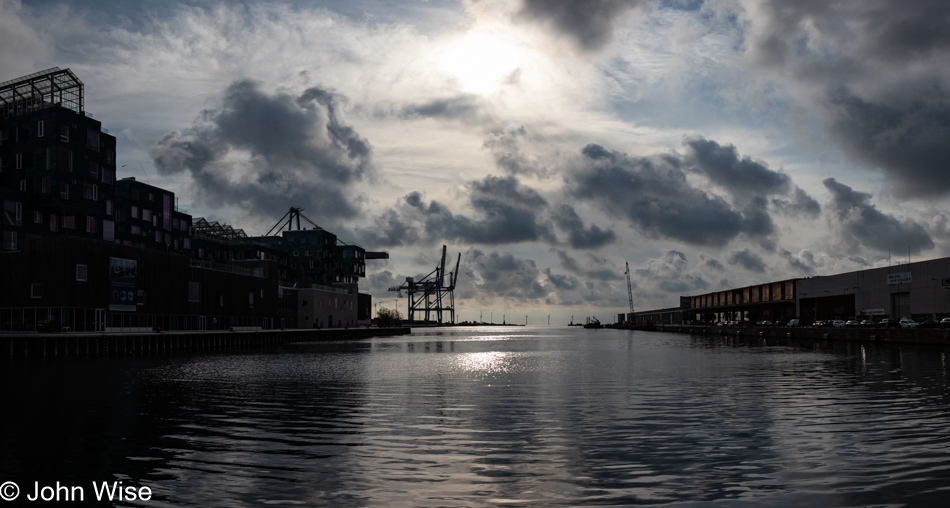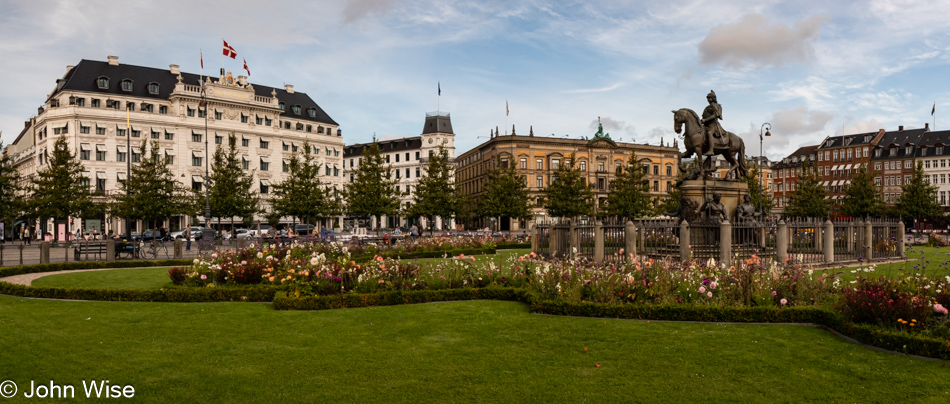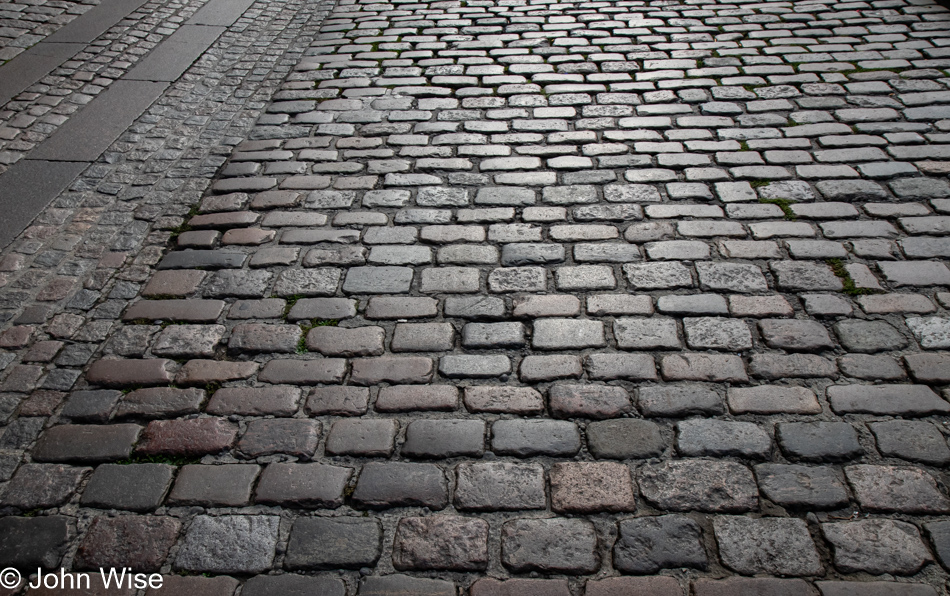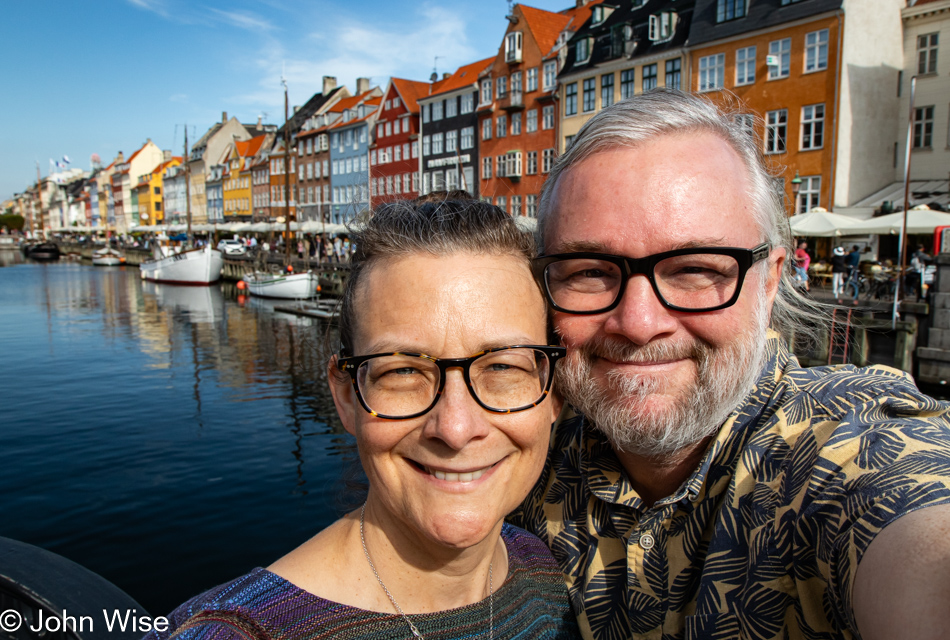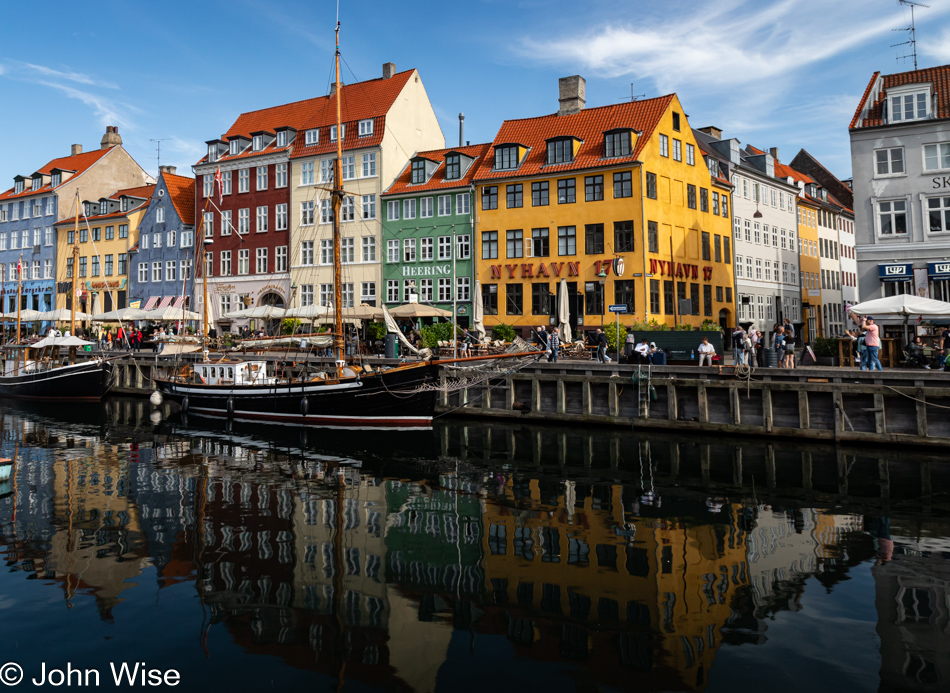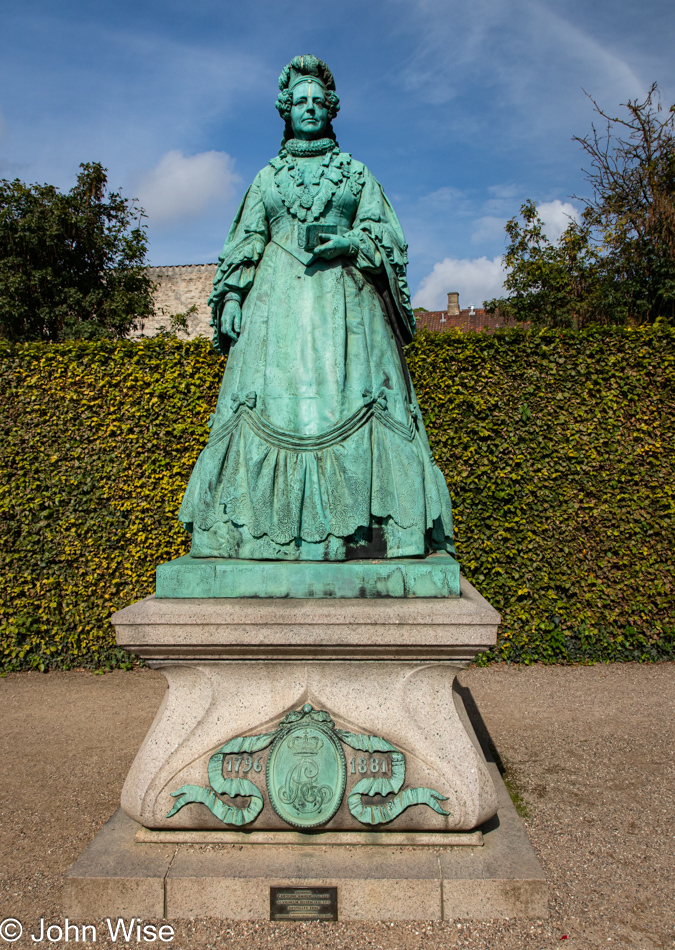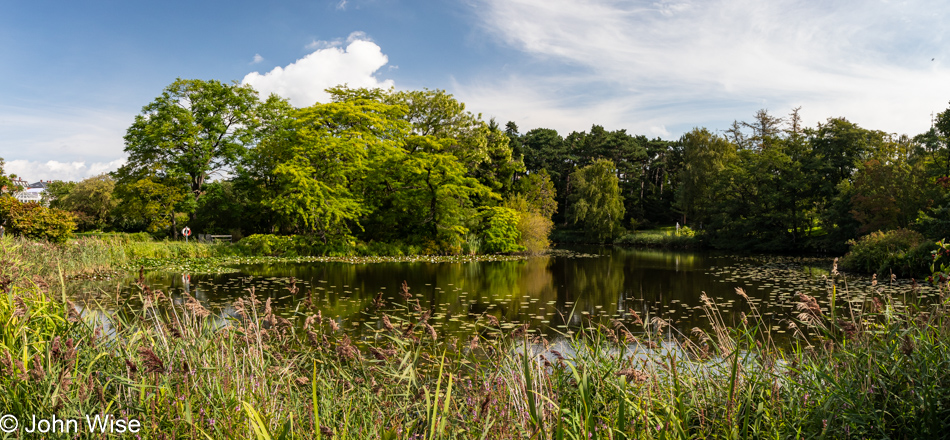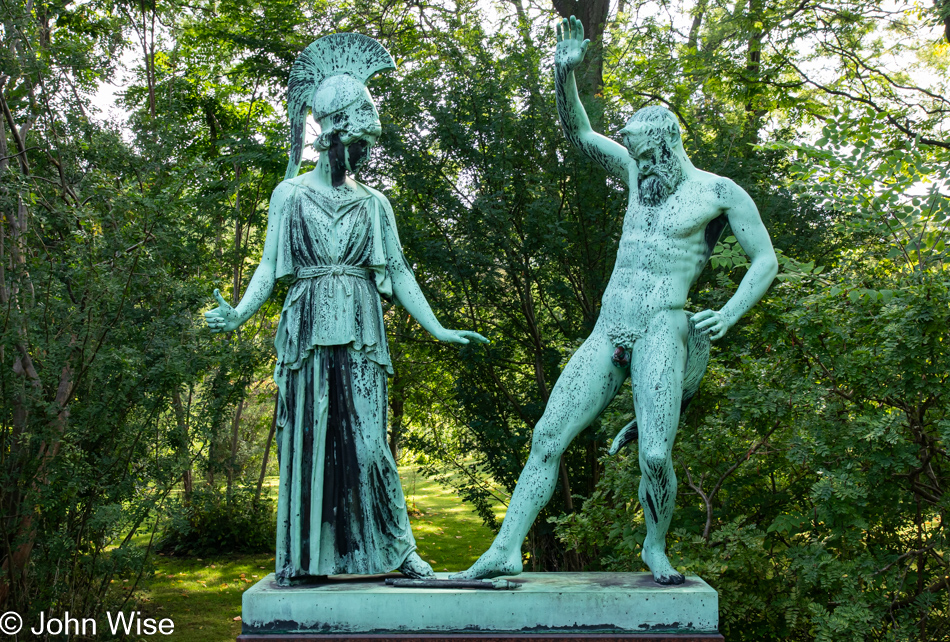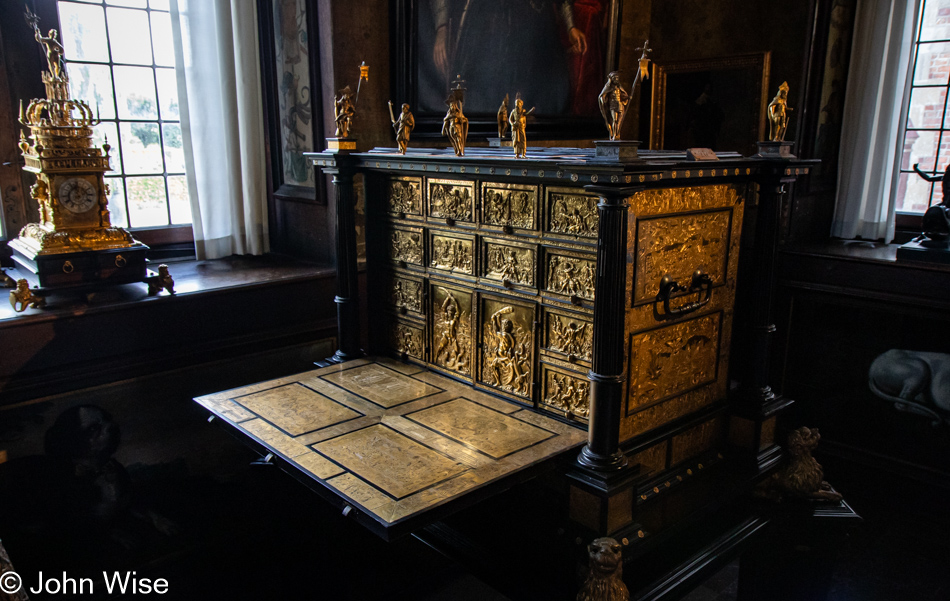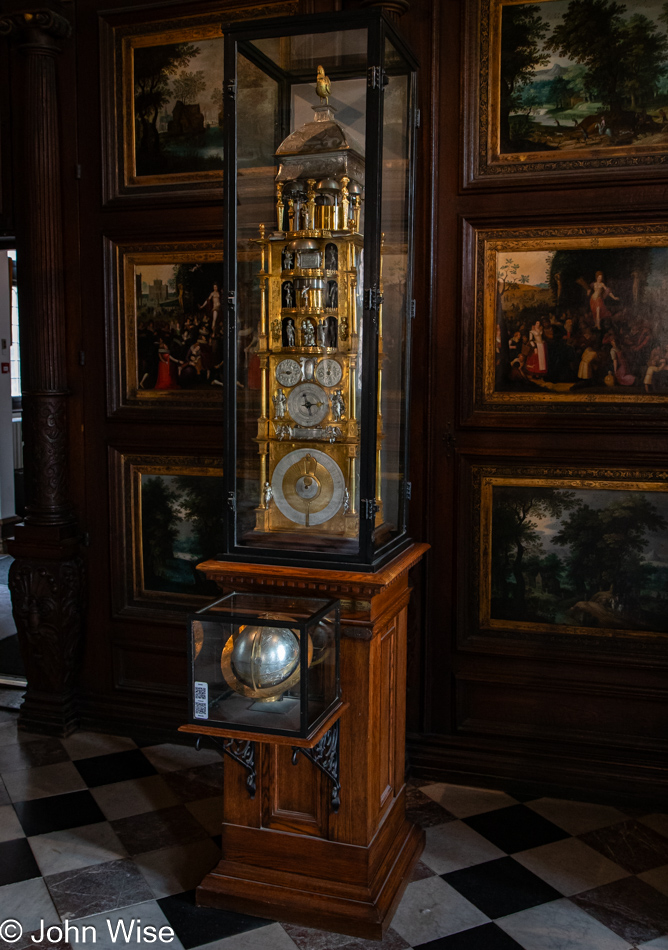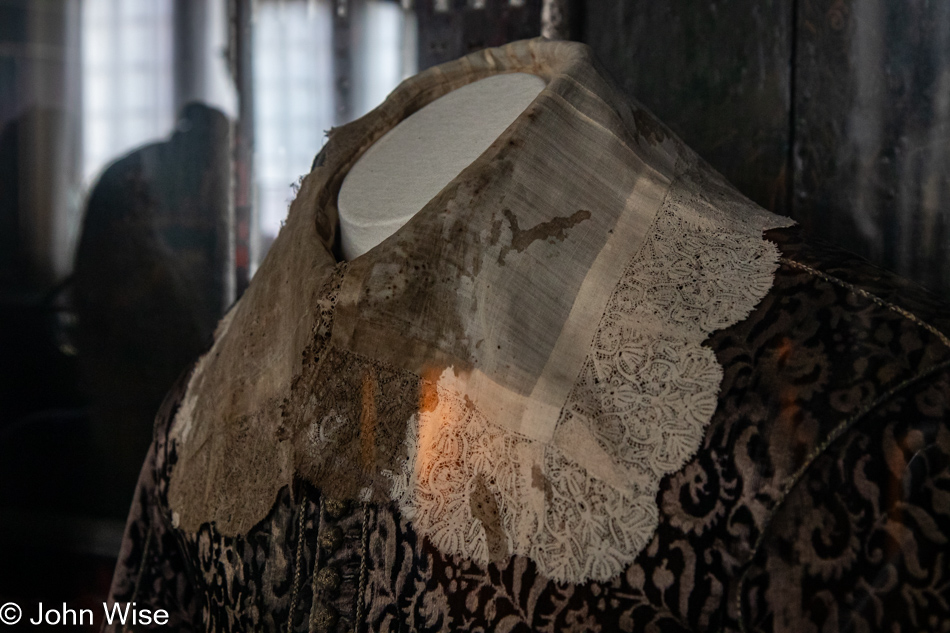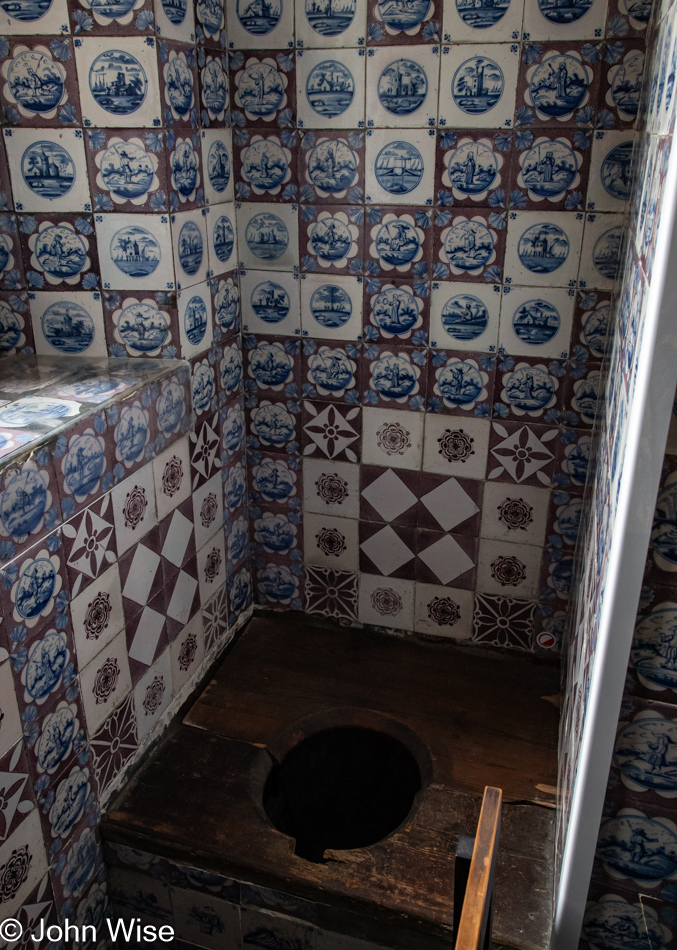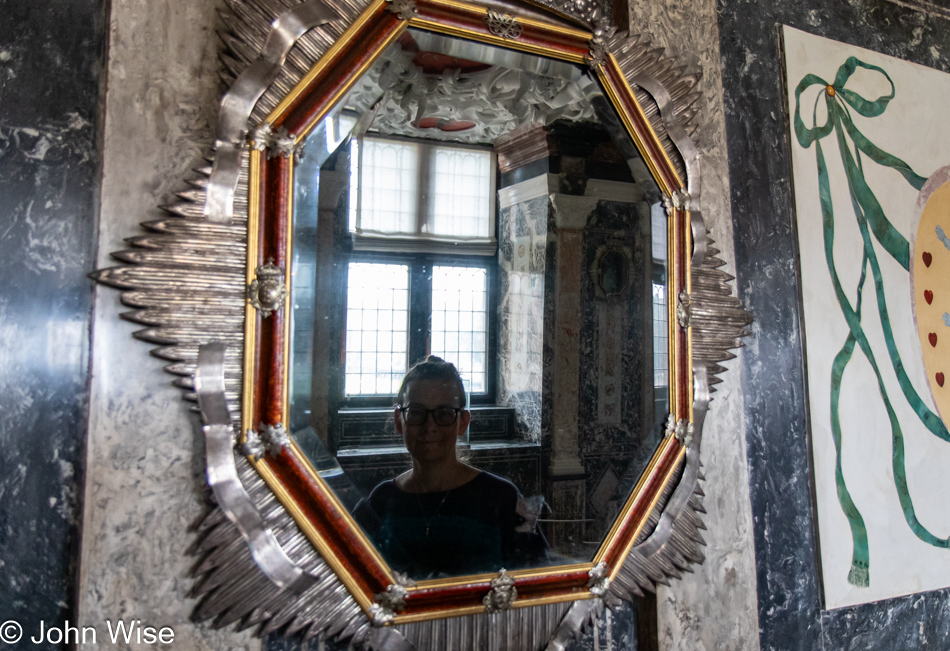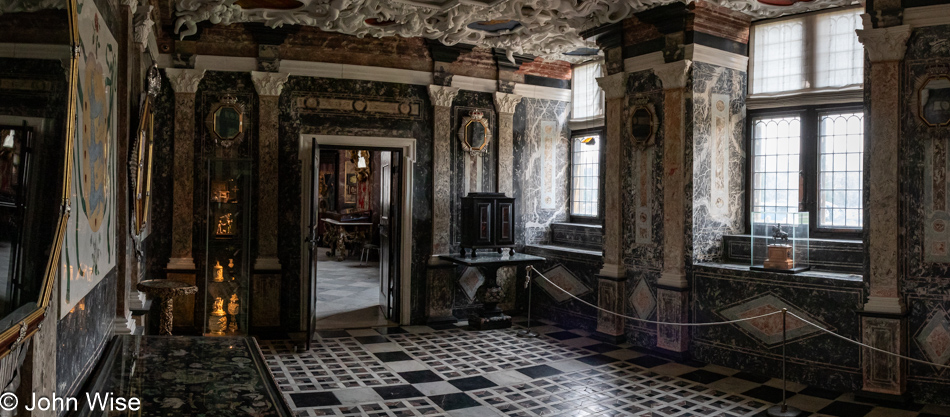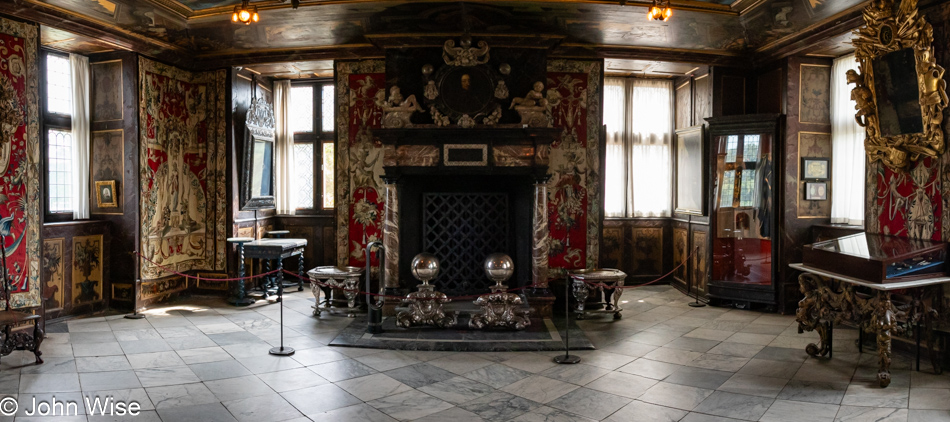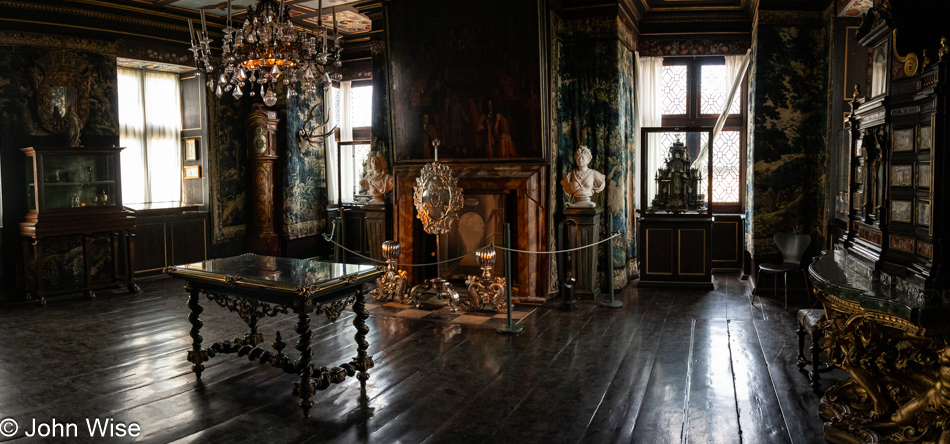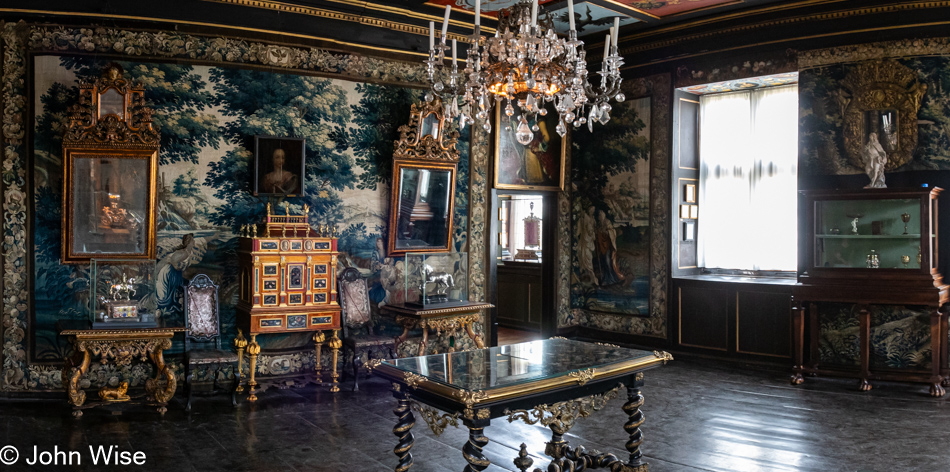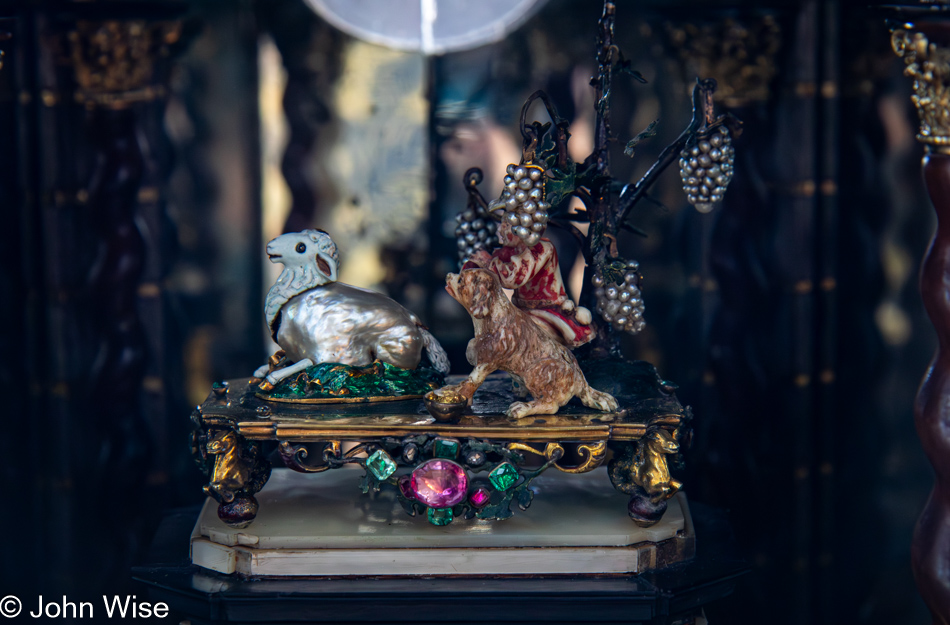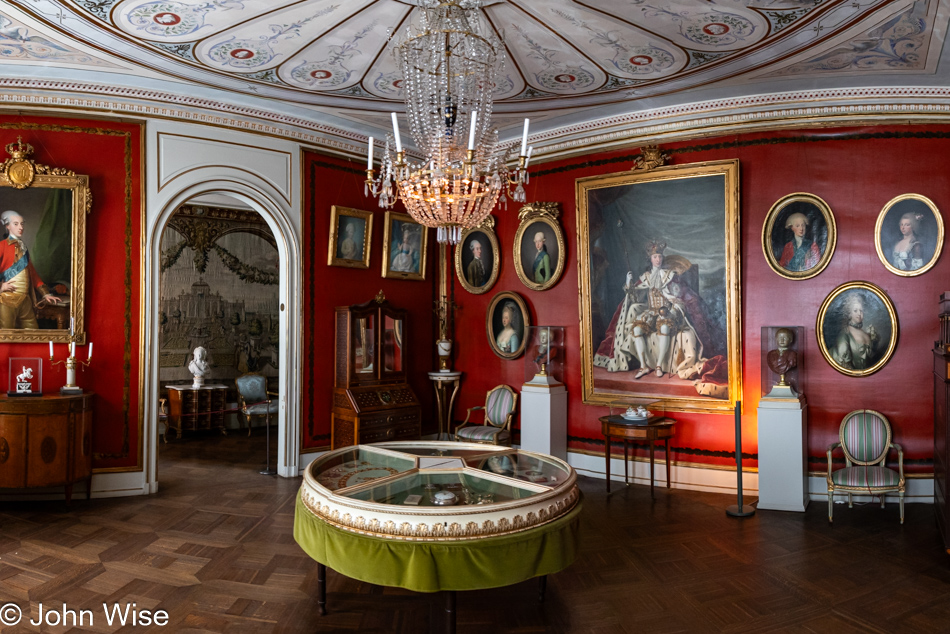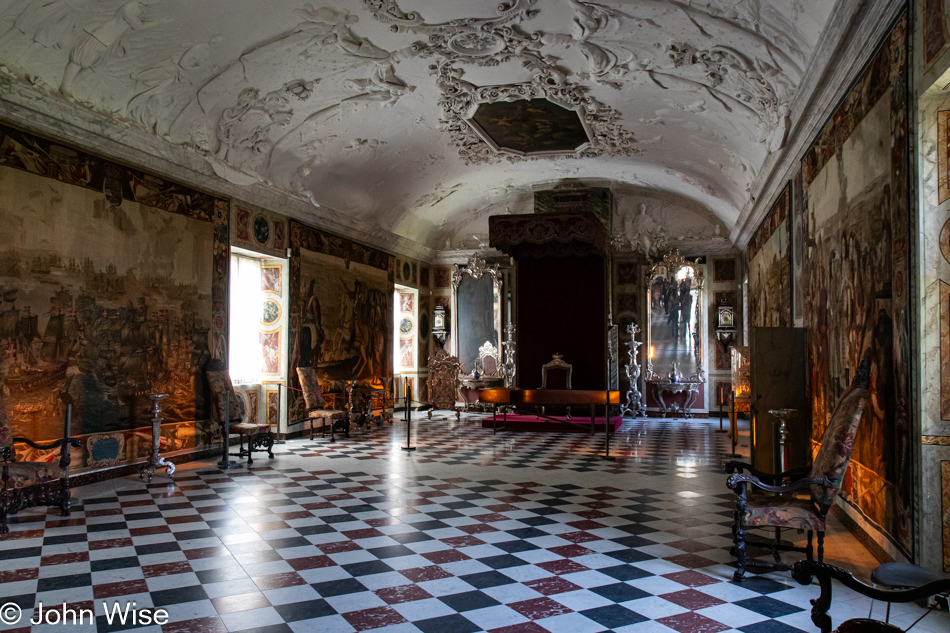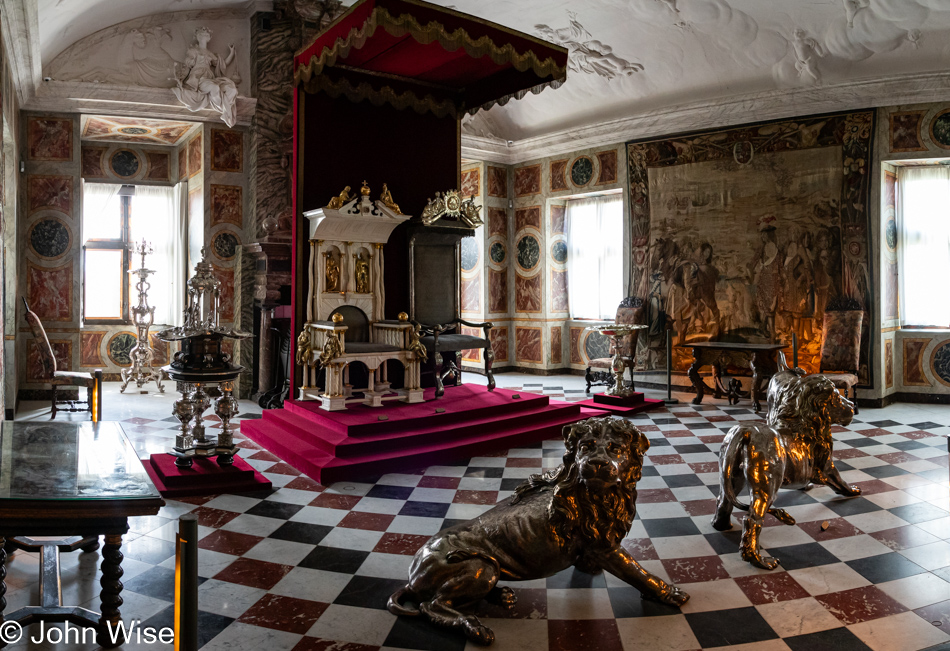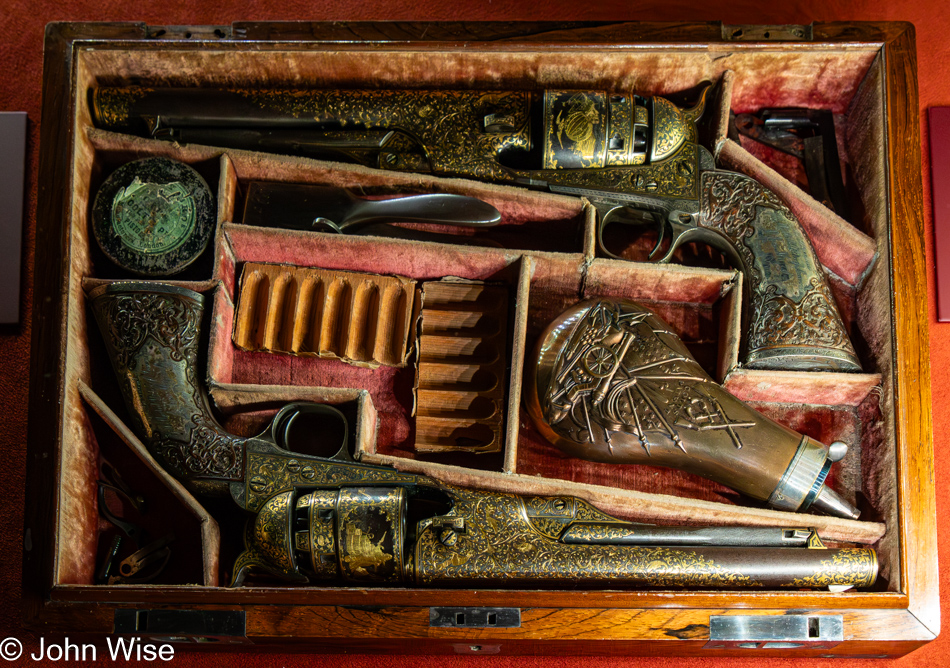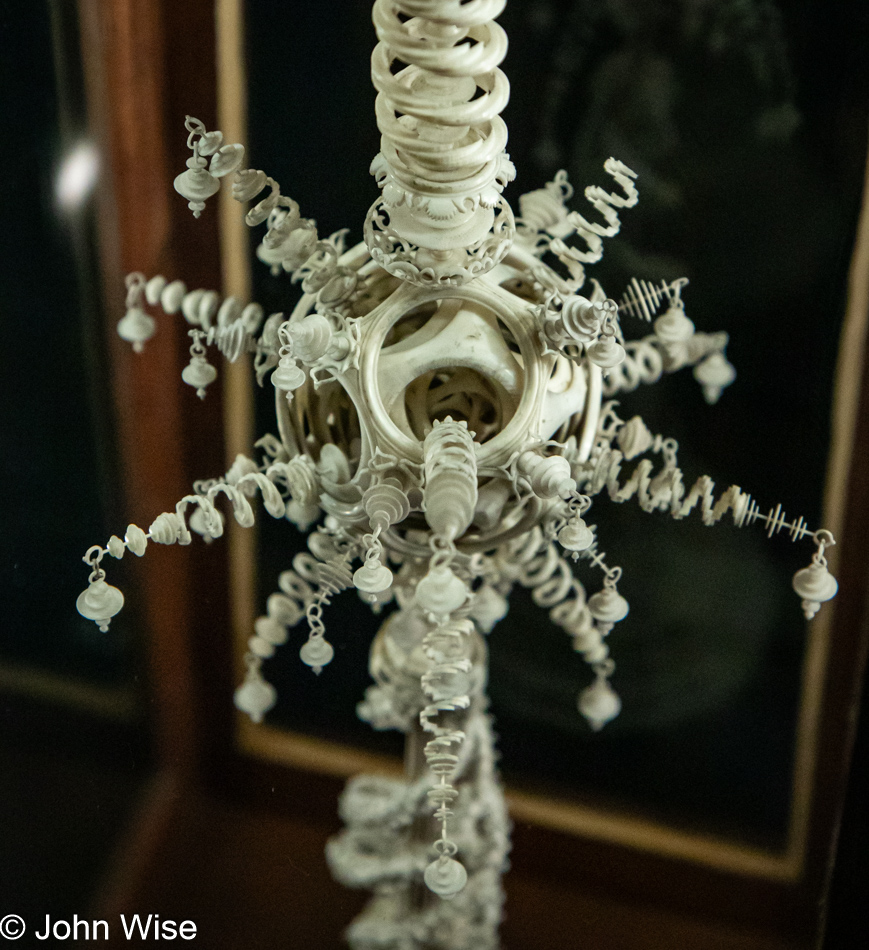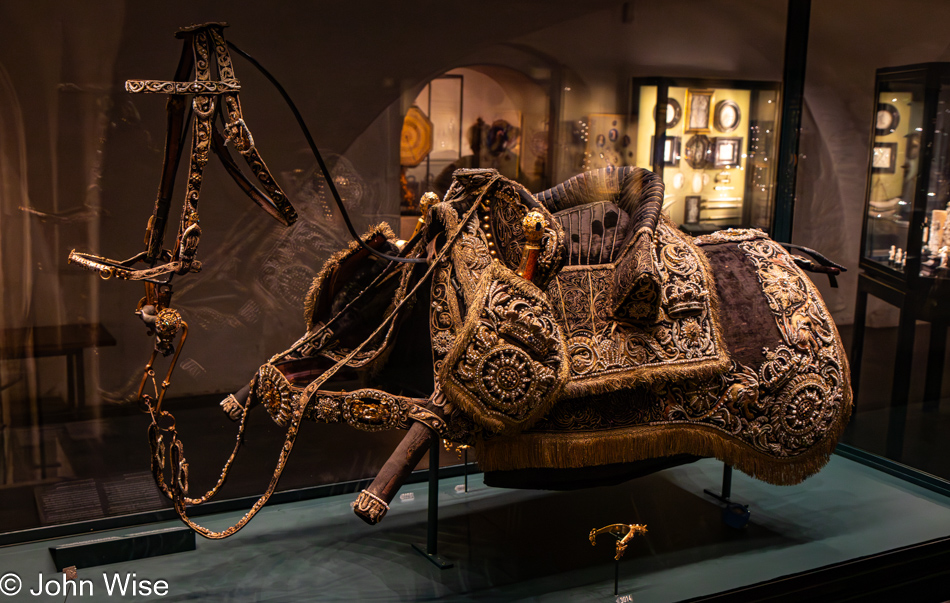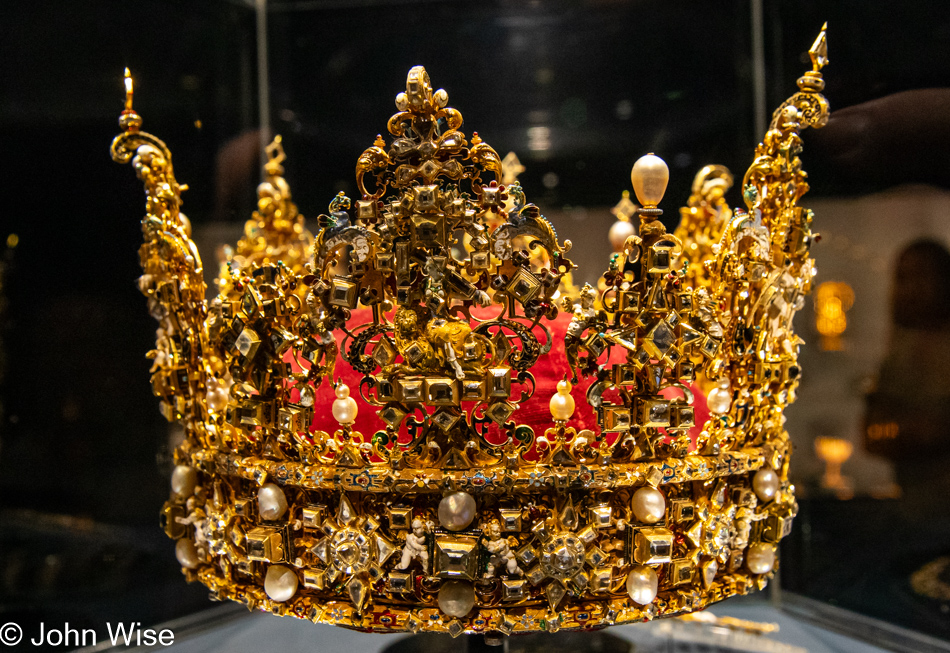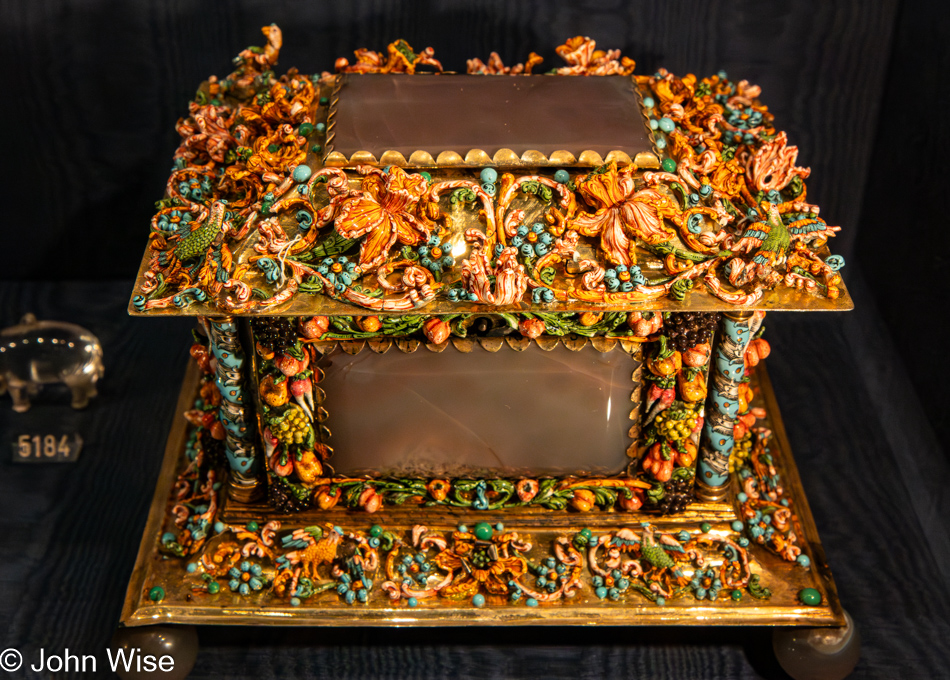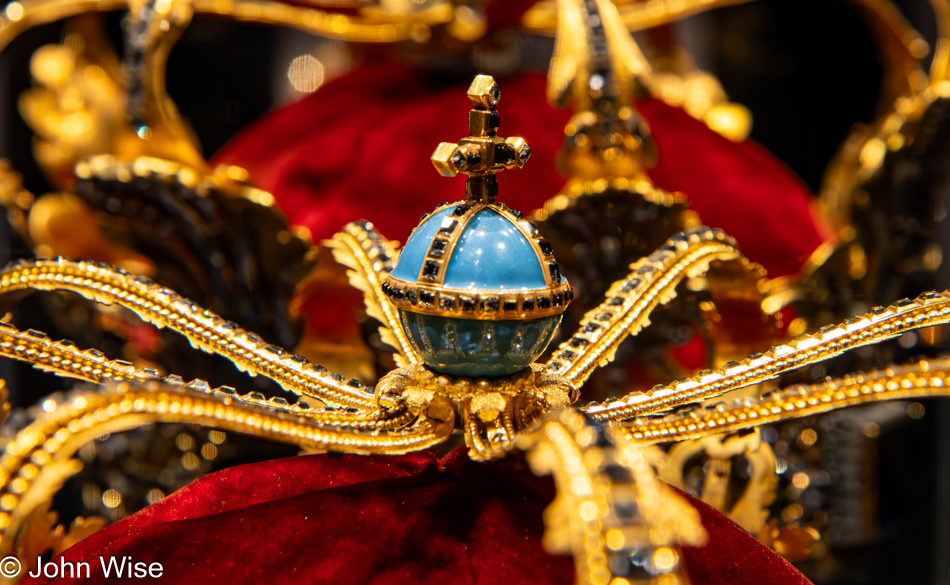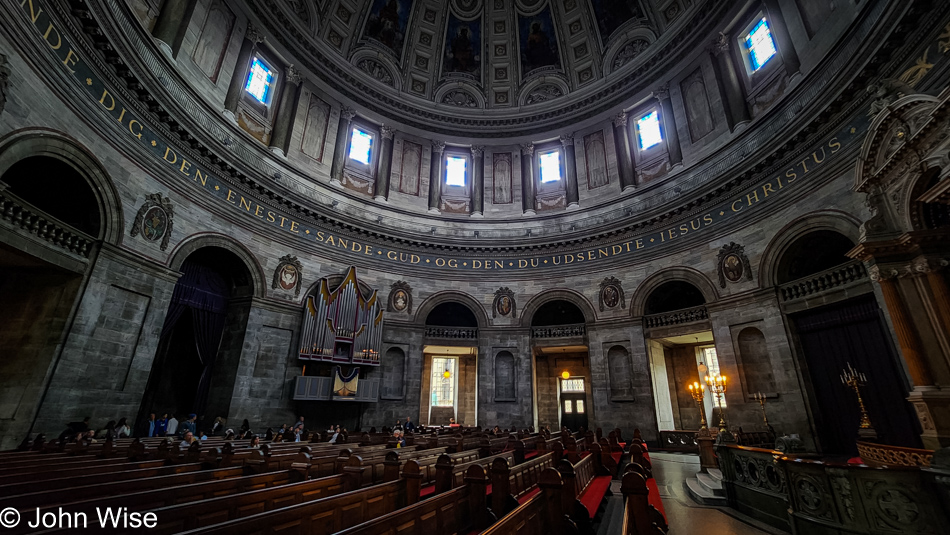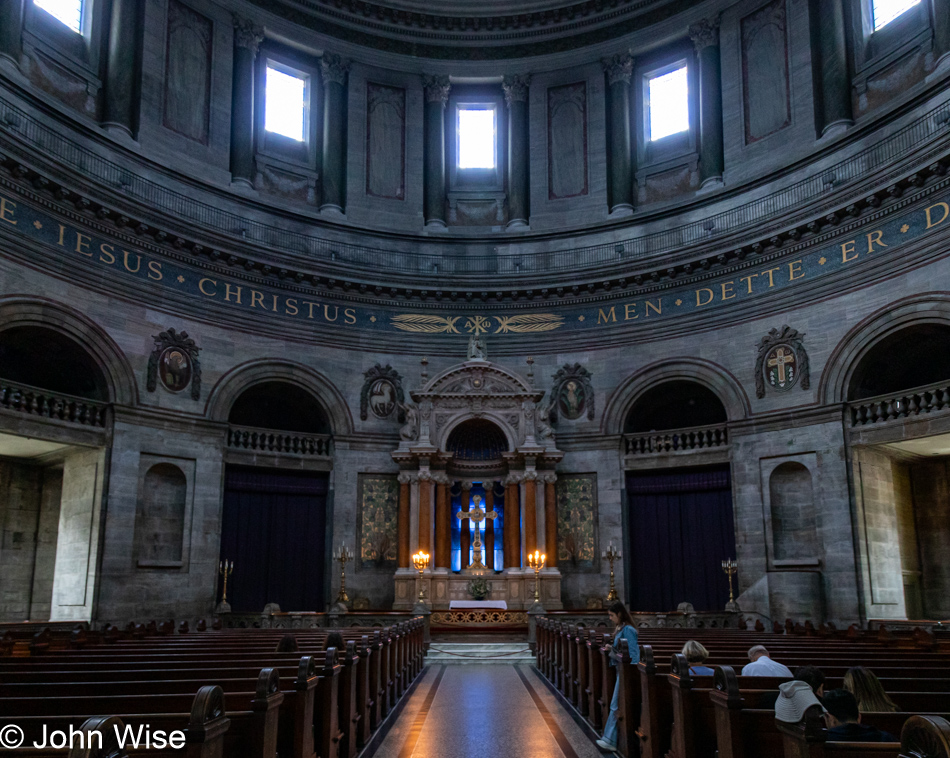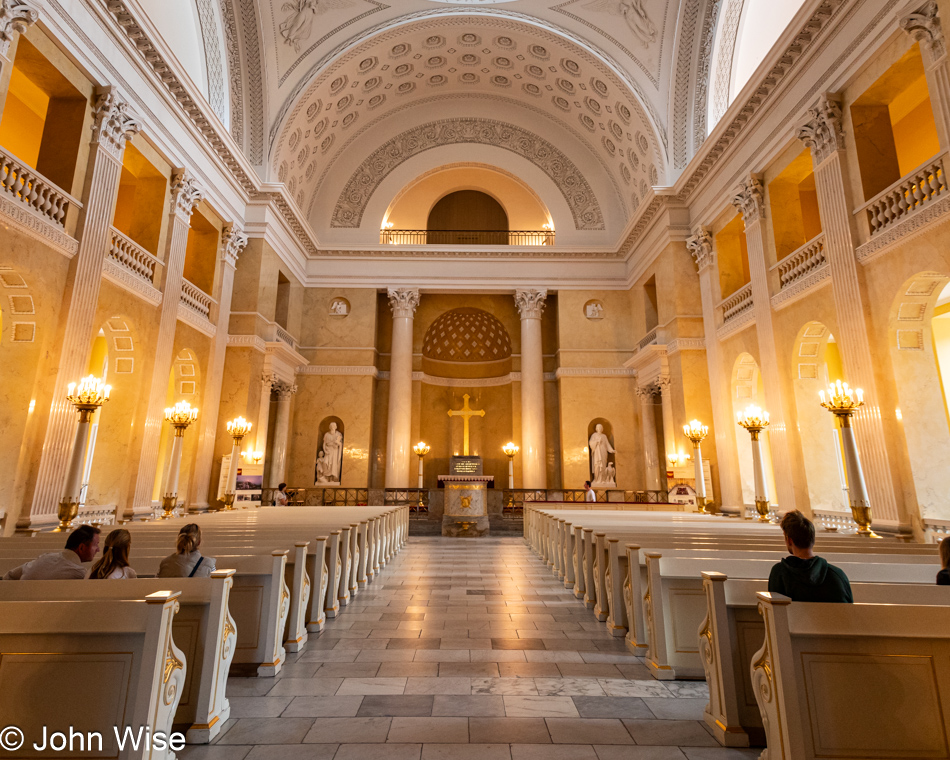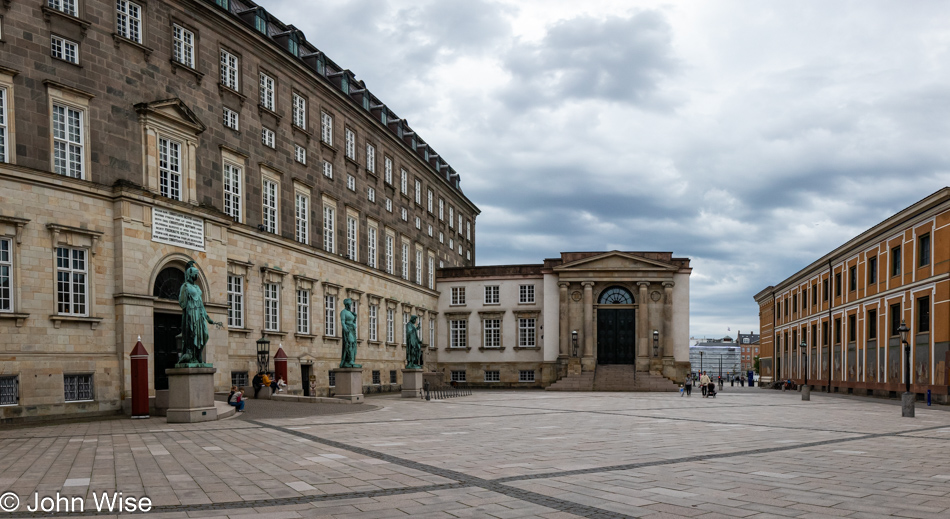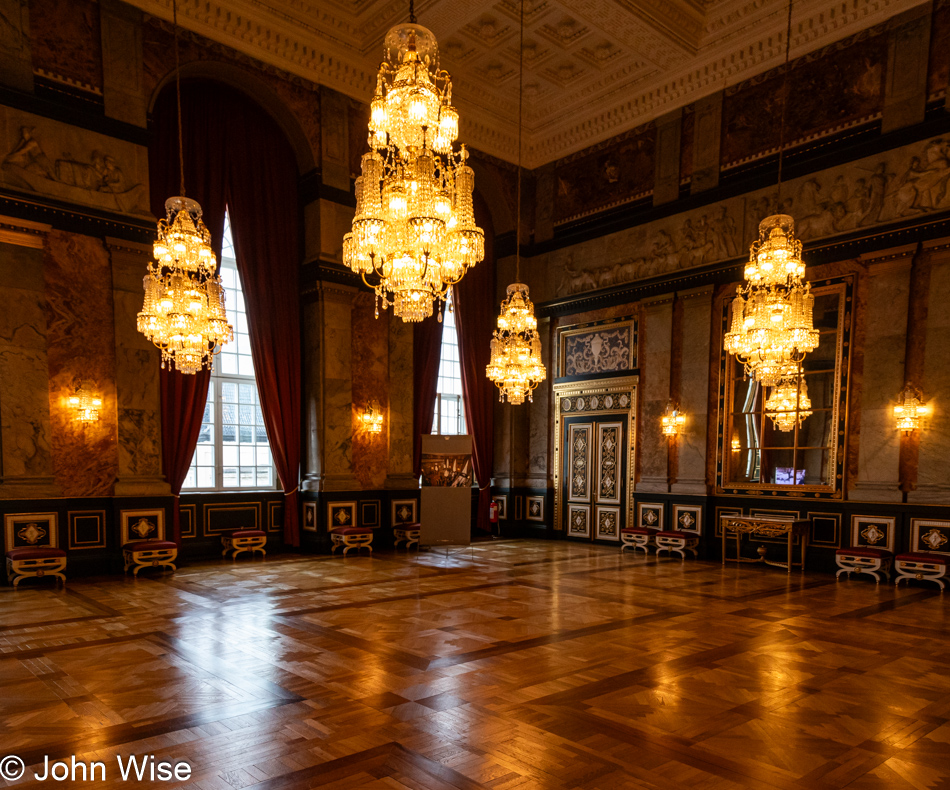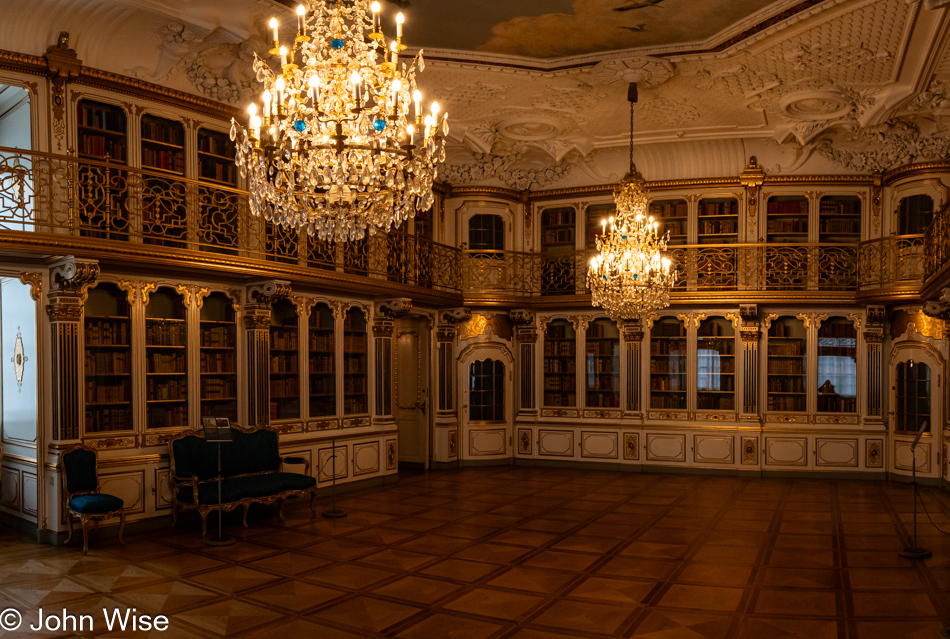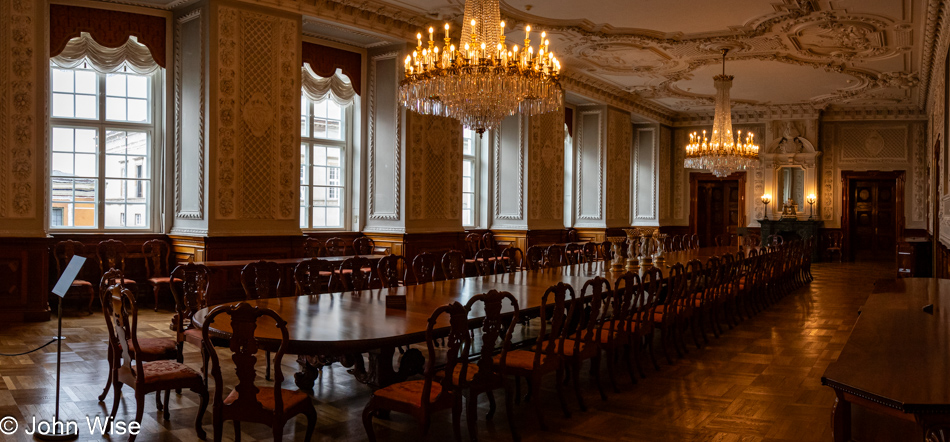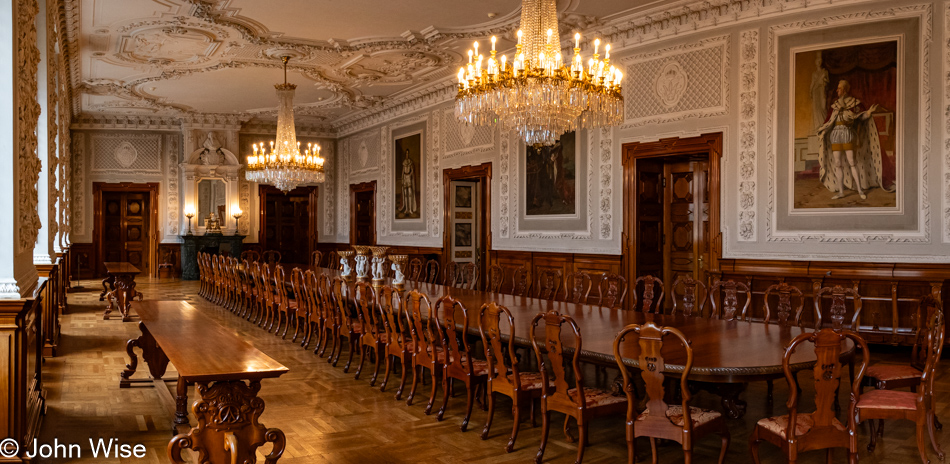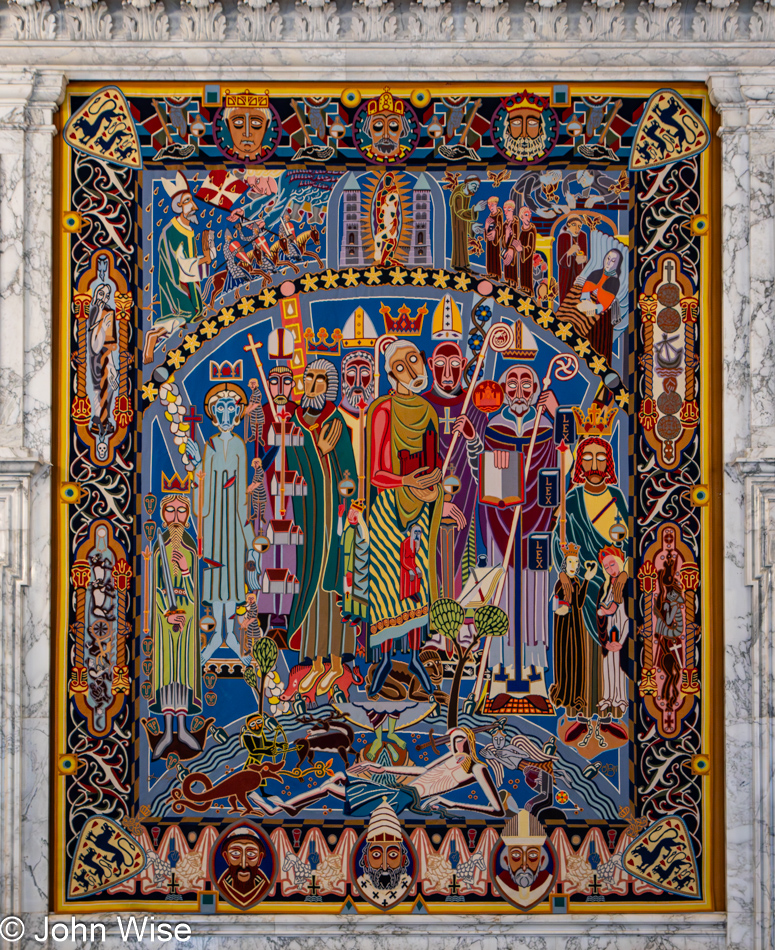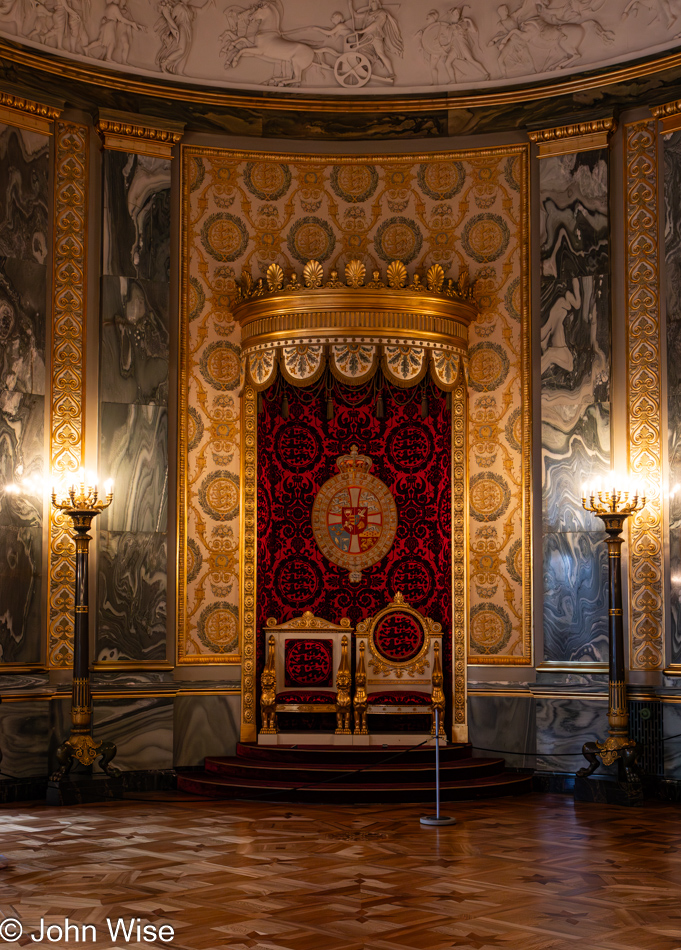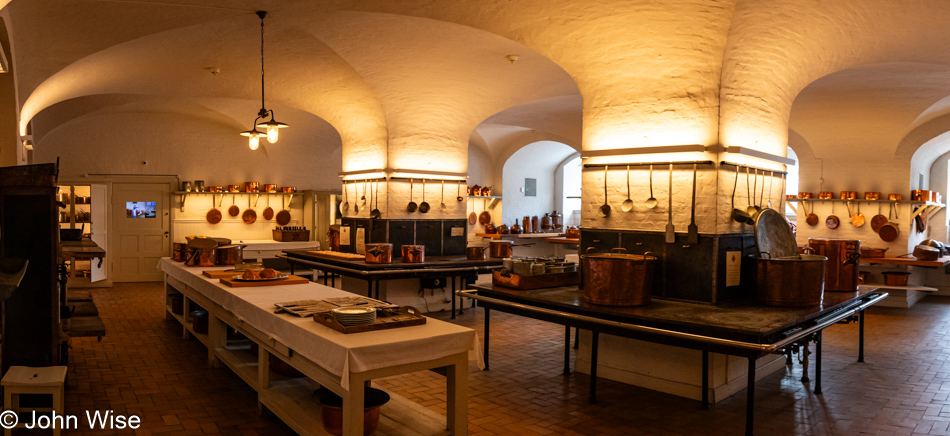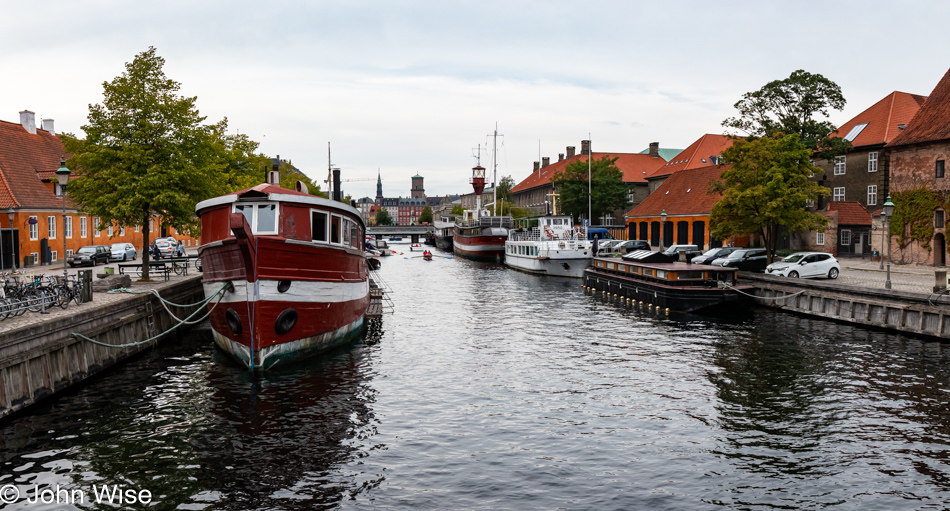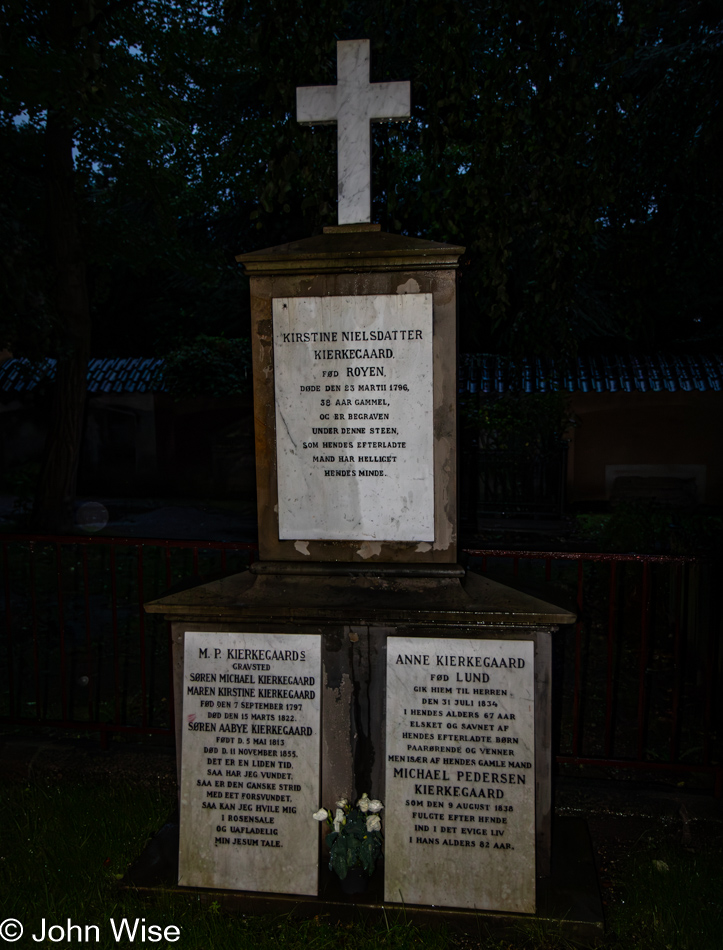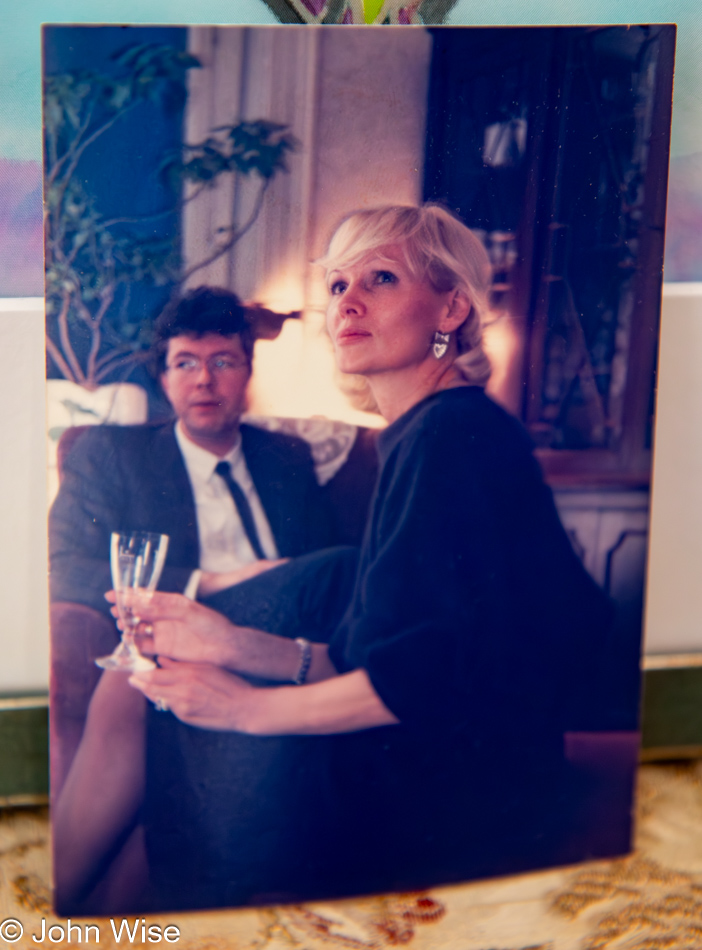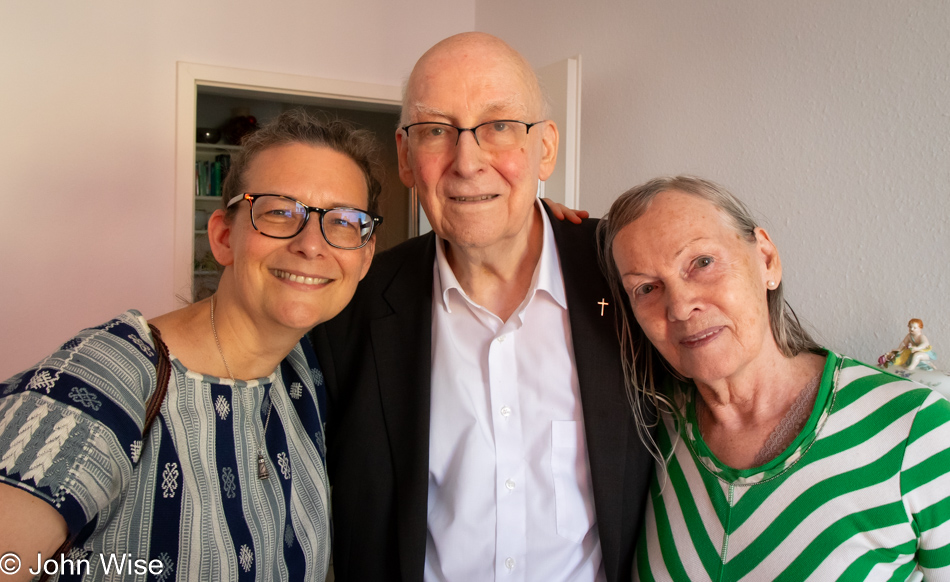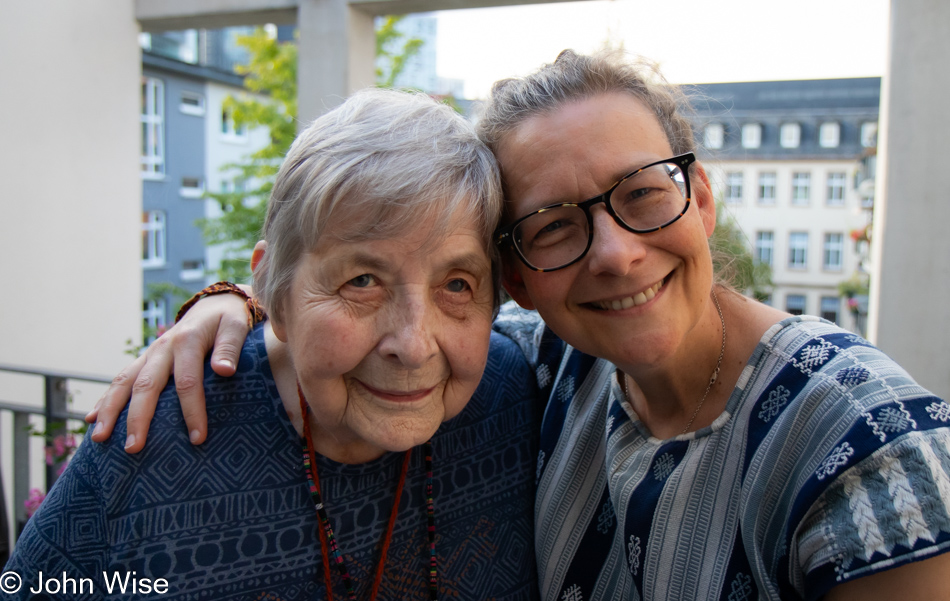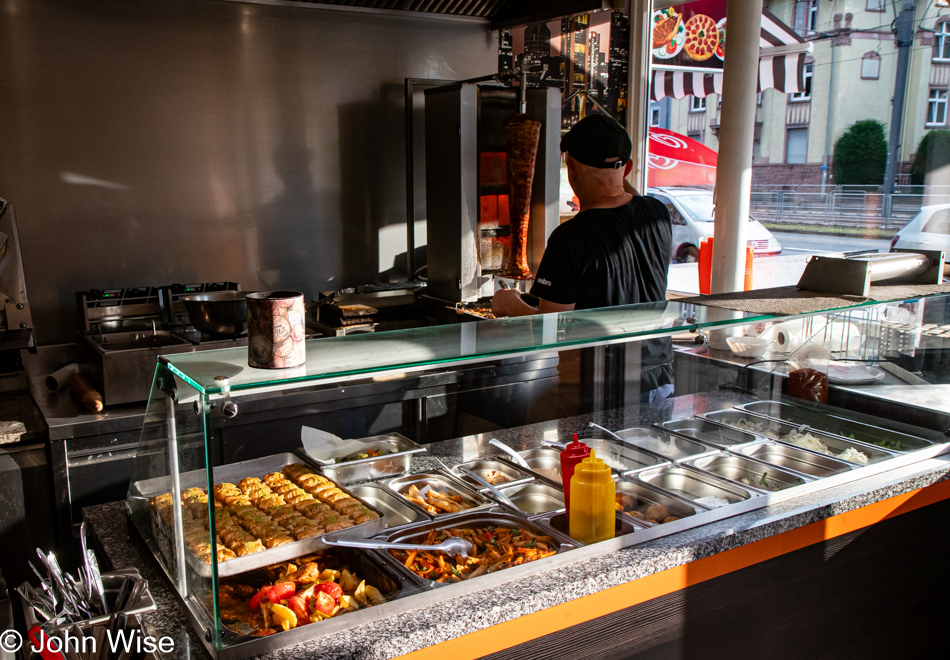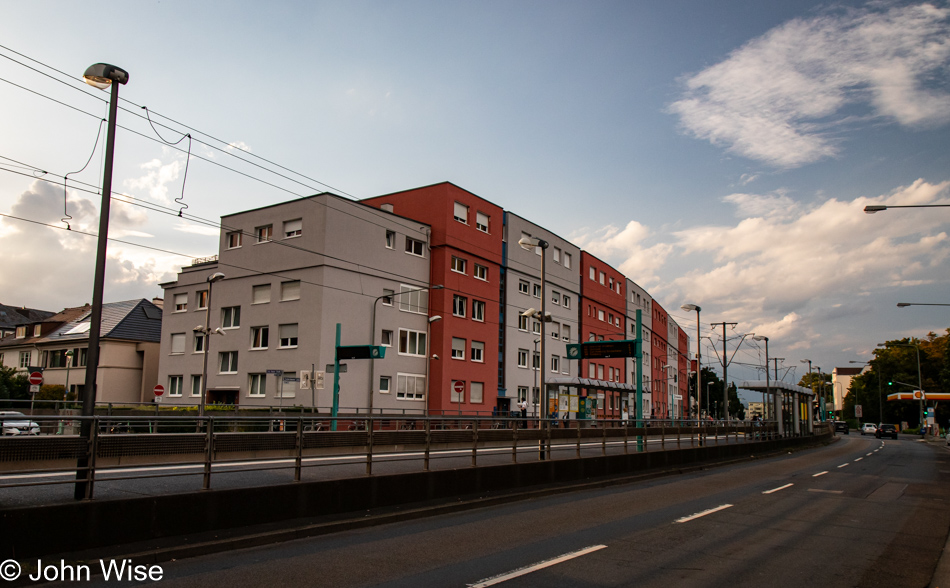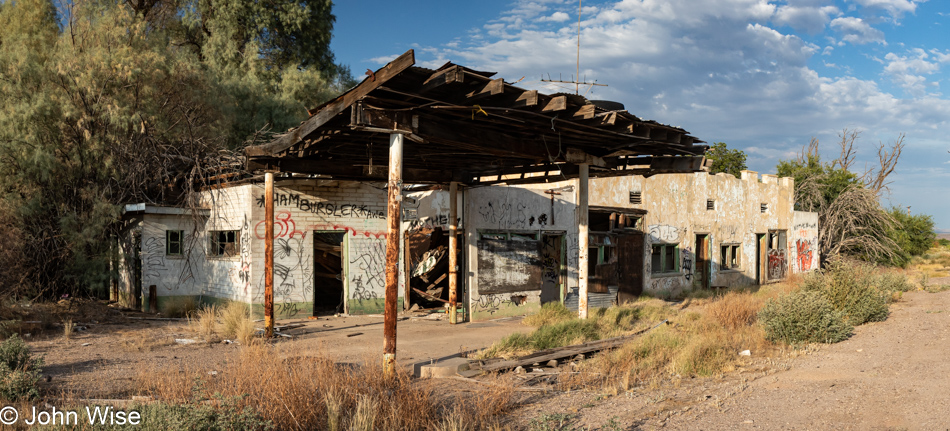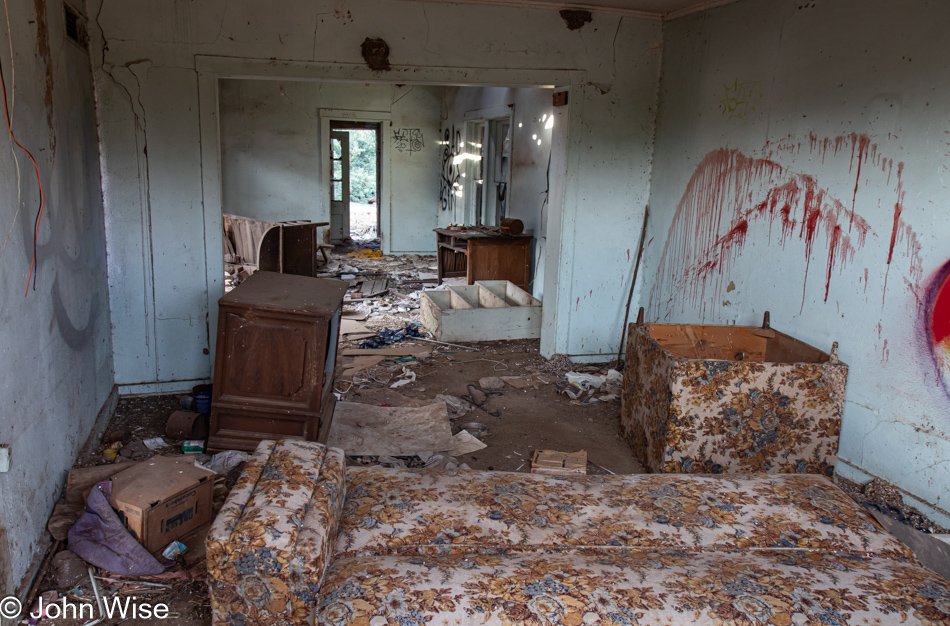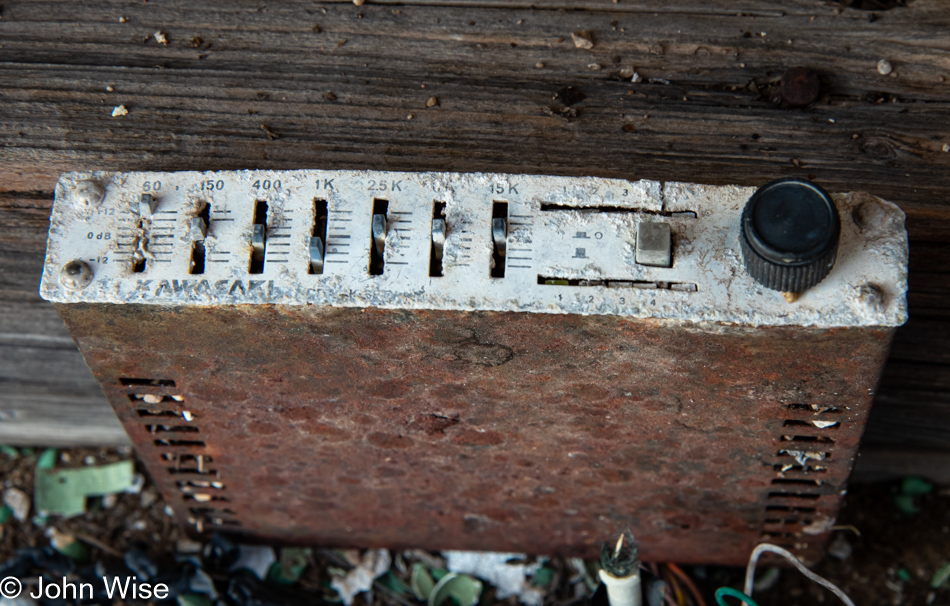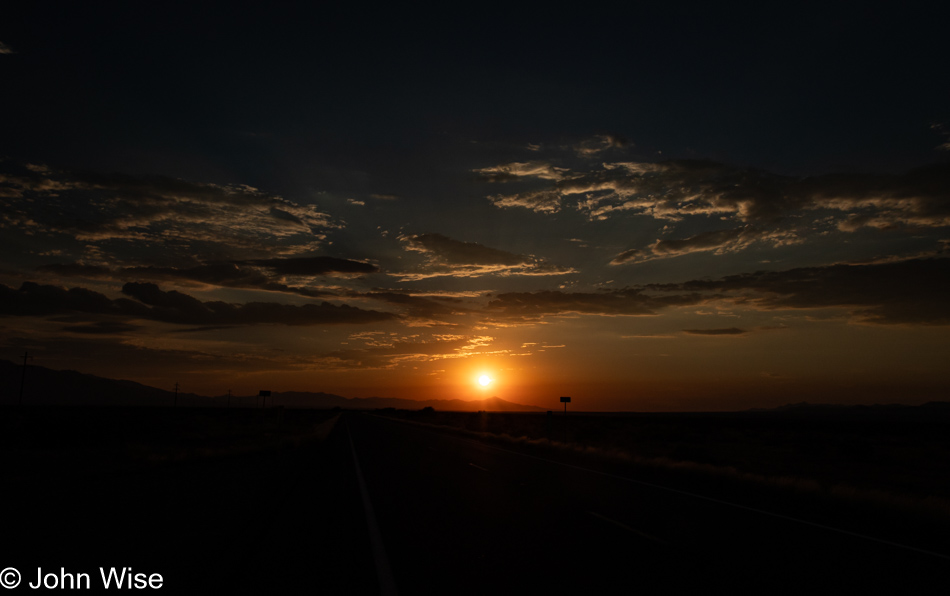
We woke up within minutes before the alarm would have provided a waking nudge, still within the four o’clock hour. A little more than a half-hour later we arrived at the train station, pulling the suitcase of audible annoyance, and said goodbye to Stockholm. We picked up a little something or other for breakfast, figuring we’d be able to get more food in the cafe on the train should we get seriously hungry before our arrival in Oslo, Norway, at noon.

Oops, did I ever know that our 1st class ticket included breakfast? With no recollection of this luxury as part of our purchase so many weeks ago, we were pleasantly surprised when the steward came around handing out boxes that included a roll with ham and cheese, yogurt with a small packet of granola, apple juice, a slice of bread with butter, and milk for your coffee or tea.
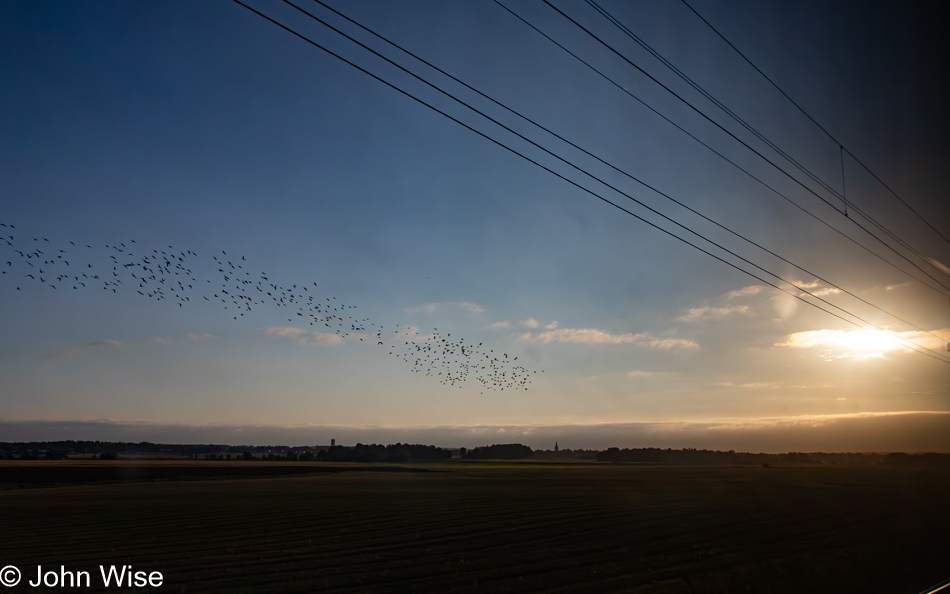
Riding the train at 200 km/h (125 mph) is a good metaphor for life as the world streams by and nothing can be grabbed. Fleeting moments might be captured if one is inclined to look outward but we’ll first have to look up from our routines or boredom to discover there are a great many wonderful impressions worth savoring. Meanwhile, many will remain on track following the dictates of habit, afraid to derail as the unknown arrives with fears and uncertainty.
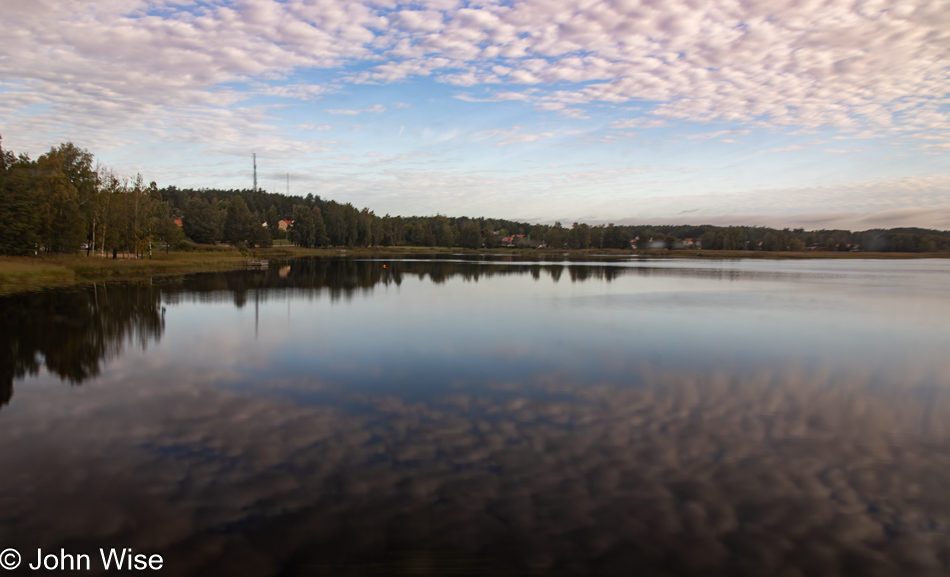
Look at those aboard the train with us; some sleep through the journey, while others apparently require social media to tolerate their time with themselves lest it lead to boredom, and a few appear to be working. Then there’s me looking into the treeline to catch sight of a wolf looking out at us. Passing fields, I hunt for hawks that have already accomplished the same and are feasting on their prey. Passing by a lake, I wonder if the fisherman has caught his.
We see a sign pointing to Sundsjön and think about what that place might be like, but it turns out the sign was for Västra Sundsjön, which is a lake. Fall is starting to show its colors, with yellow and gold leaves replacing the green ones that have been present all summer. The change of seasons has me considering sitting in the same place a few months from now when the landscape is blanketed with snow, but then I’m reminded how the warm bodies of us passengers are producing the kind of humidity that obscures the view with wet, foggy windows.

I’ve searched far and wide for a glimpse of a moose, but other than on souvenirs, I’ve not seen a hint of them. Are we too far south? Traveling by train, I find my view quite limited if I try to look ahead and feel about the same if I try to see where we’ve come from. The point is that even when we are concerned with taking in what’s around us, our perspective will always be momentary and fractional of what the totality is. Leaving the vehicle while it’s speeding forward is not recommended, but as it does stop, will we be prepared to find spontaneity on occasion to venture into a place at once unfamiliar and uncertain to bring us into something profound?
In Karlstad, Sweden, we shift dimensions and modes of transport as the rest of our journey to Oslo, Norway, will be by bus, which will also slow significantly compared to the high-speed rail that got us this far. From peaceful quiet on the train, we transfer to the rambunctious chaos of the real world on a bus. I continue my search for wolves and moose while better than half of our fellow passengers have been lulled to sleep, judging by the awkward positions of their heads and the relative quiet that has settled in. If it weren’t for the 12 hours that would have been required to cover the 220 kilometers from Karlstad to Oslo, we would have been on bikes and able to stop here on the shore of the Klarälven River.

We’ve reached the Norwegian border, next stop: Oslo.
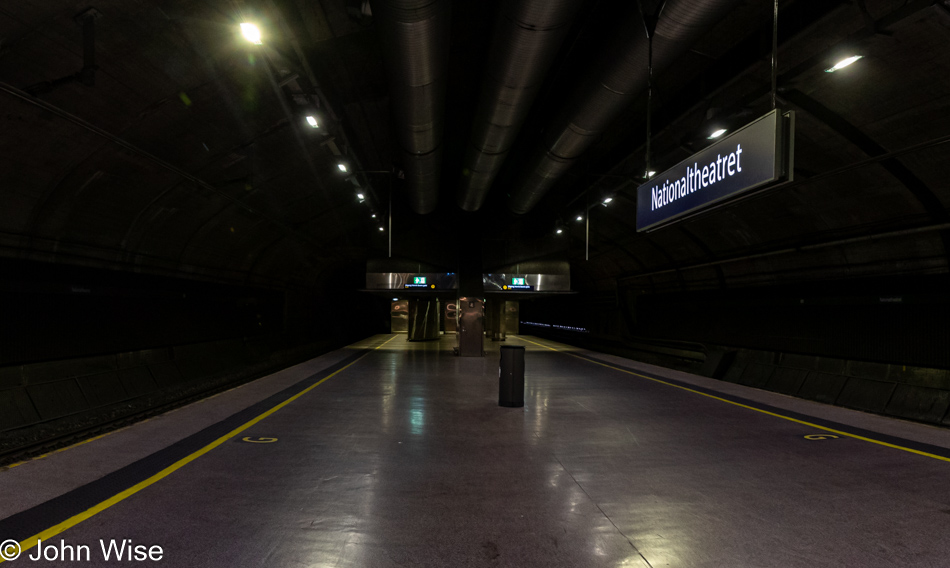
When we got into town, we wasted no time and headed straight to the subway train that would get us close to our abode for the next two nights: Guldsmeden Hotel Oslo.
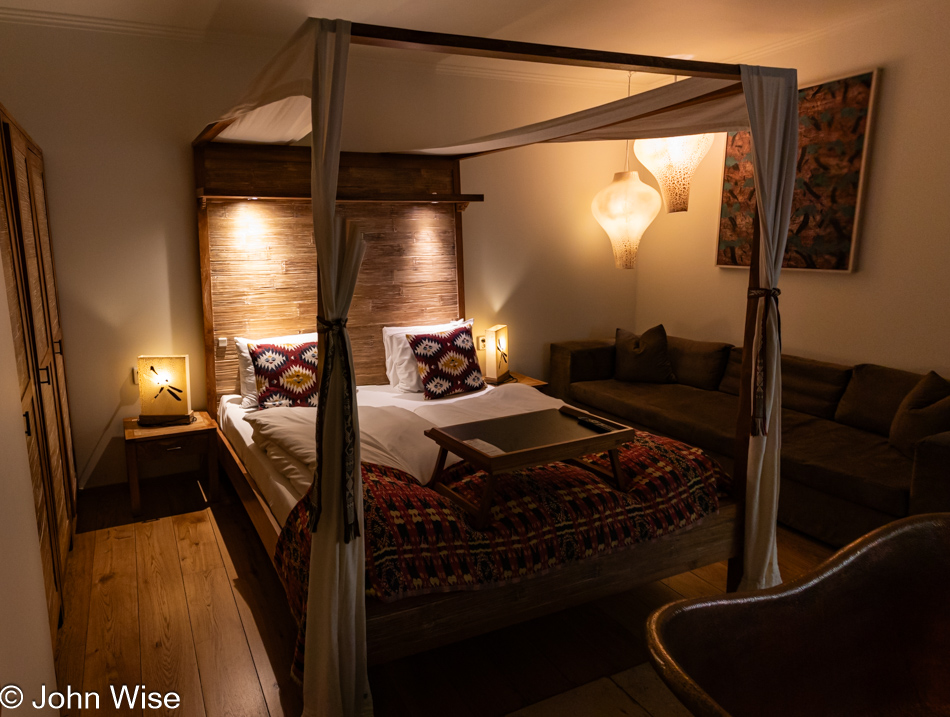
At check-in, we were given a pleasant surprise that our room had been upgraded to the bridal suite that not only had a big brass deep bathtub in front of our bed (that we’d not have time to use) but also came with a private sauna that we would acquaint ourselves with later this evening. However, with all of that blue sky smiling down on us outside, there was no time to luxuriate in our fantastic room, so we peeled ourselves away and got busy.

The plan, which is similar to other plans when arriving in a new city, was to get to the yarn store and get the fiber collection duties out of the way, but a funny thing happened on the way. We were walking up Parkveien, the same street we were staying on, when we saw a big park that also featured a large royal palace we could detour around, and seeing we were early, we’d not miss our real destination by taking a moment for sightseeing beyond the street we were traveling on.

Hey Norway, while your royal guards carry weaponry that appears ready for deadly riots or combat compared to your Swedish cohorts and their simple rifles, you could learn a thing or two from the Swedes regarding uniforms, especially the headgear. Nothing says badass quite like a helmet with a chrome buttplug on it that inspires thoughts of the film Everything Everywhere All at Once.
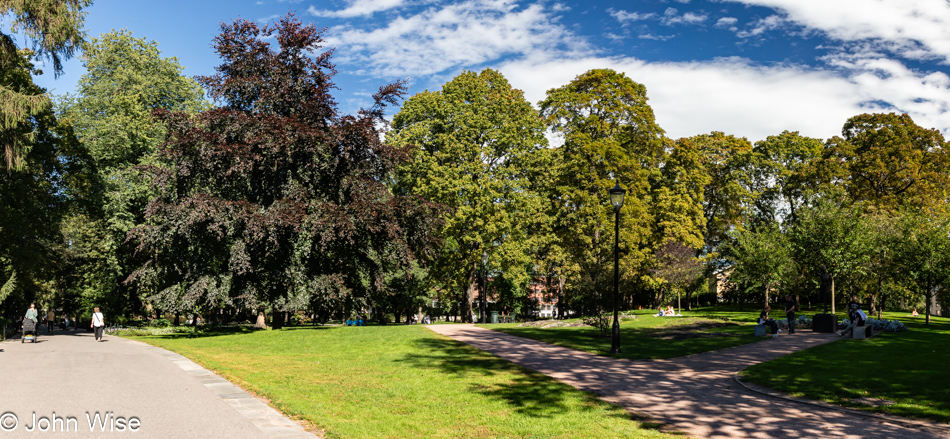
Now finished with denigrating the Norwegian Royal Guard, we took a left through the park to see if we were now ready to avoid distraction.
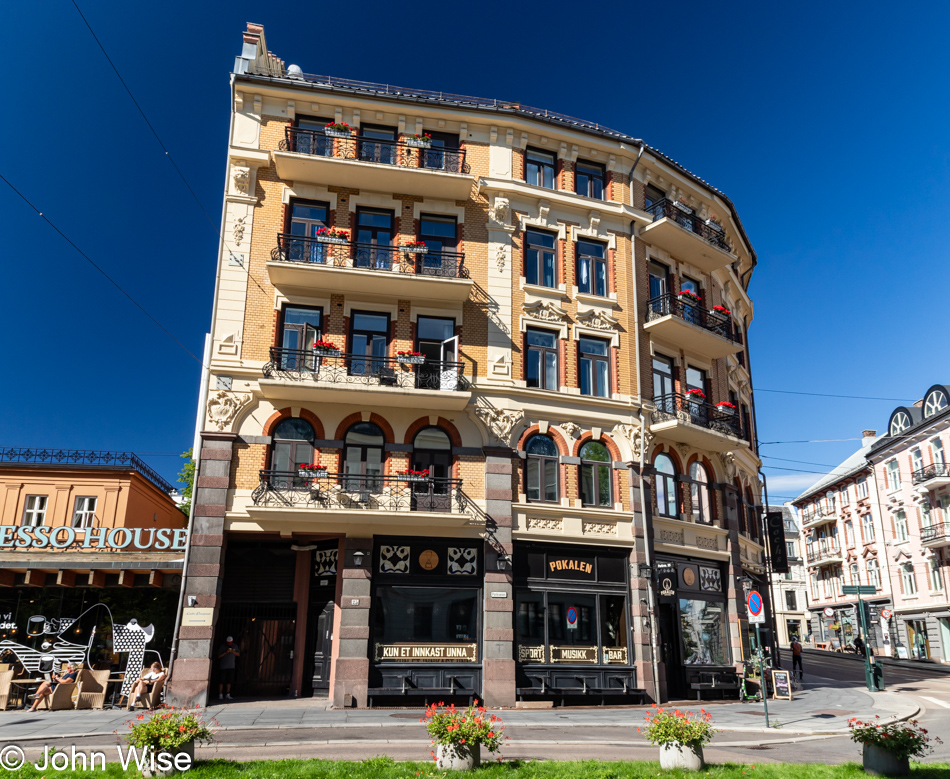
Whenever entering a new city, especially the capital of another country, we are keenly alert to what unique characteristics might define the architecture, lending a sense of what this nationality brings to this place.

Witness this historic moment for yourself as Caroline, for the first time in her life is purchasing yarn in Norway. Should you think there must be a limit to this yarn acquisition madness, you’d be mistaken, as I’m fairly certain we have no less than 1,000 skeins of this stuff at home. I can already hear the whine from my drama queen wife, “But we didn’t have any from Tjorven yarn in Oslo, so this Drops brand is like me taking a part of Norway home with us…and shut up anyway, you know this sock yarn is all about you!”

Little did we know on this day how important the Freia company would become to us once we reached Myrdal, Norway, but that story will have to wait a few days.

I wonder how many visitors to this blog tire of our formulaic approach to visiting a city, from yarn store direct to a church, and today is no different as we are about to pay a visit to the Oslo Cathedral.

This is the 900-year-old Devil of Oslo, and while the Oslo Cathedral was only completed 326 years ago, in 1697, the carving of a man being attacked by a dragon and a lion was recovered from St. Hallvard’s Cathedral, Oslo’s original cathedral, from the 12th century. After a fire in 1624, St. Hallvard was abandoned and left to decay. While the ruin remains not too far away from here, this relic is now part of the wall of the “new” cathedral.
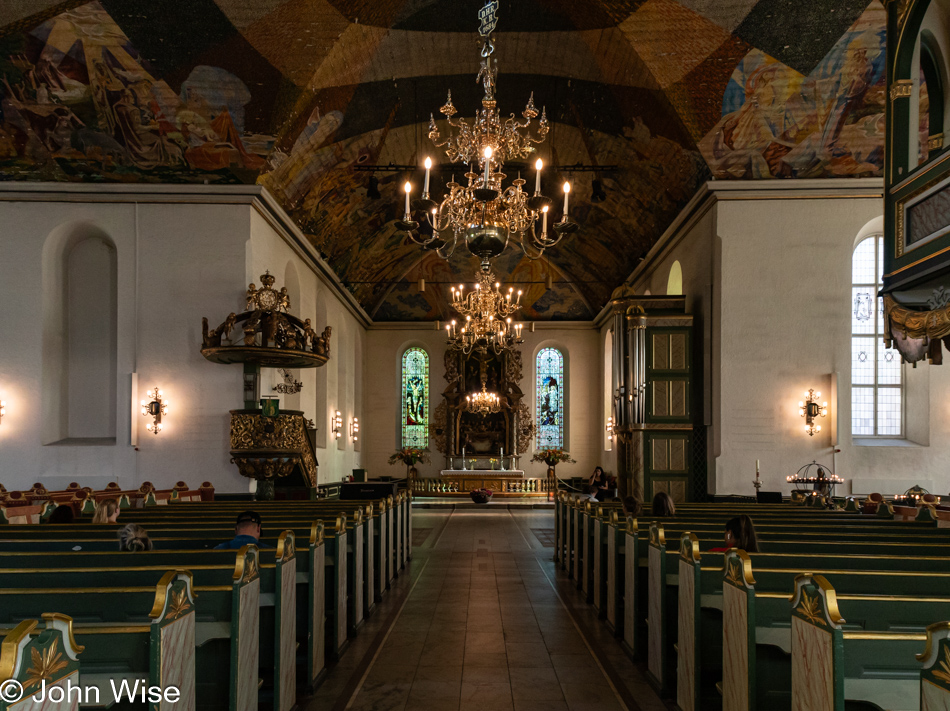
The Right Reverend Kari Veiteberg appears to be the first woman to ever hold the bishop title here in Oslo. Like so many other churches in the 16th century, this church broke away from Roman Catholicism to become an Evangelical Lutheran denomination, but it would take almost 500 years before a woman would take the helm.
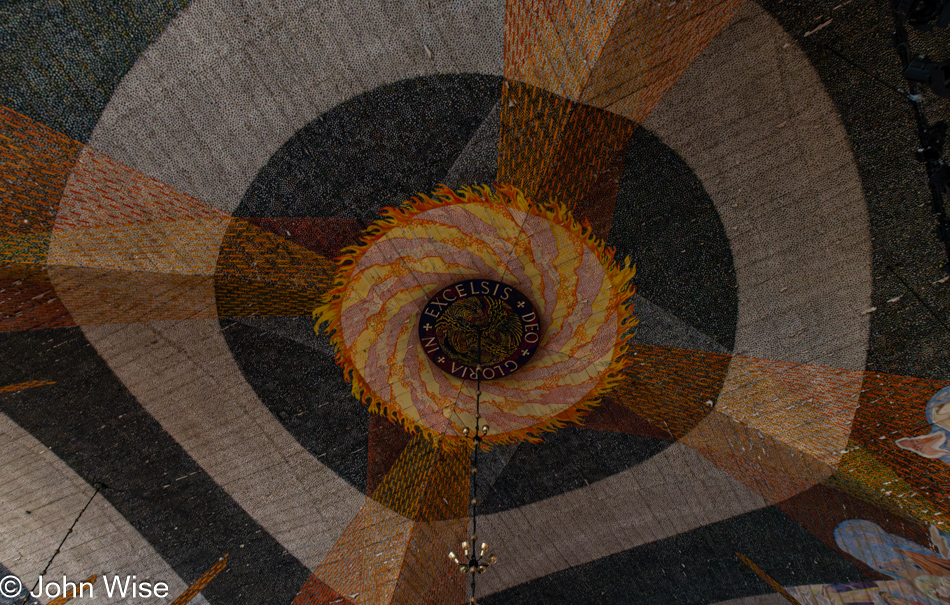
This is one of the more peculiar paintings I’ve seen on the ceiling of a cathedral, and have to wonder if it’s not a bullseye maliciously painted on by the departing Catholics as a target where God should aim his vengeance for the Norwegians joining the Reformation or maybe it’s a new age relic from the 1970s.

Who inspired whom? Are these ceiling paintings older than Edvard Munch, or did he take inspiration while at the cathedral? [Not sure who inspired whom, but the cathedral paintings are by Hugo Lous Mohr – Caroline]

This building is known as the Storting, which in English is the Norwegian Parliament. After learning just enough about Scandinavian history, it becomes apparent that “Storting” translates to big assembly as “Stor” is big and “Ting” is council or assembly meeting, which makes Storting an appropriate name for parliament.

Here we are once again encountering Saint Hallvard who turns out to be the main feature of Oslo’s coat of arms and features prominently on manhole covers across Oslo. Before becoming the patron saint of Oslo, Hallvard Vebjørnsson was just a 23-year-old man trying to defend an innocent young lady who’d been accused of theft when he was killed for his noble actions.
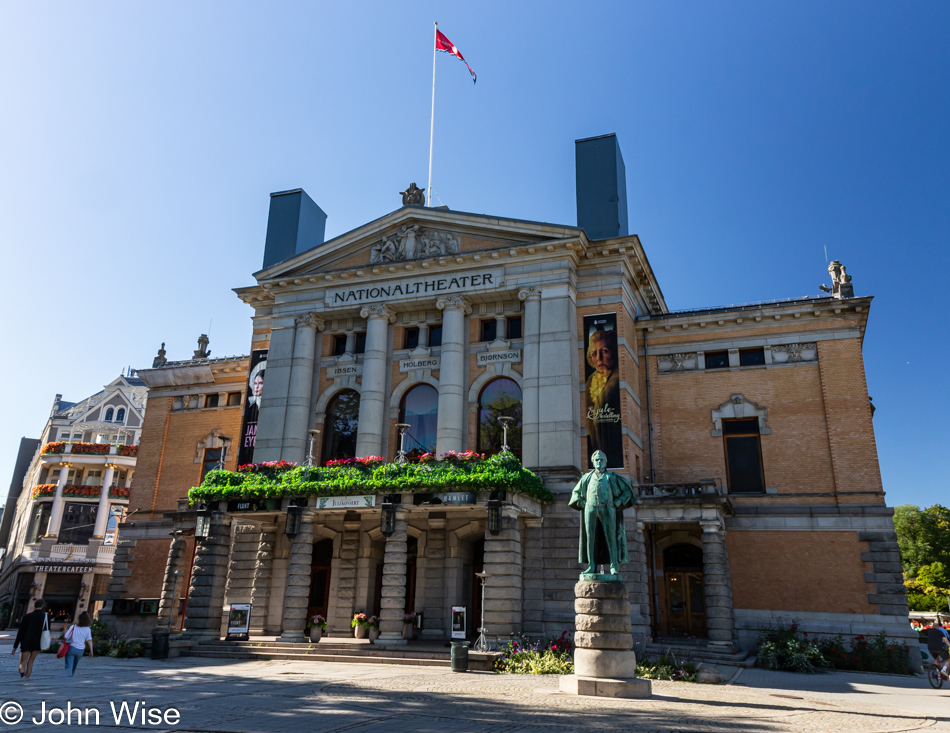
Almost as an homage, we had to visit the National Theater because not only did Henrik Ibsen collaborate in the founding of it, but there’s also a great statue of him here; you’ll have to see that for yourself. I first learned of Ibsen from another author who mentioned some aspects of his writings in connection to the work of Friedrich Nietzsche, which introduced me to Ibsen’s work titled Peer Gynt, though it is but a distant memory these days.
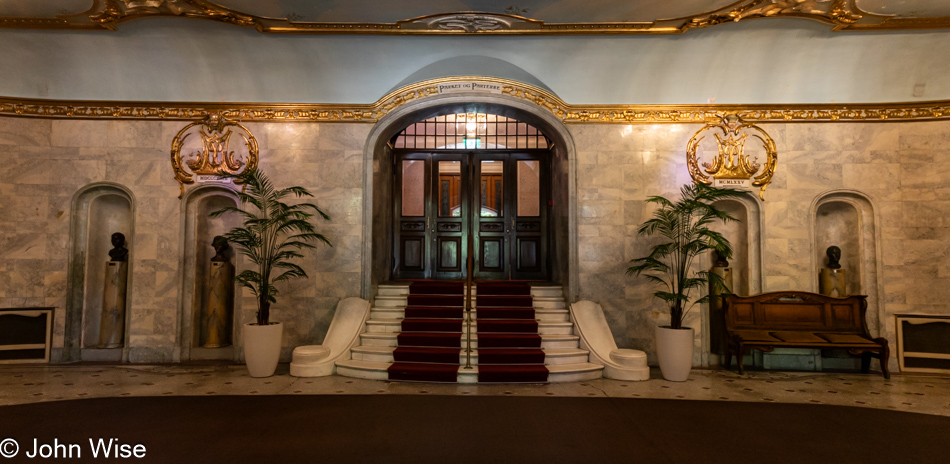
The theater was closed, and this was as far as we were allowed in.

P. A. Munch, as a statue, stands in front of the University of Oslo Faculty of Law. While he shared the same last name with his famous nephew, the artist Edvard Munch, P.A. was famous in his own right for what he brought to Norwegian national identity through his historical texts on medieval Norway. [In case anyone else is wondering – P.A. stands for Peter Andreas, but for some reason, he’s usually referred to by his initials. – Caroline]
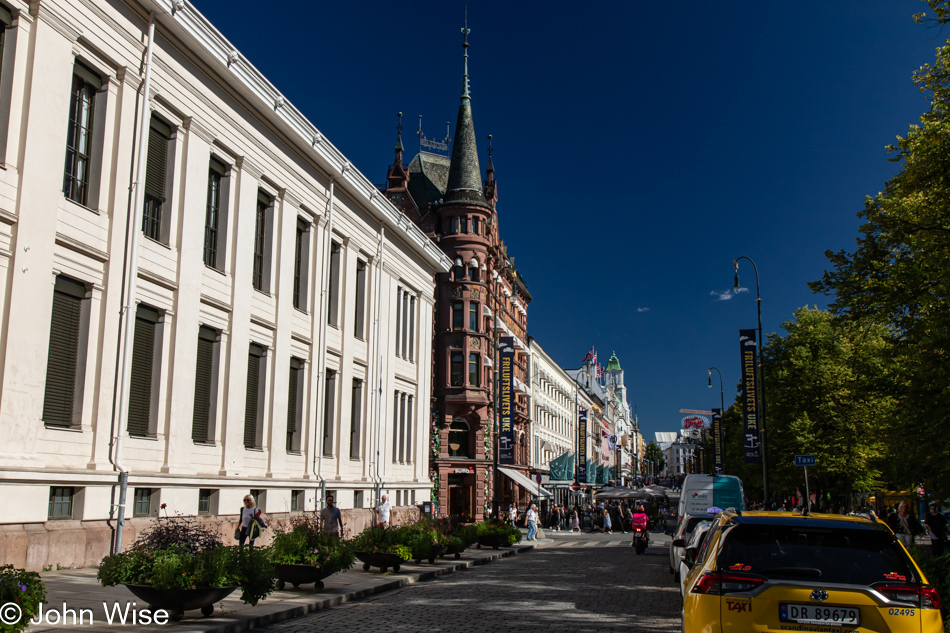
As far as I know, there’s nothing famous or very historic going on in this photo; it’s just a snap of a scene that was appealing to my eye. Maybe this is a good time to share some trivia about this city. The original name upon its founding in 1040 was Ánslo, but after a fire in 1624, the Norges at that time changed the name to Kristiania in honor of the king at the time of rebuilding. [Christian IV of Denmark, the same monarch who lived in Rosenborg Palace in Copenhagen – Caroline] Then, in 1925, the city was renamed again, this time to Oslo.

If there was any disappointment to any part of this Scandinavian adventure (and I assure you there has been none), it would be in some small part connected to venues such as this building known as the Oslo Konserthus (Concert Hall) where I couldn’t find a musical performance for us to take in. Of course, that might be a good thing as giving three to four hours over to sitting still when we could be on the go takes away other things.

This is Akershus Castle. Although we would walk below it later, we would never make it into the old fortification as it’ll turn out that a mere day and a half in Oslo was a total underestimation of how long we should visit this city.

You all realize, don’t you, that this is symbolically a photo of Caroline and me? It is a Frankfurter there at about the same height Caroline von Frankfurt would be if she weren’t taking this photo of what, in reality, is John and a big spicey wiener. But metaphors and innuendos are more fun than just sharing that we were hungry and split this hot dog. I nearly forgot to add that somewhere else along the way over here, we stopped at a bakery and shared a skolebrød which is a sweet yeast roll with custard dusted in coconut. Caroline’s comment was she’s sticking to the cardamom rolls.

This area is known as Aker Brygge, and it is C’est Chic with apartments that I’m guessing cost in the millions, and I don’t mean just as in Kroners. From the looks of things, it would appear that the city is giving itself more land by reclaiming space over the fjord, but this is just my uninformed opinion. While it would possibly great to spend the summer here, I’m skeptical about the short winter days when the sun rises at 9:18 and sets at 3:12, offering up less than six hours of sunlight, which I just can’t imagine.
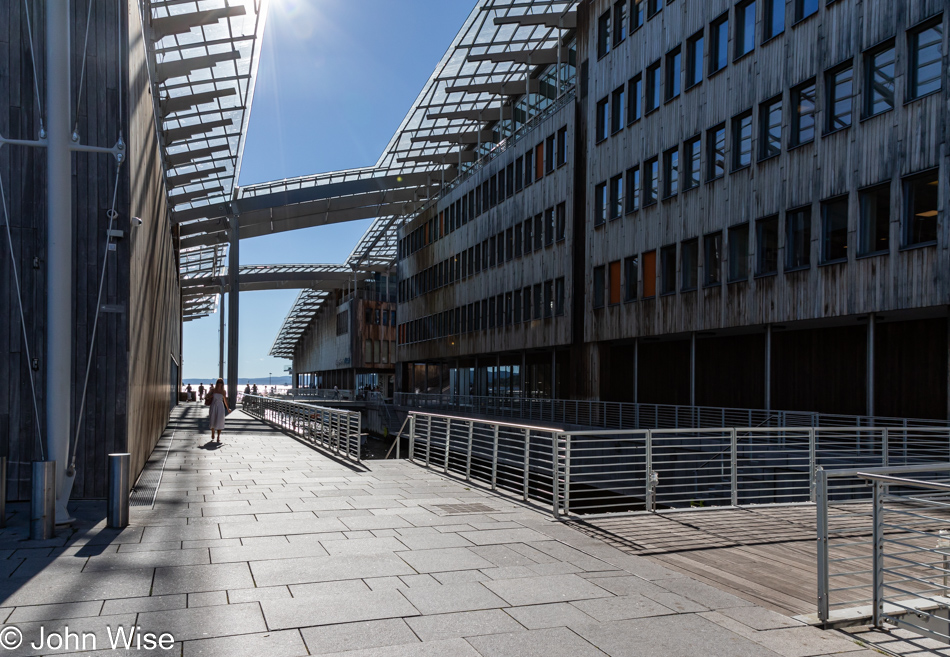
I’ve come to learn that we were incredibly fortunate during our visit to have two consecutive days of sunshine as Oslo only gets about 1,740 hours of sun per year compared to Phoenix, Arizona, where we get almost 3,900 hours of local starlight. Some other things to consider: the longest days in Oslo are longer than 22 hours, while in Phoenix, our longest days are only about 15 hours long. And then there’s the rainfall: it rains on average 172 days, which is better than Bergen, Norway which is where we’ll be this coming Saturday. Bergen sees 239 days of rain per year.

But today is a perfect day, as witnessed by the countless people lying in the grass or hanging out on the water.

This perfect late summer day even invited us to pull up a bench in the shadow of the Astrup Fearnley Museum to relax and watch birds pass overhead between us and the deep blue sky as we grew older and collected more wisdom. Sure, it’s a cliche but in those smiles, can you see that this pair of birds are perfectly paired? Because we can.

We could have laid there for hours in cozy comfort, but the voice of reason called Caroline insisted we peel away, and she was right because, after tomorrow night, we’ll no longer have the opportunity for a stroll along the Oslofjord.
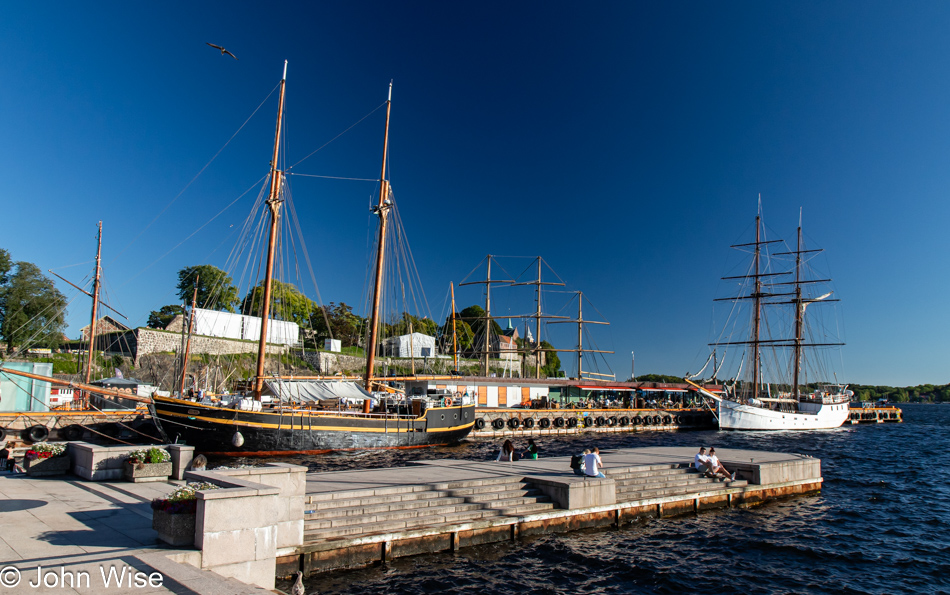
I know that the last photo was not of the fjord, but I’m an equal opportunity lover of my best friend/wife/travel bestie to birds, architecture, churches, nice weather, great food, sailing ships, everything in nature, the hue of sky and sea, I’m ready to capture it all when it comes to reminding myself and Caroline of the smiles that adorned our faces.

It was exactly the way this photo looks regarding the absolute quality of perfection that was going on during these hours of incredible.
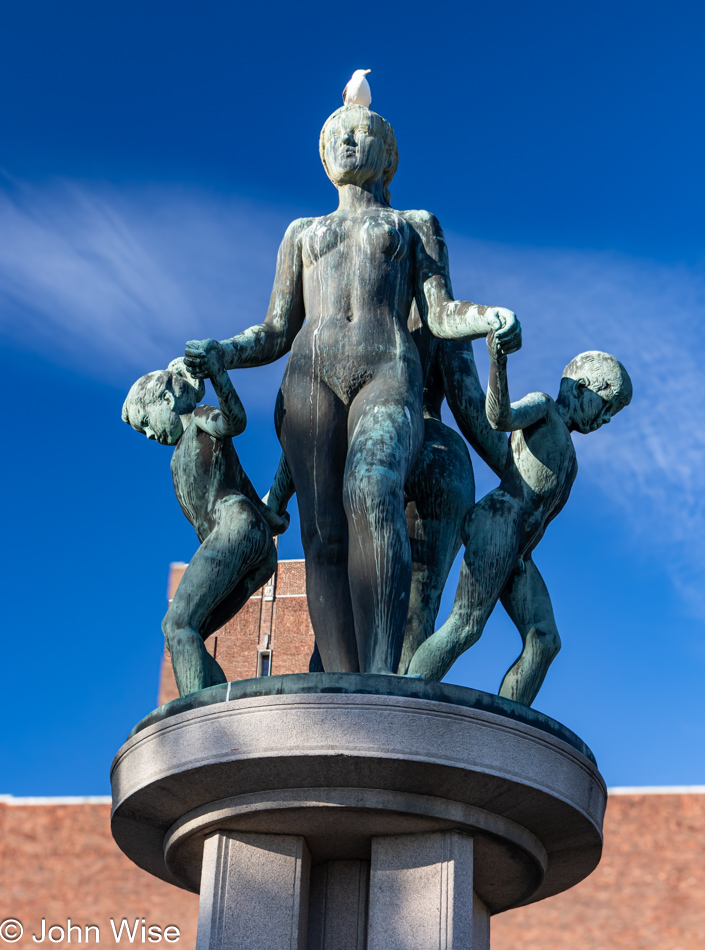
Hey, all you youngsters, back in my day, fur-pie was still a thing, and shaving one’s body hair hadn’t yet become de rigueur. I have to laugh a bit when I consider that if this statue were being sculpted today, not only would the woman’s muff be smooth as brass, but she’d have some tats along with nipple and septum piercings.

There have been a number of fishermen along the harbor but this one here seems to have caught all the mackerel that might be had in these fjord waters today.
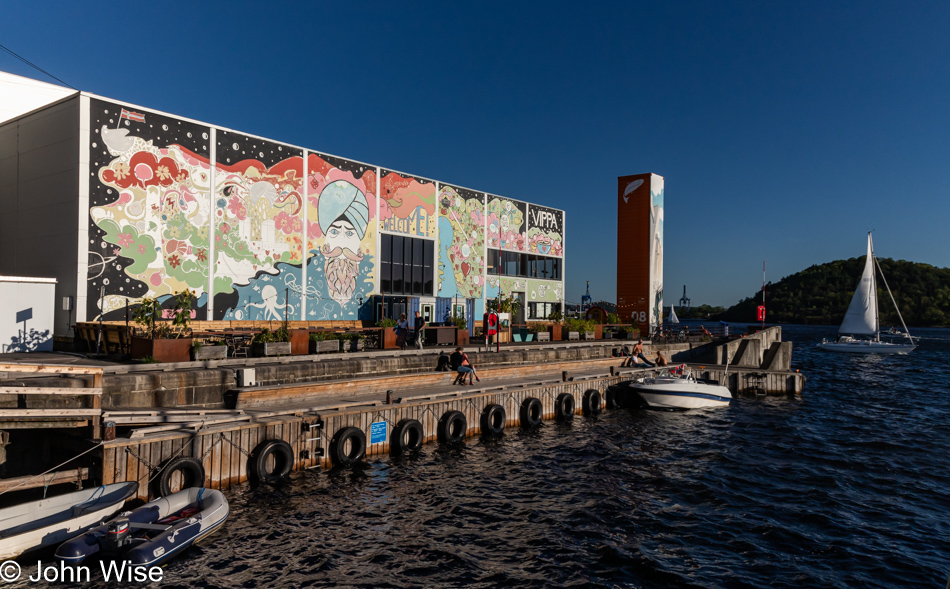
Strolling was the proper word to describe our walk along the fjord, slow and lingering until we could go no further.
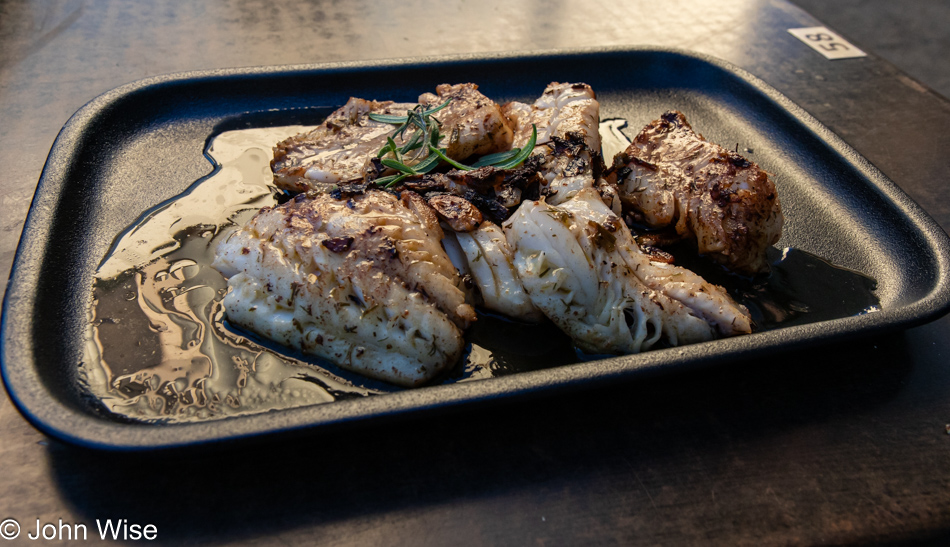
And then, we stumbled into Fenaknoken gourmet grocery store and restaurant, of sorts. We were greeted by one of the gentlemen who was sitting outside with friends, having a bite to eat. That man was Eirik Bræk, the proprietor and amazing chef at this difficult-to-pronounce shop. Initially, he offered us a bunch of the raw fish in the front display, and we explained that this wouldn’t work as we had no means to cook in our hotel room, but if he could offer to prepare something for us, we’d be happy to engage his services. Not knowing any better, we ordered a couple of crab claws, some huge shrimp-like creatures (apparently Norway lobsters), and a few oysters for Caroline and pointed to fish filets in the display. In other words, we ordered too much, and yet…
…the photo of this plate of fish was our second order; it became my dessert. This fish and nothing else is what we should have stuffed ourselves with as it is an uncommon deeper water fish called roughhead grenadier or onion-eyed grenadier. Eirik told us this was an unpopular fish due to its monstrous appearance. No matter what this fish looked like alive, it was one of the best-tasting fish I’ve ever enjoyed. Our gracious host insisted that the magic ingredient was the butter from his hometown of Kviteseid in the Telemark region about 100 miles southwest of Oslo.

But we need to back up to the tour of Fenaknoken Eirik gave us. Immediately, I recognized what was hanging in the rafters as I’d read about this Christmas treat while working on our itinerary. Those slabs of meat hanging in the rafters drying are mostly lamb ribs known as Pinnekjøtt. No amount of begging was going to work in our favor to try this dish, but we were invited back during the Christmas holiday to try his immensely popular preparation of the traditional meal of Pinnekjøtt.

Meet Gudbrand Bræk on the left, father to Eirik Bræk on the right. These are the kind of hosts one hopes to meet once in their life; for Caroline and me, this is the second time we’ve been so fortunate. I have to acknowledge Giovanni Scorzo of Andreoli Italian Grocer in Scottsdale, Arizona, as the other person who made an indelible impact on our culinary life, as that man will likely be cooking for God in the afterlife. Today, though, we are the guests of Gudbrand and Eirik, and our smiles couldn’t have been any bigger, bigger even than our appetites.
Food, philosophy, humor, history, health, traditions, and even talk of the future are part of the conversation. These guys are passionate about the experience of meeting with friends and customers who are welcomed with the sincerity of those bringing in family. Over the course of our two-hour visit with the Bræk family, Eirik brought me to the back of the restaurant, where he shared a door off its hinges that is awaiting a place in some future setup that a number of noted people have signed over the years, including the signature of former CTO of Microsoft Nathan Myhrvold who is also the author of Modernist Cuisine and a fan of Eirik’s cooking. Before leaving, Gudbrand brought us over to another corner of the restaurant where he pointed to a photo of himself back when he was in the Norwegian Counterintelligence Office, handcuffed to Norway’s most famous spy named Arne Treholt, that he helped bring in.
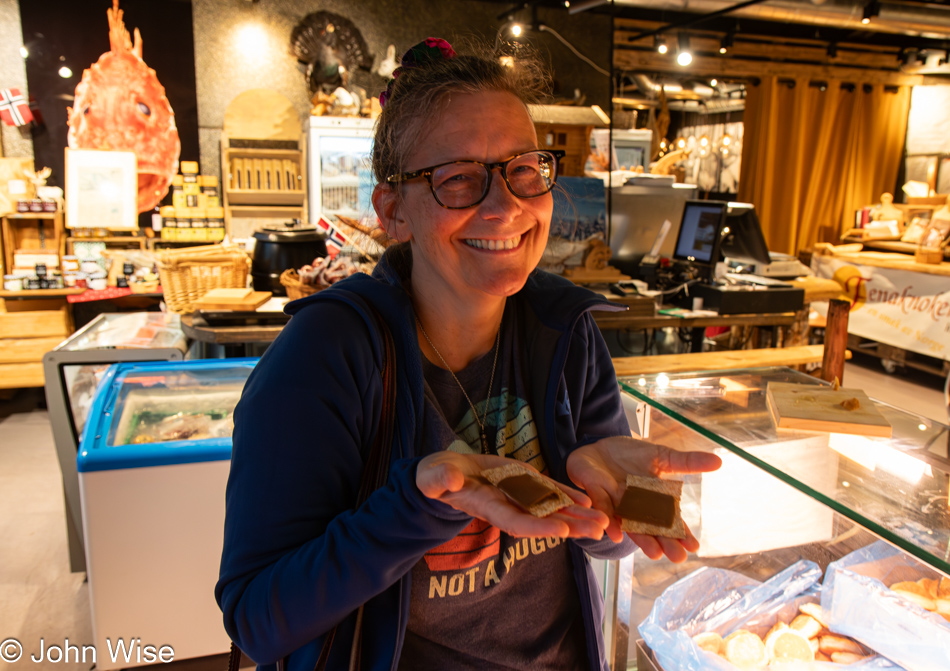
After eating far too much, it was time for the proverbial thin mint that arrived in the form of Brunost on crispbreads. If we understood Eirik correctly, this is his homemade version of the popular Norwegian treat that is made with cow’s cream and/or milk and a bit of goat’s milk. The mixture is slowly simmered for a good long time to remove the water, leaving a delicious caramel-like cheese that we are experiencing for the first time courtesy of our hosts.
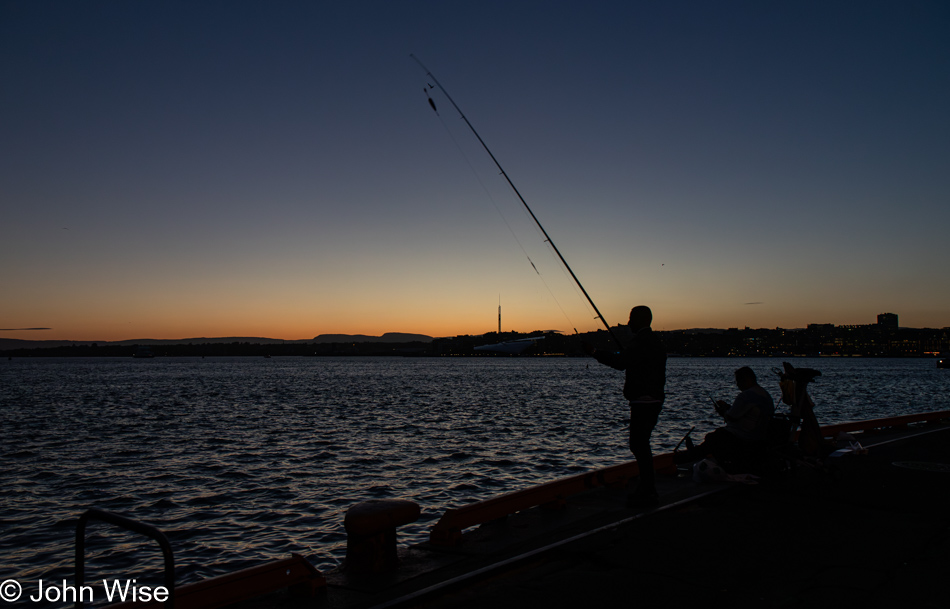
Less than half a day in Oslo and the city has changed my mind about the poor expectations of it prior to leaving the States. I admit that we were making a stop here reluctantly and mainly for a couple of reasons. First, there was nowhere prior to this point in our Scandinavian excursion to do laundry. I couldn’t find any laundromats in Sweden or Norway except one in Oslo called Cafe Laundromat, which combines laundry machines and dryers with food service. I had made reservations for us at 8:00 pm this evening, but we canceled that reservation earlier today after deciding that we didn’t care about the cleanliness of our clothes and that we’d rather not throw a few hours at such a menial task. The second reason for a stop in Oslo was that the ride from Stockholm to Flåm, Norway, directly was just too long at 12 hours.
My reluctance to visit Oslo stemmed from what I was seeing online about the modern architecture and that I couldn’t find a historic old town district. But even after a brief superficial walk across a small corner of Oslo, I feel that there’s a lot more here than I first gleaned, and now we are hoping to return to Norway (and Oslo) soon.

I tend to forget that Stolpersteine (Stumbling Stones) are found in many countries across Europe, and was surprised to find one here in Oslo. This informal Holocaust Memorial Project places brass-plated stones onto sidewalks to denote the last homes of Jewish victims of the holocaust prior to their deaths.
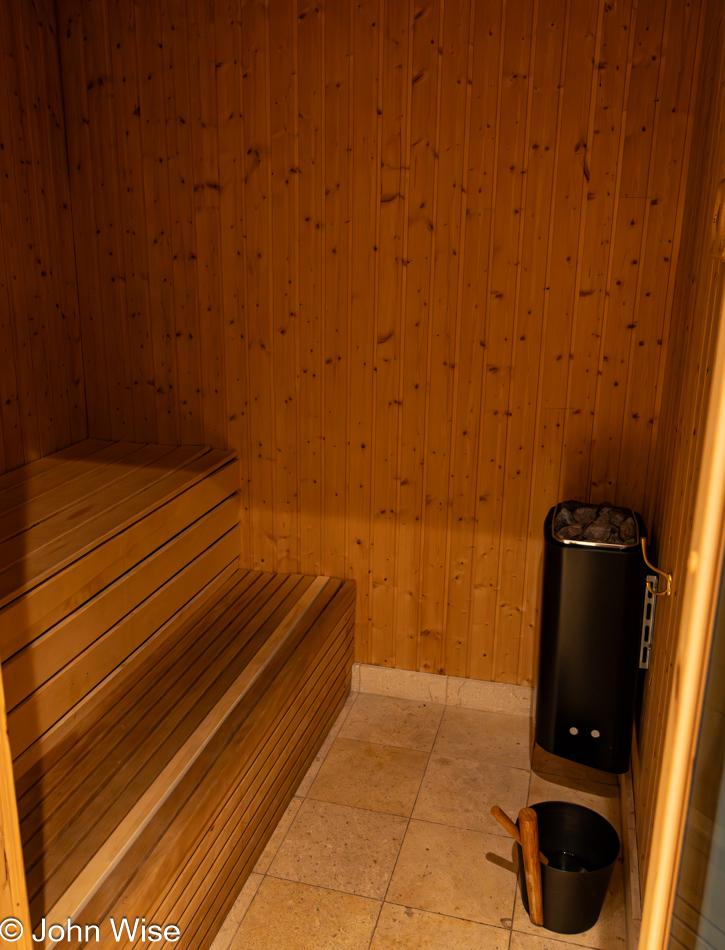
This was not supposed to be our first-ever encounter with a sauna, but we were not going to pass over this opportunity to familiarize ourselves with the process. What good would the upgrade to our room have been if we didn’t take advantage of any of the amenities? The friendly woman who checked us in gave us hands-on lessons, so we had some small idea of what to do and armed with a few minutes of that knowledge, we were going in. Living in Arizona, we know heat, but the humidity that arises after pouring water on the hot stones had us pouring water out of ourselves.
Conclusion about using a sauna? It’s a bit like reading philosophy for the first time where you don’t know if you got out of it what others proclaim, which in turn leaves you feeling unsatisfied, like there’s something wrong with you for not finding instant enlightenment. Good thing we’d have another opportunity to feel like noobs later this week in Flåm, Norway, where we had booked a floating sauna on the fjord.
